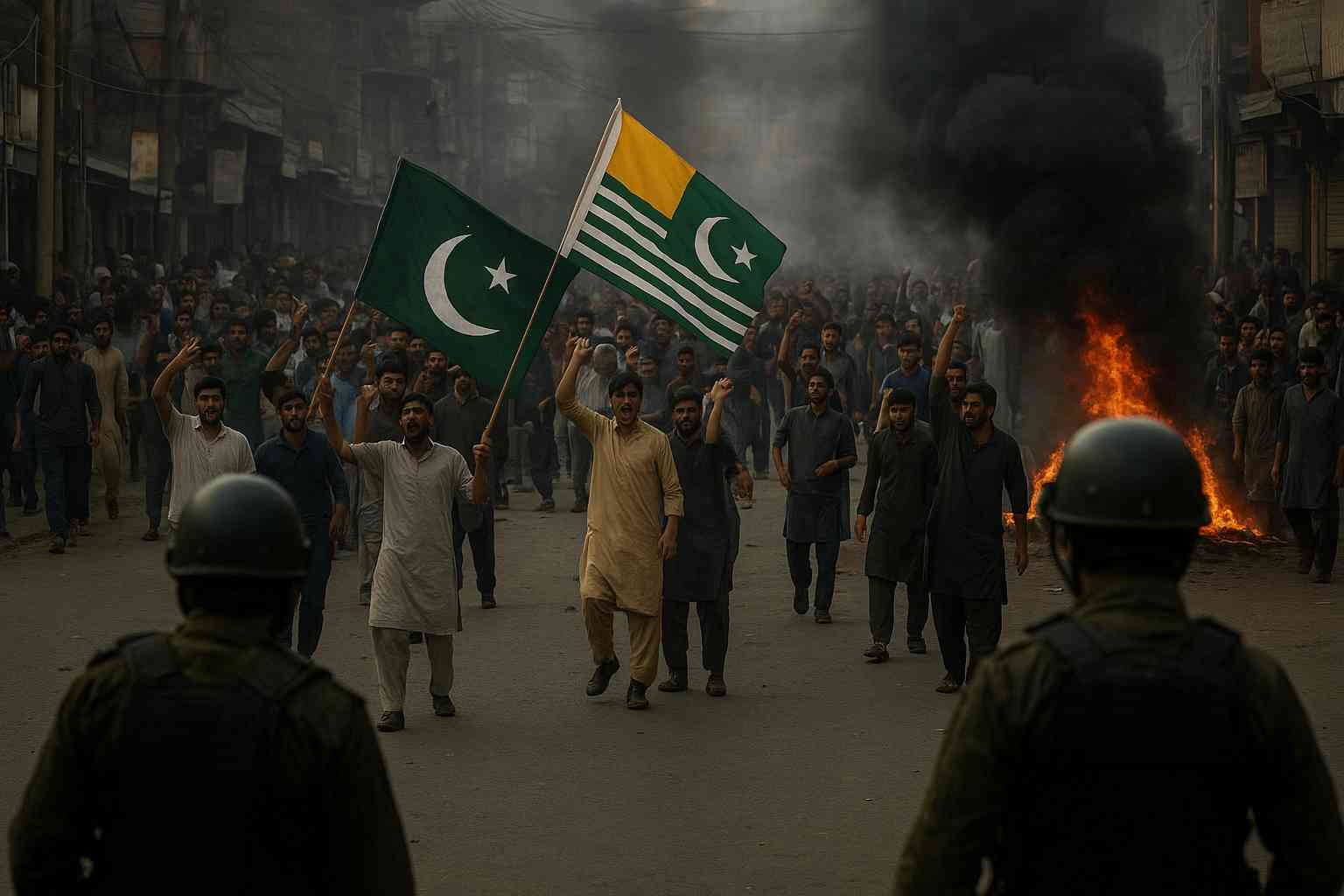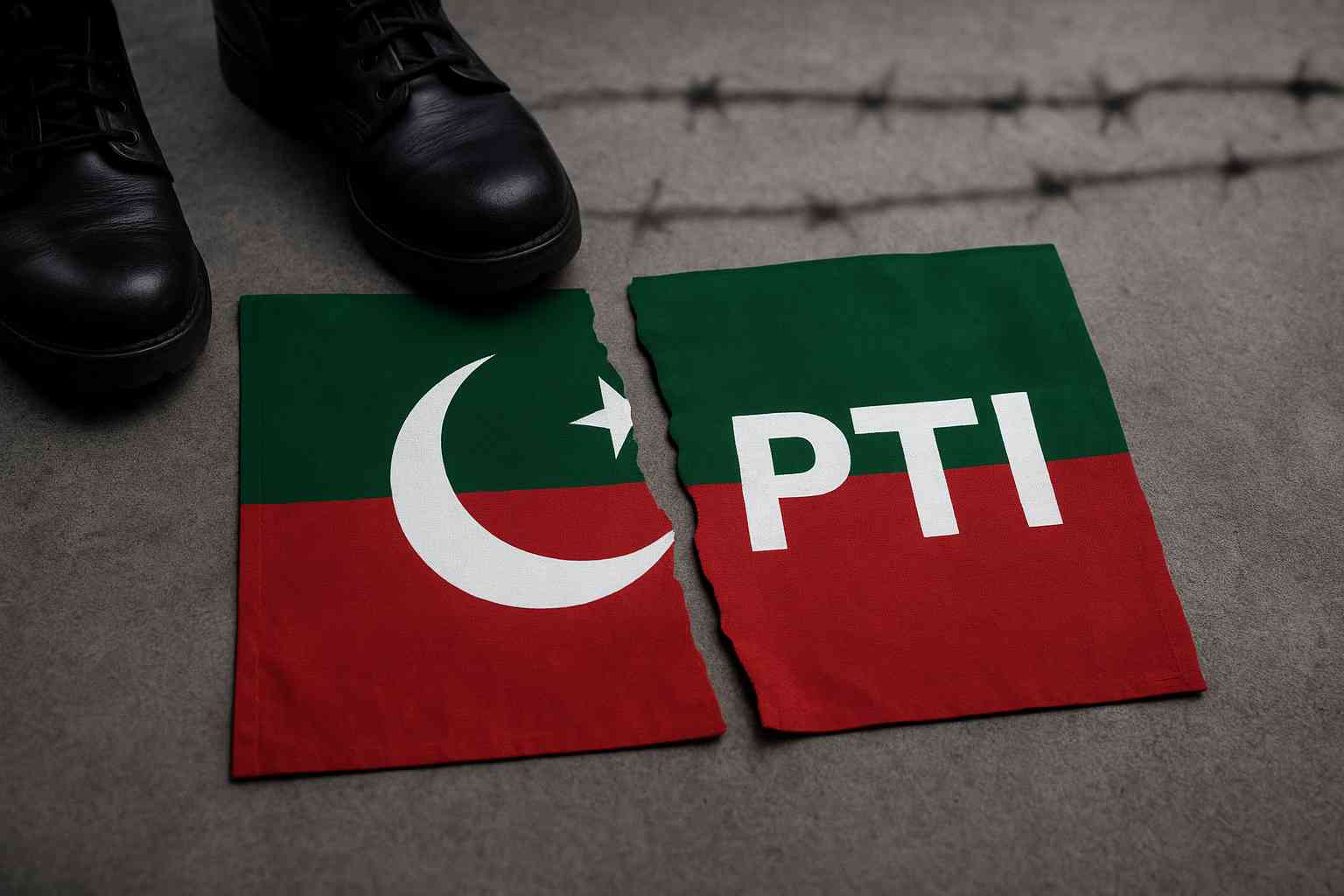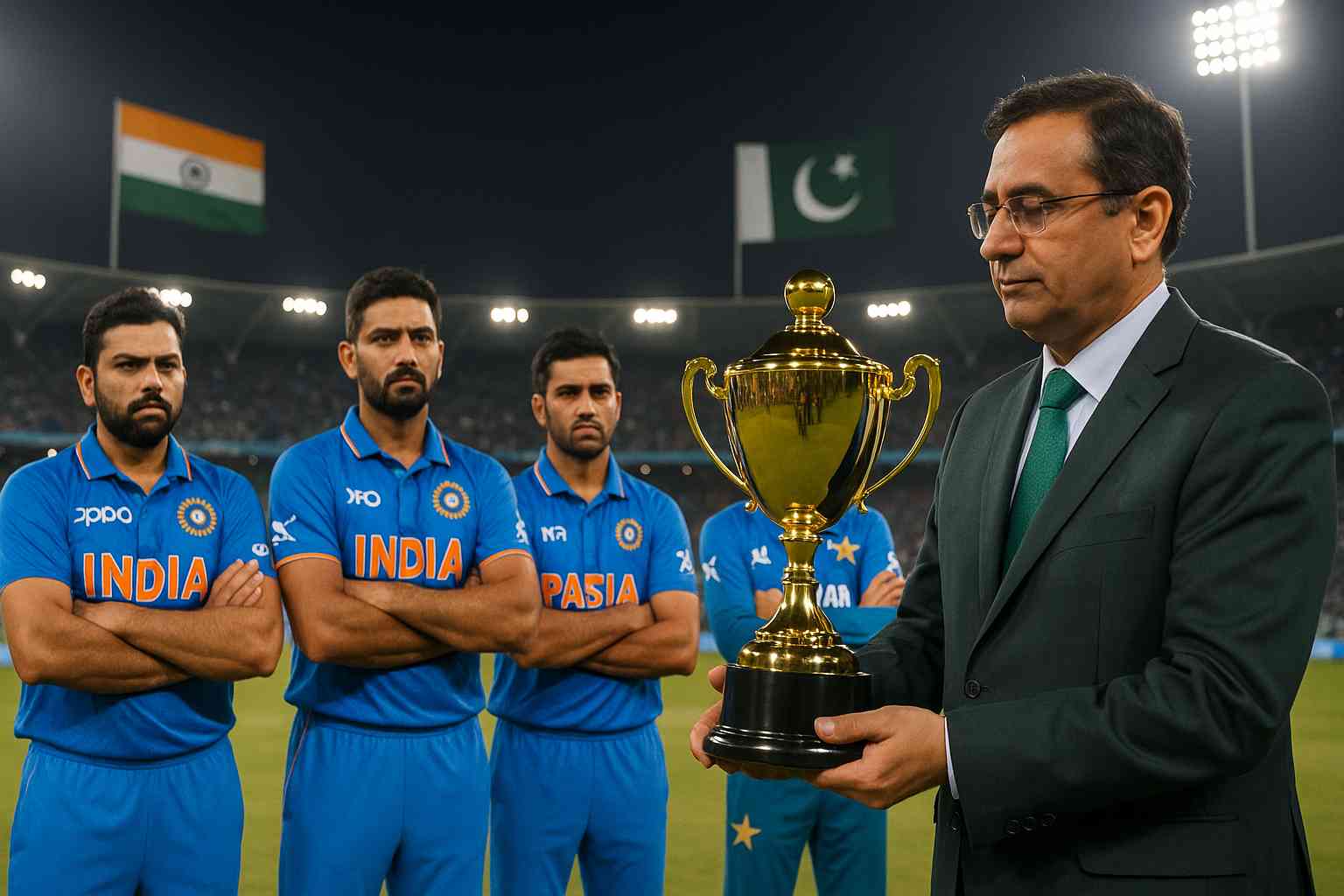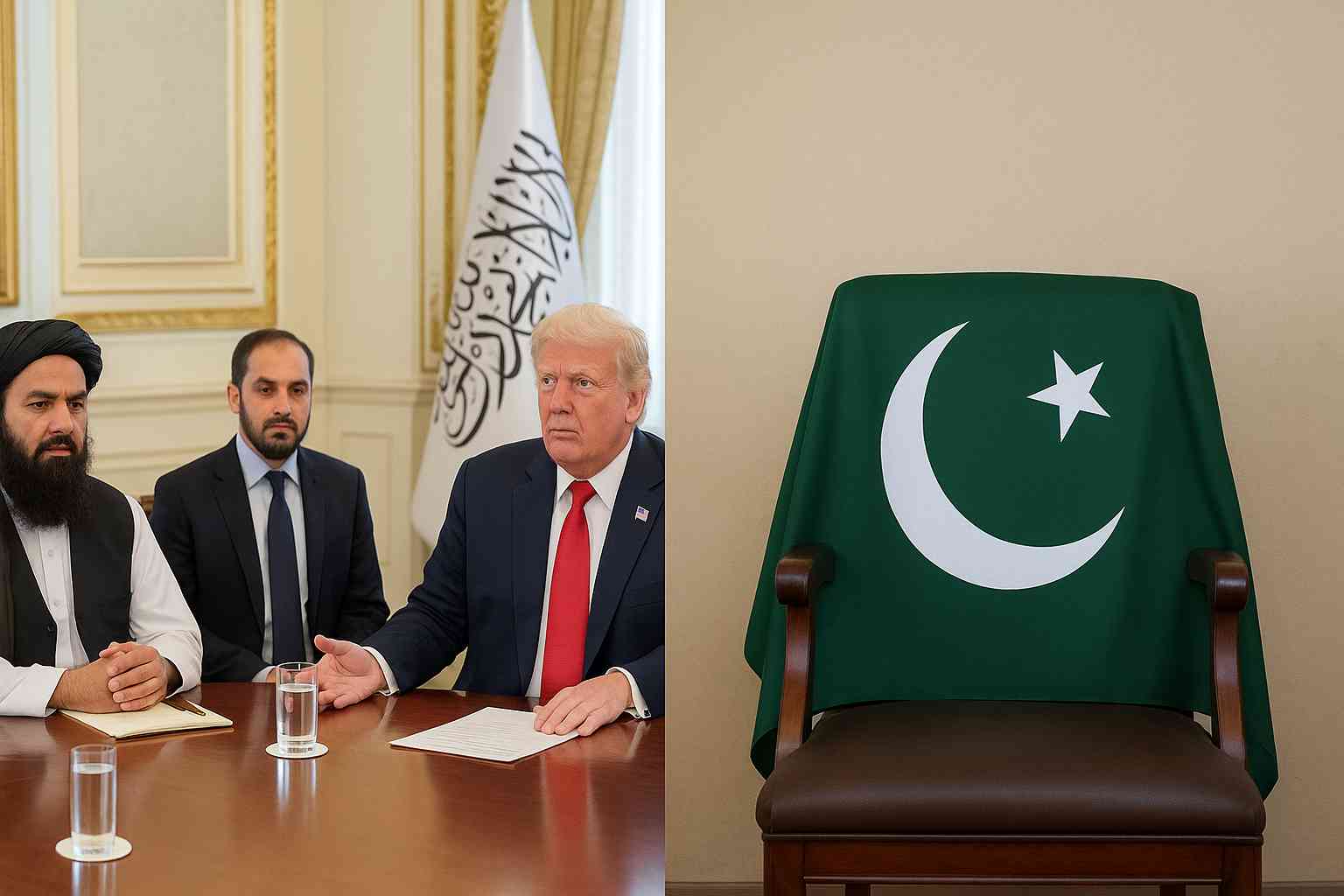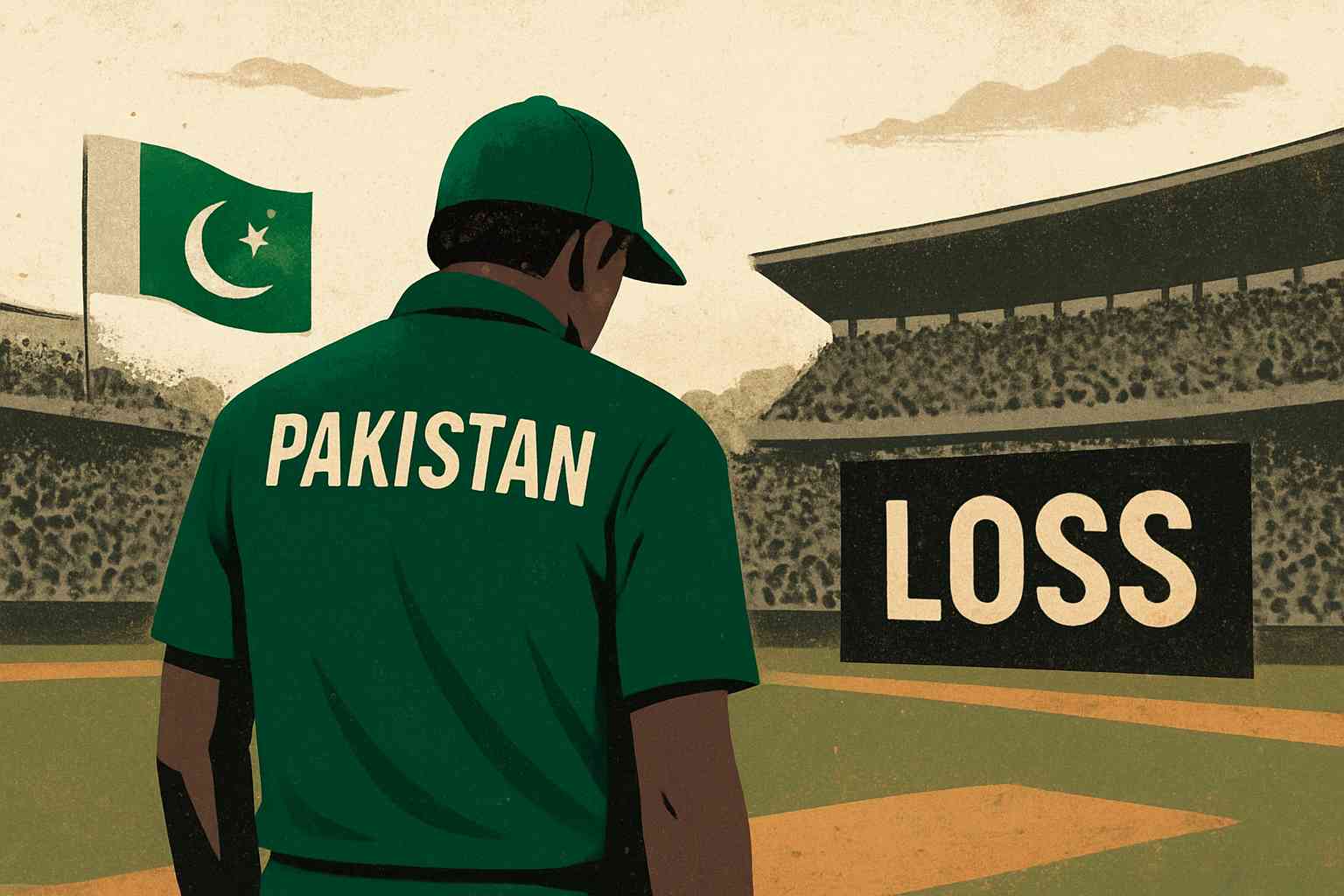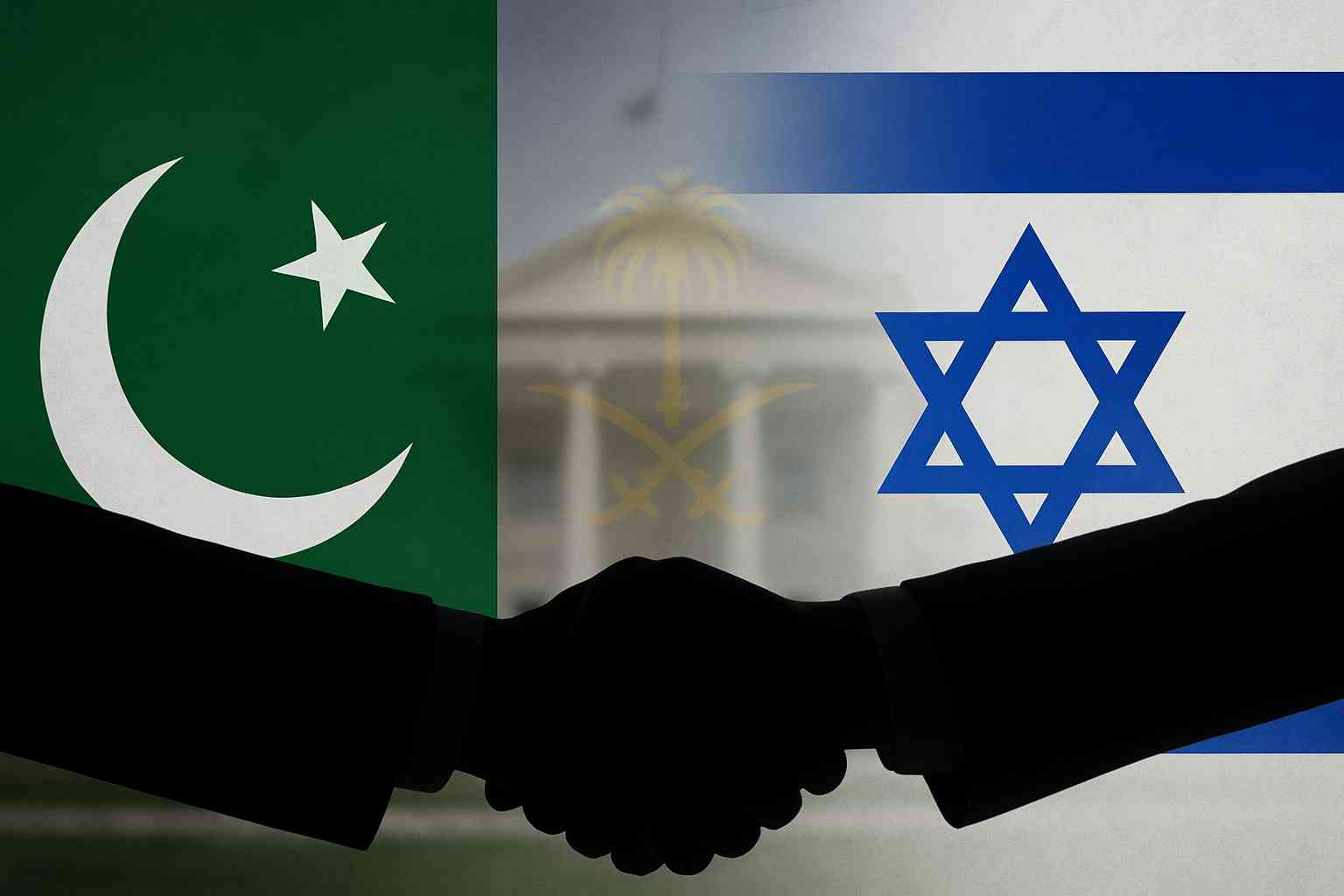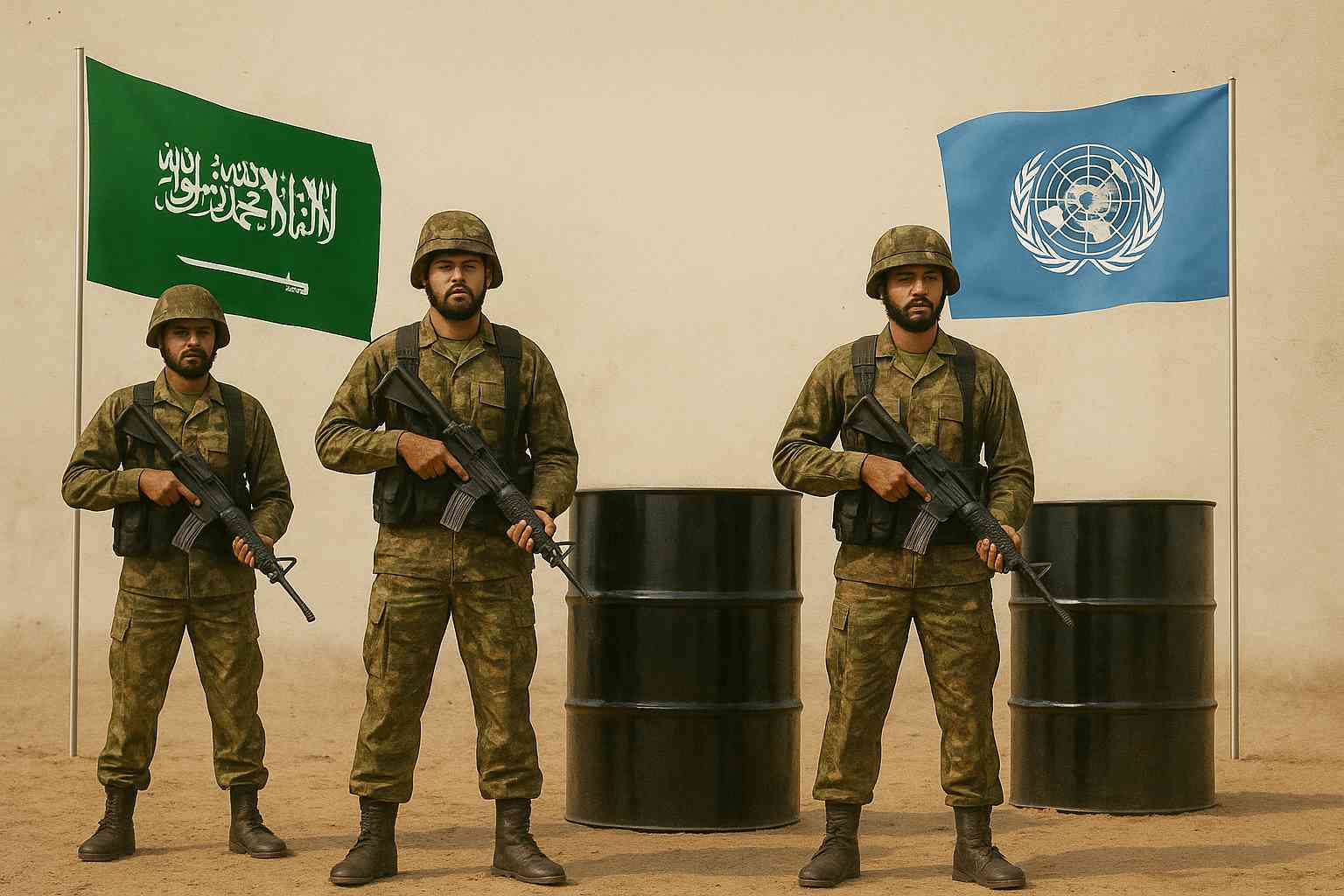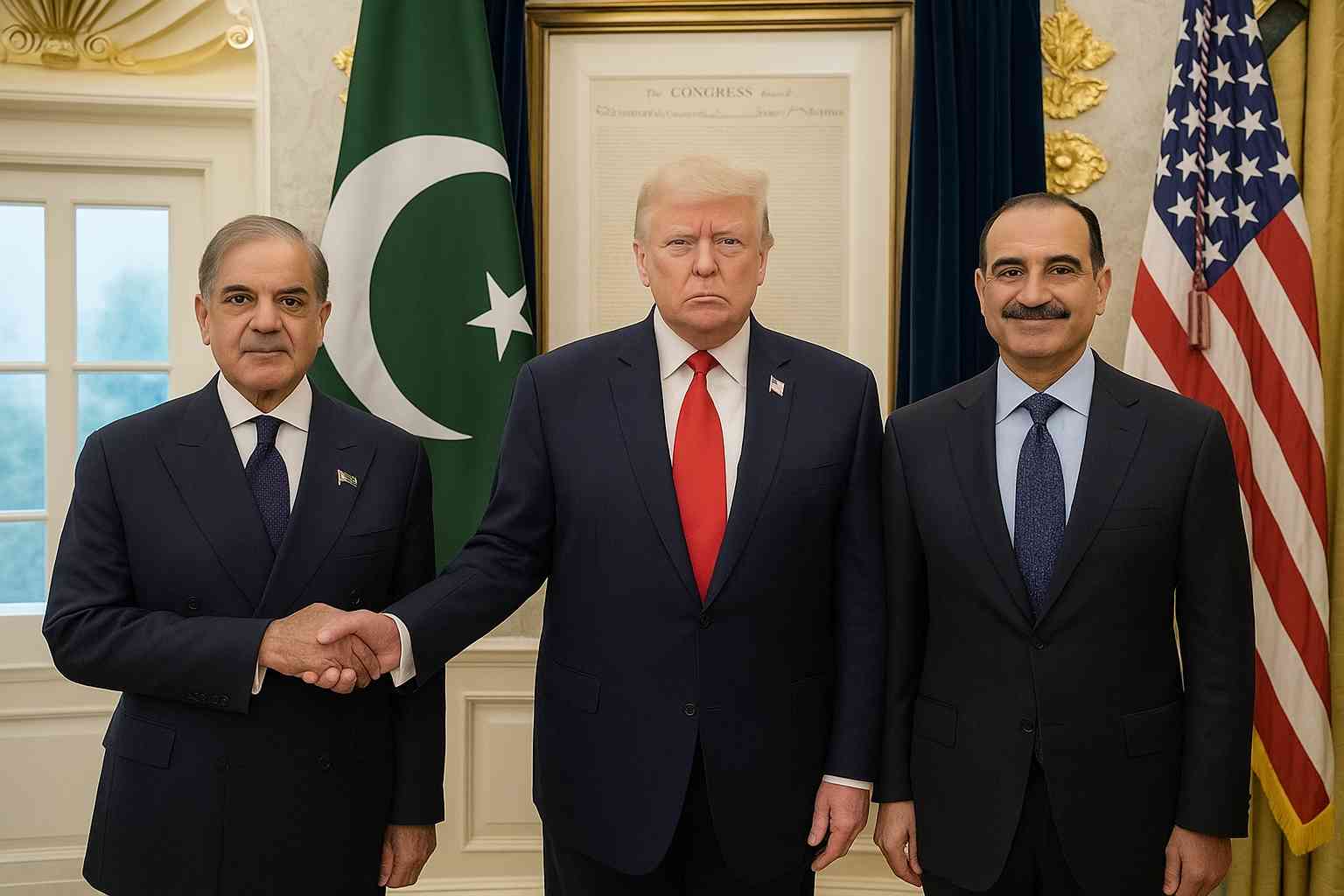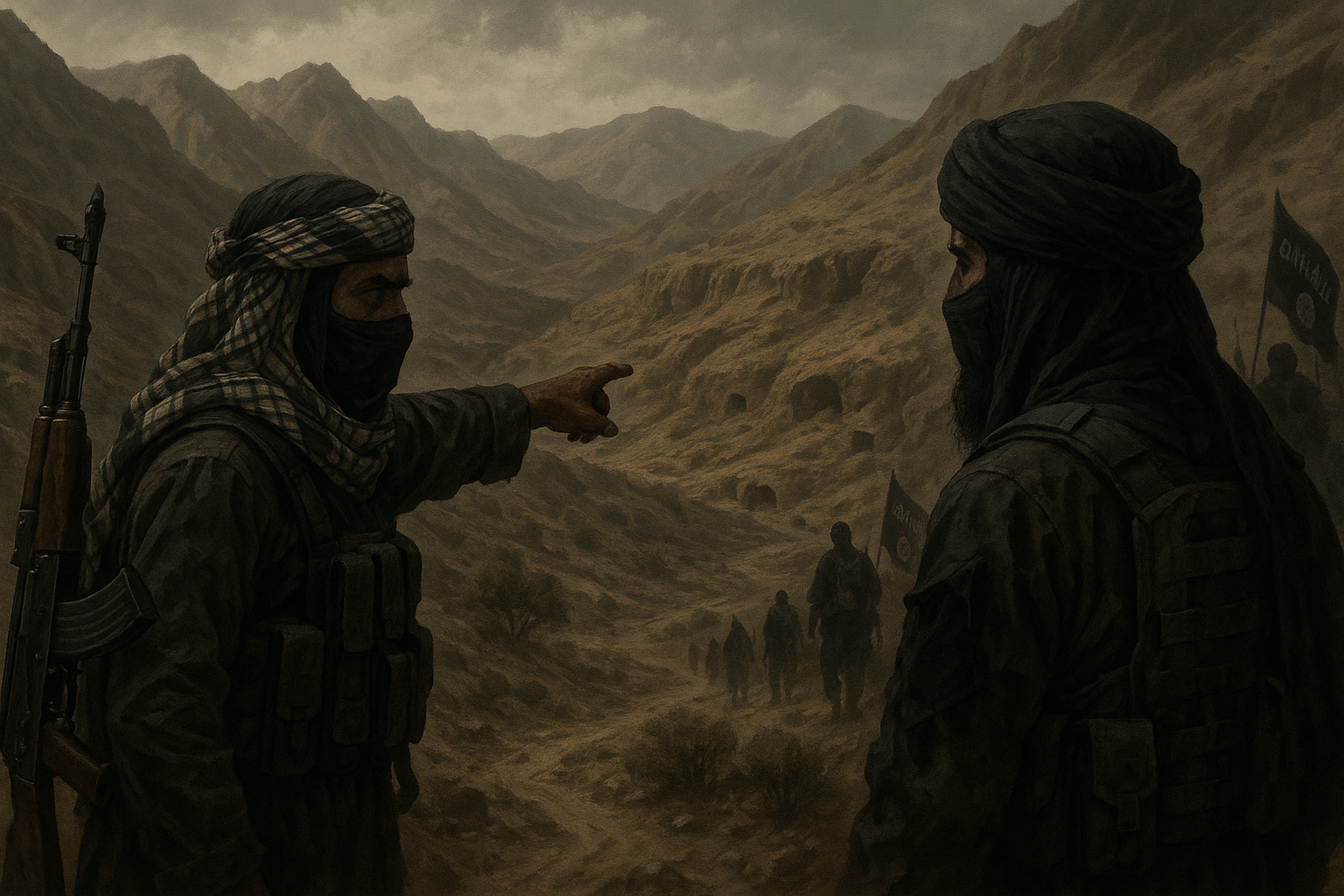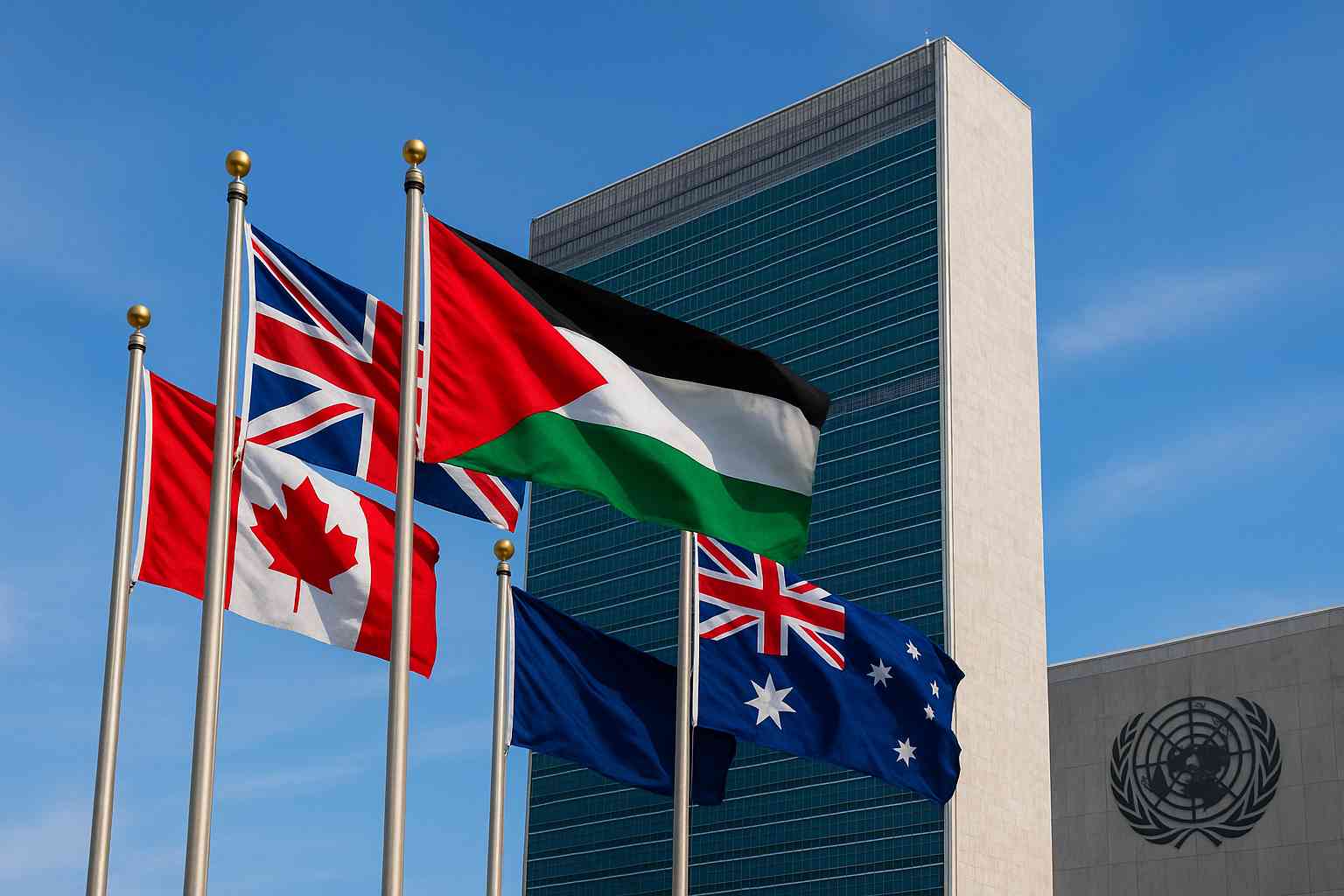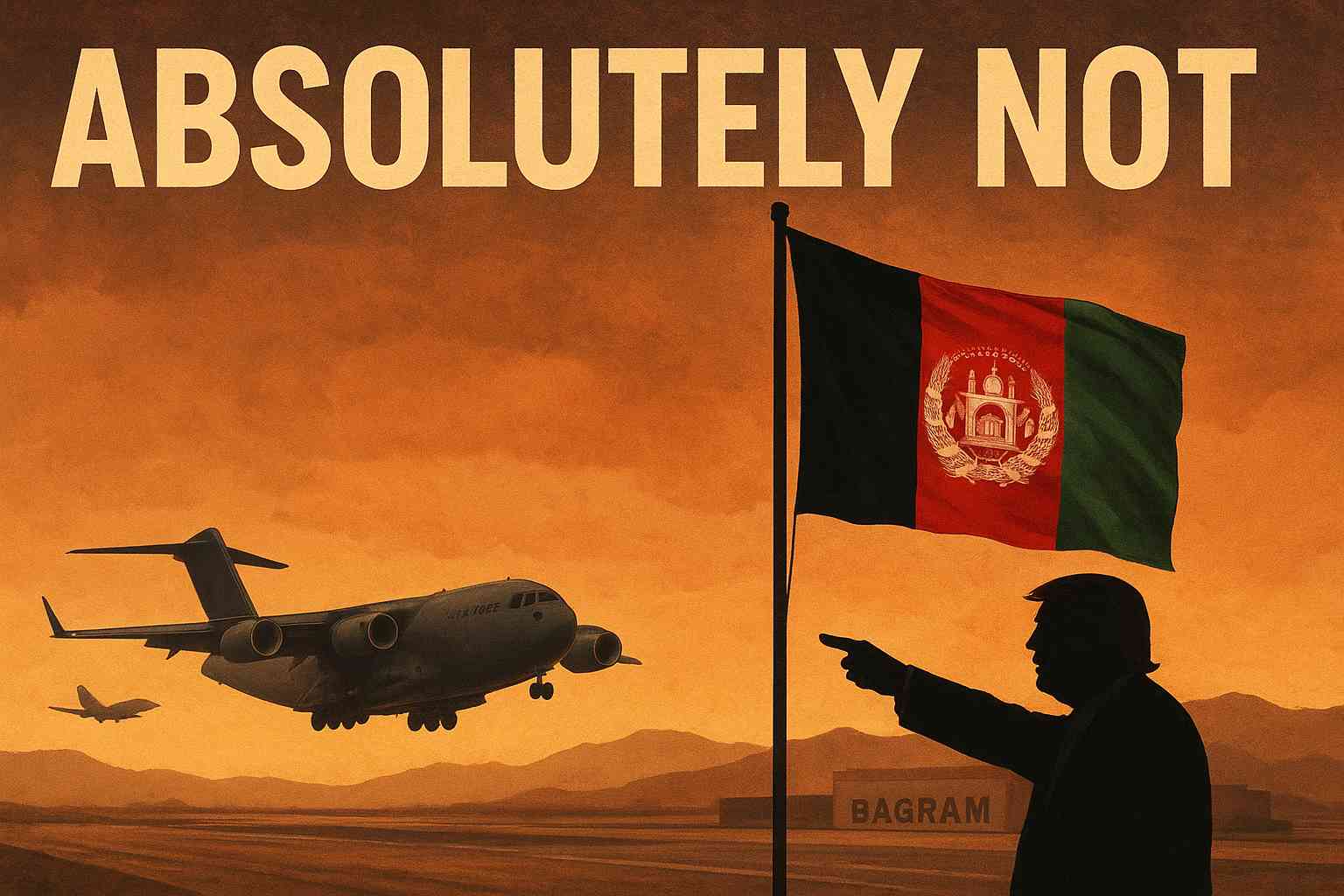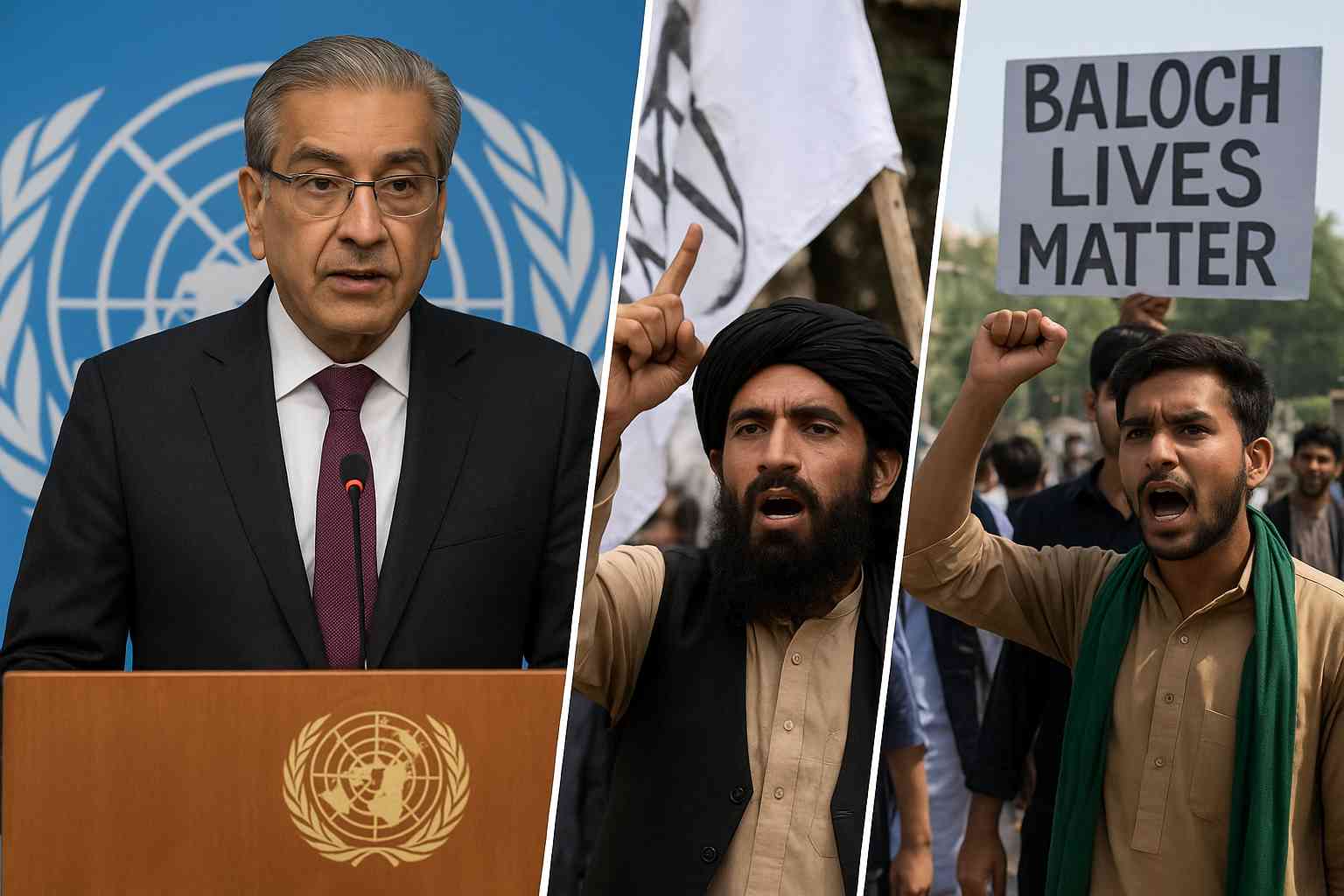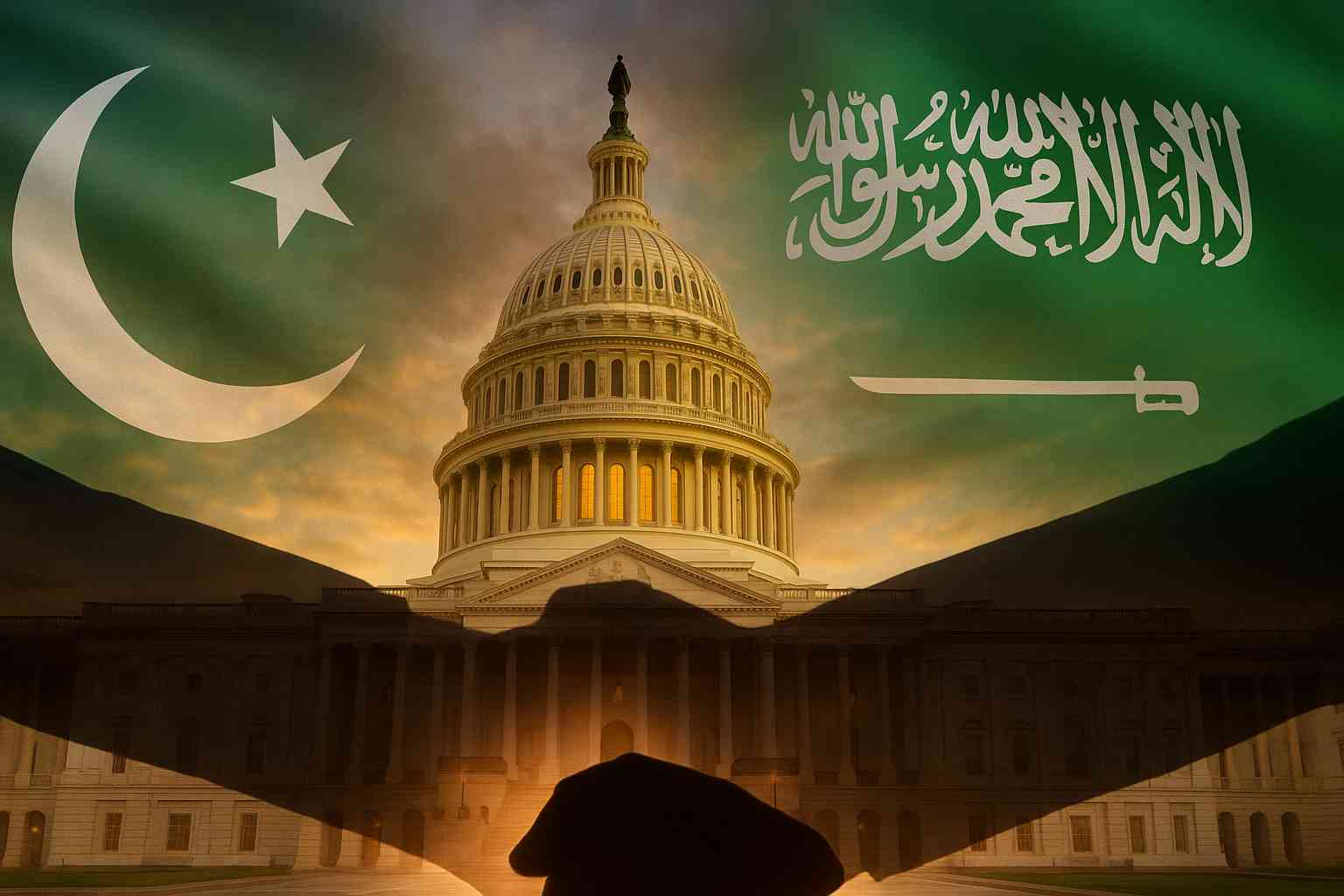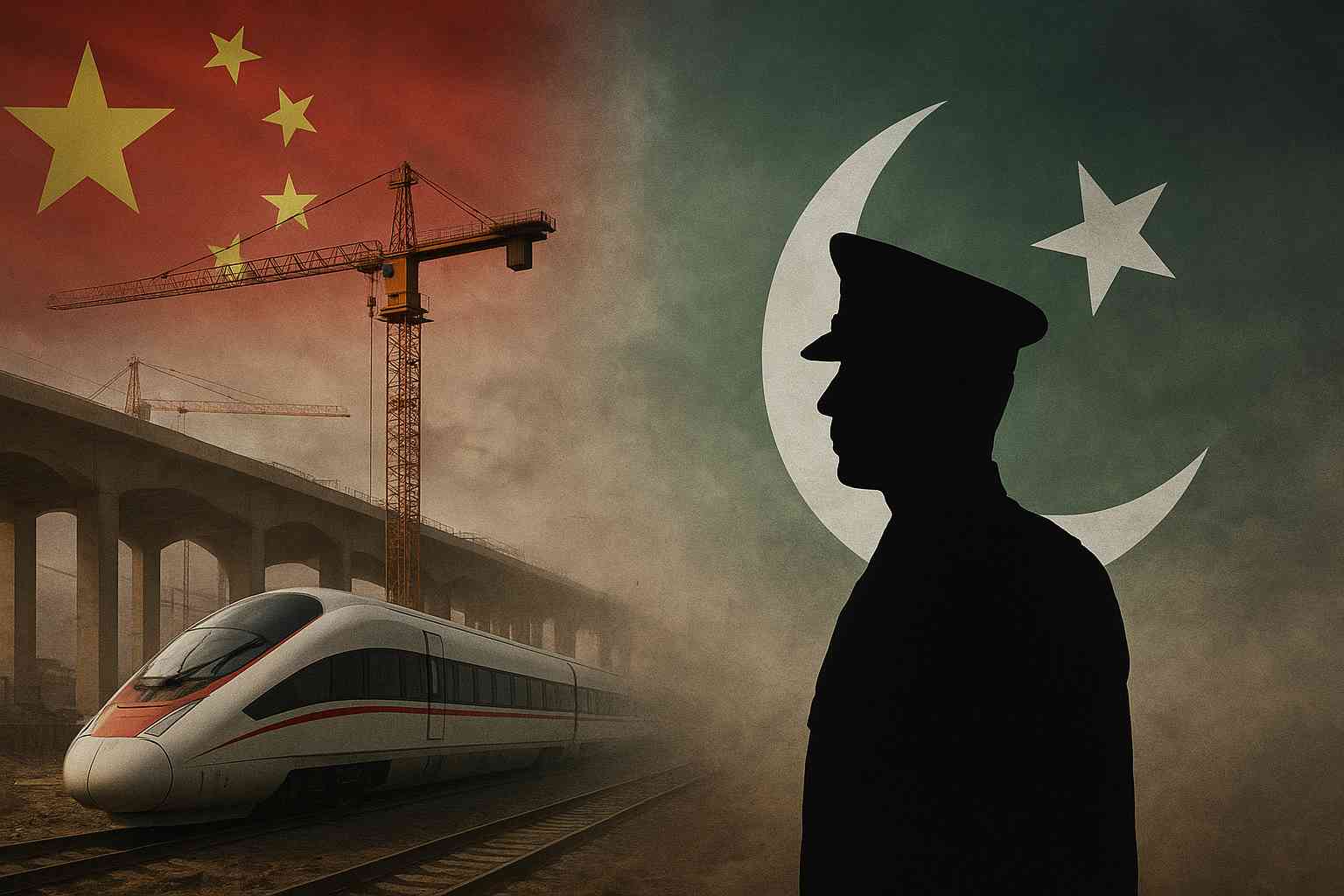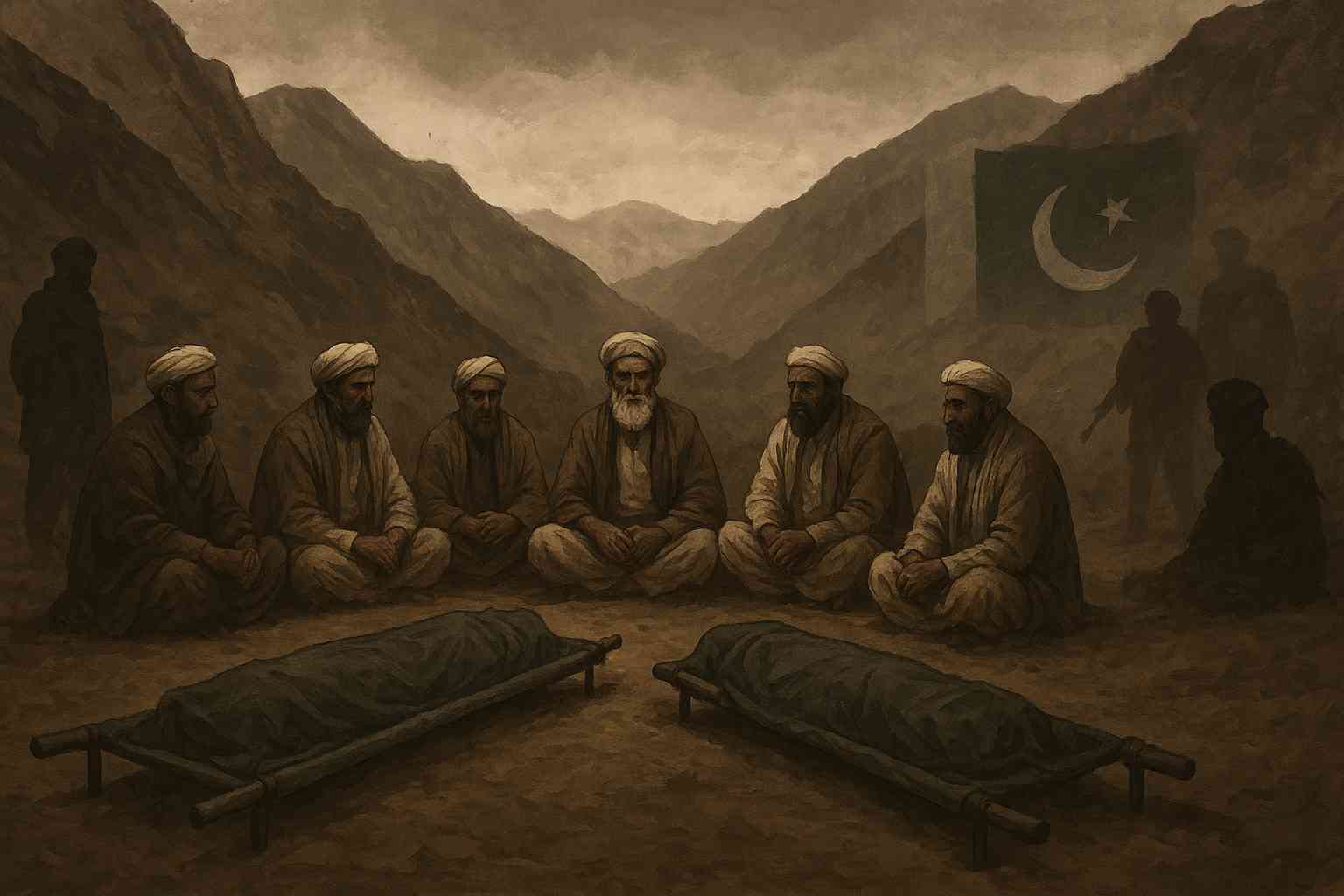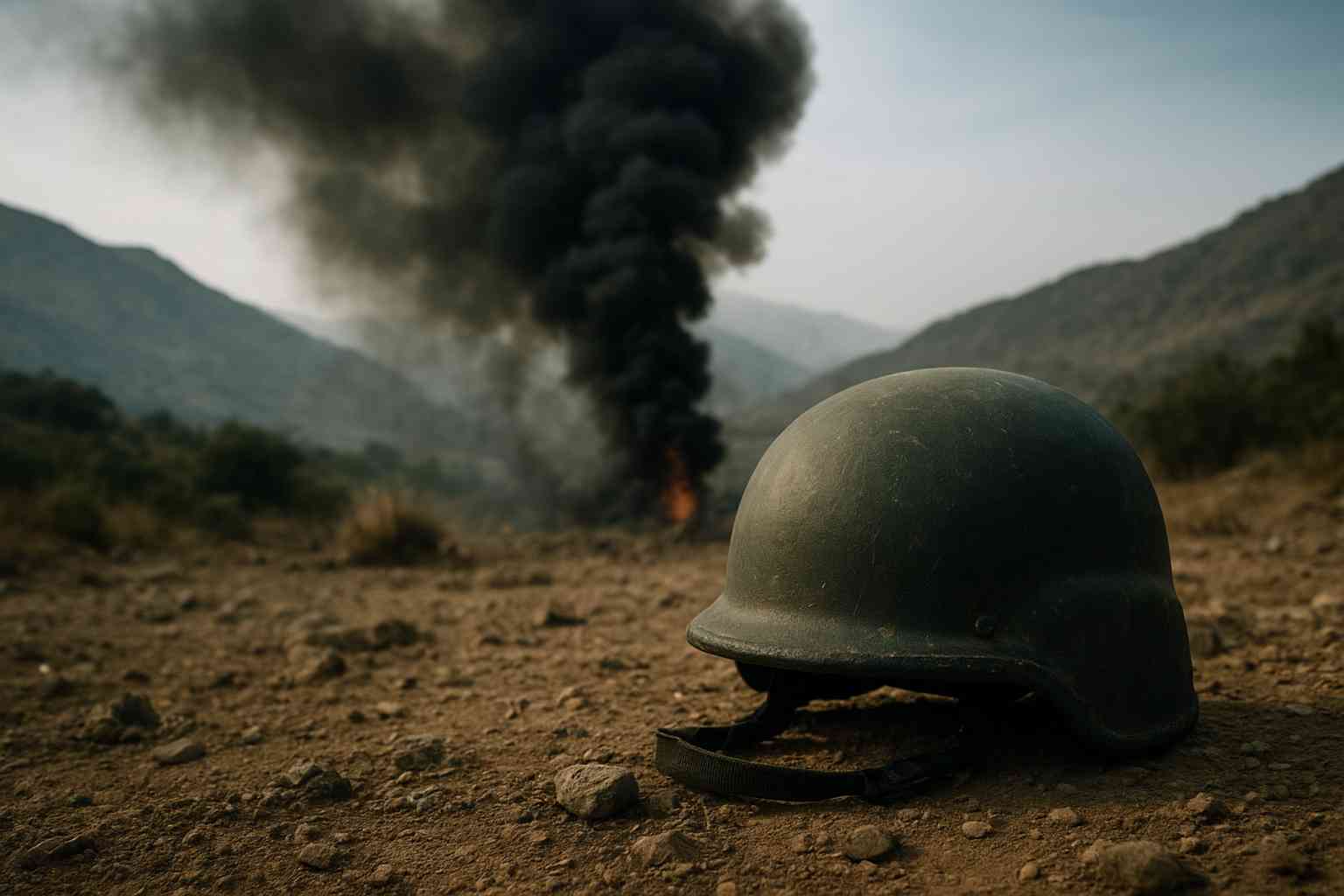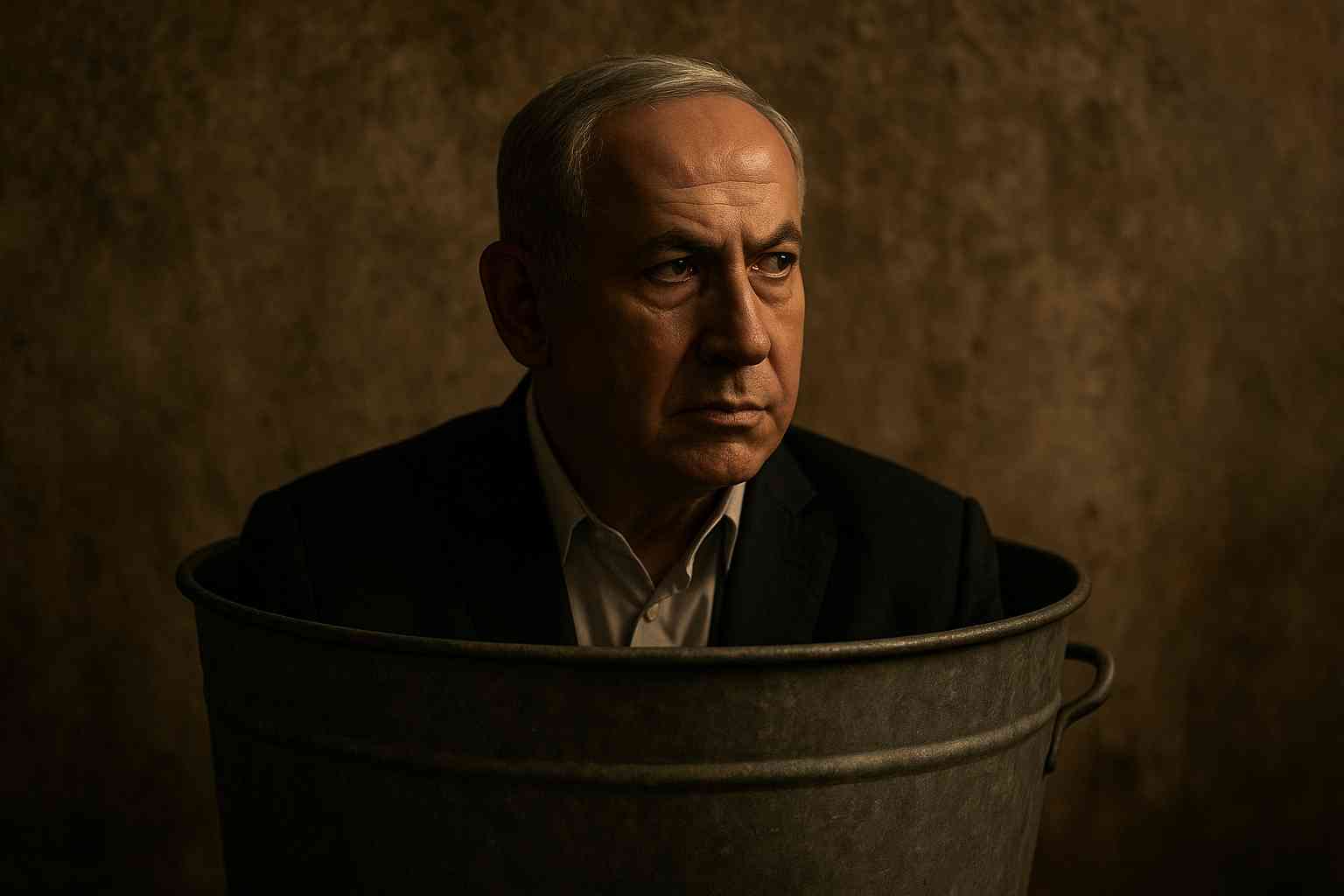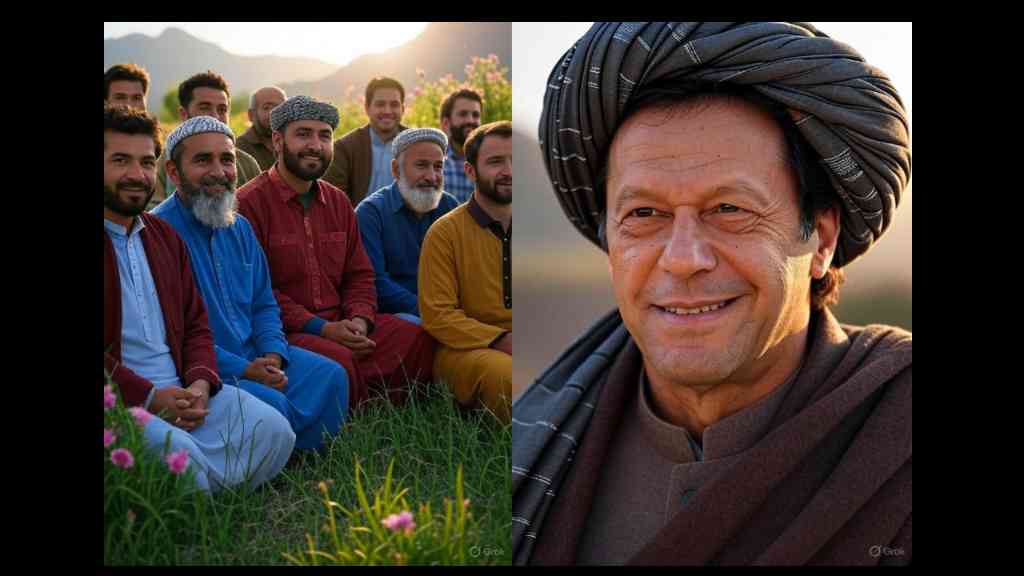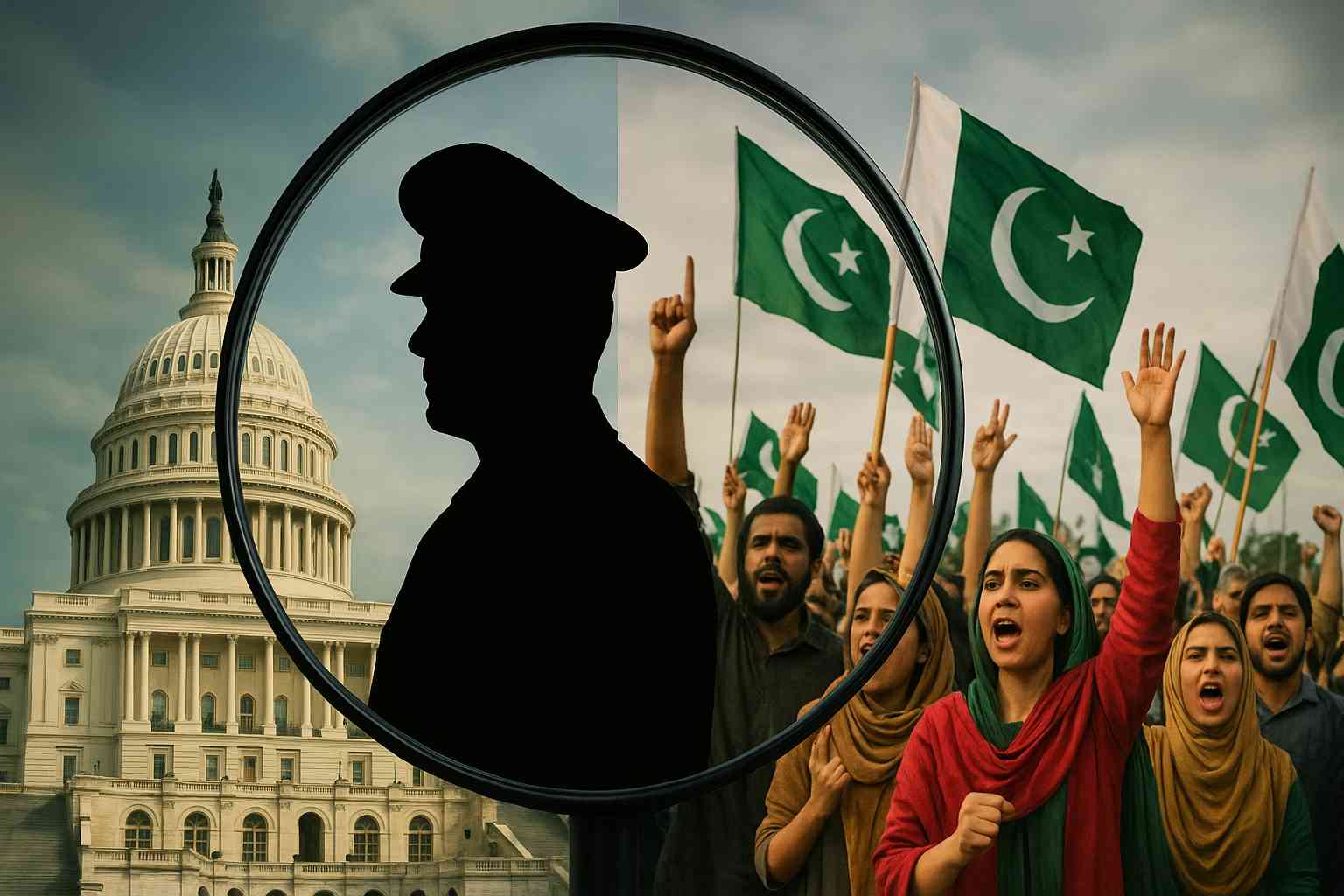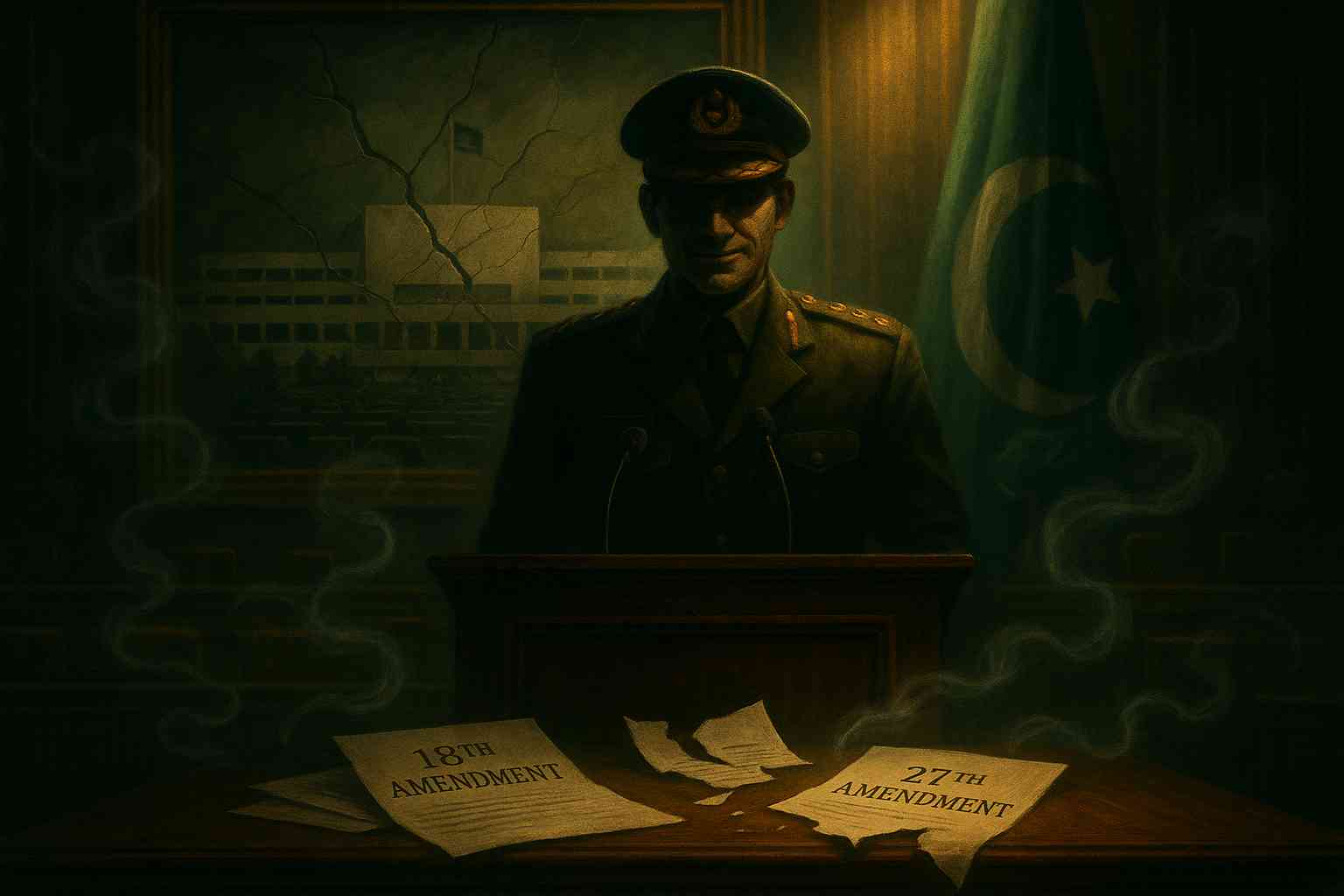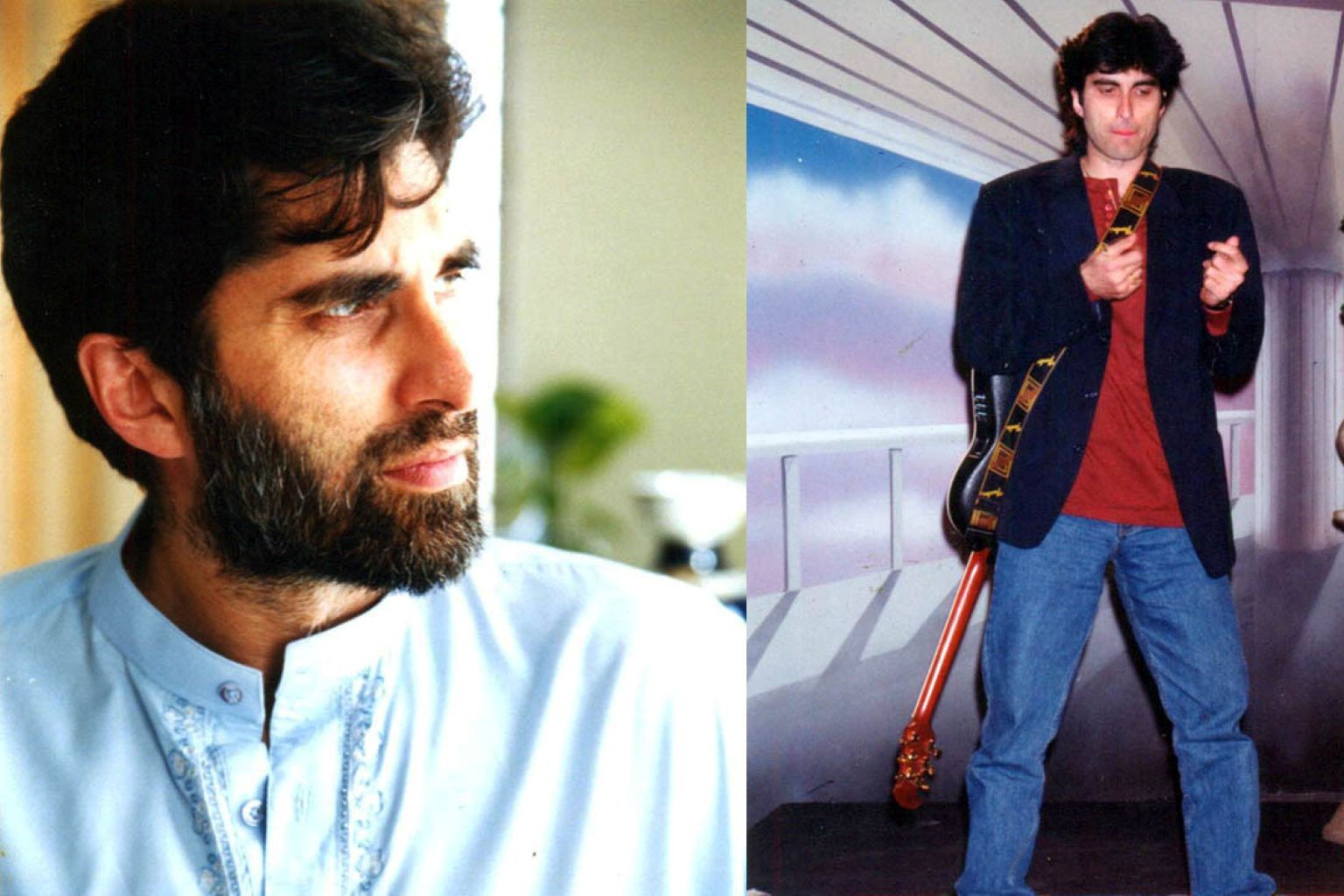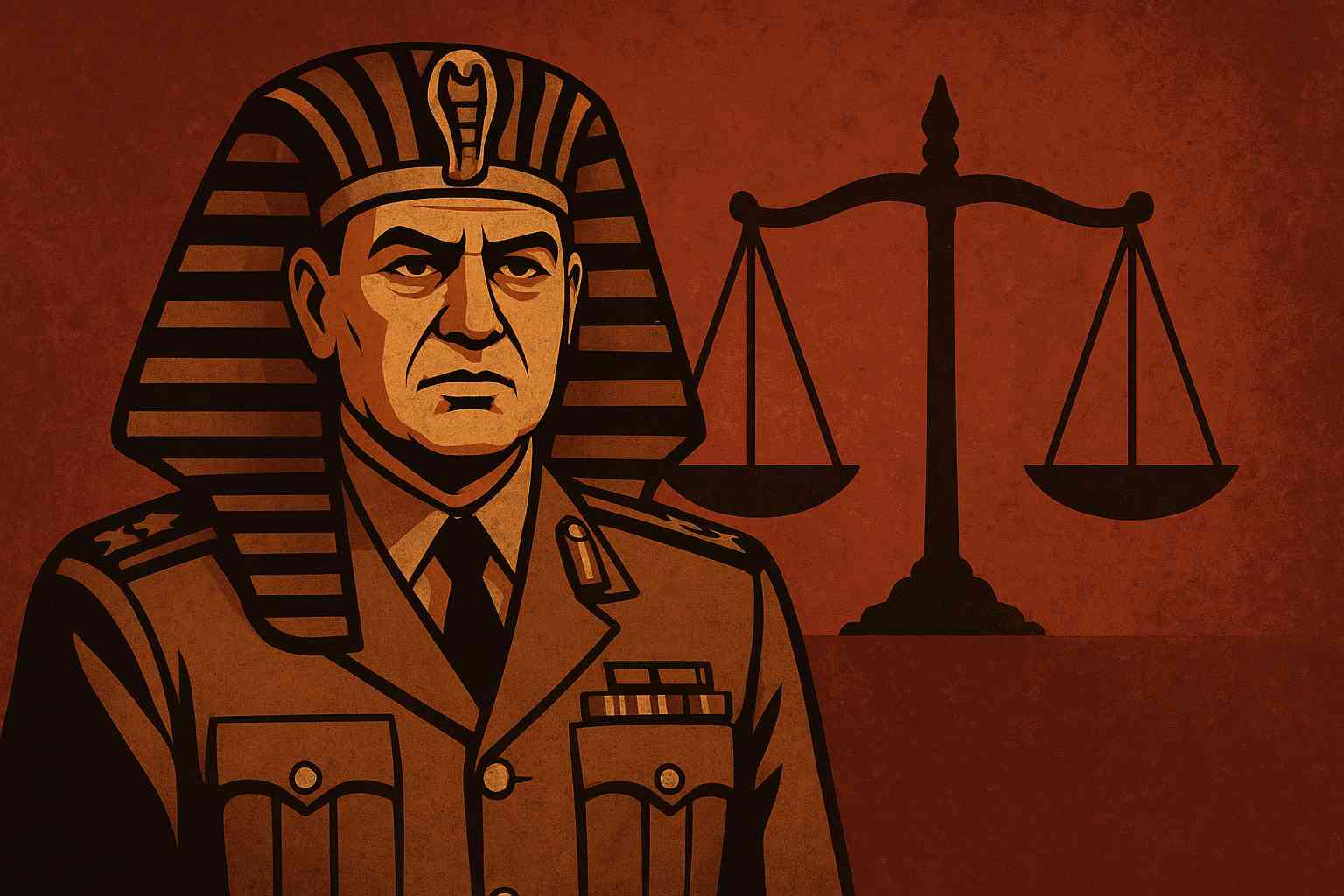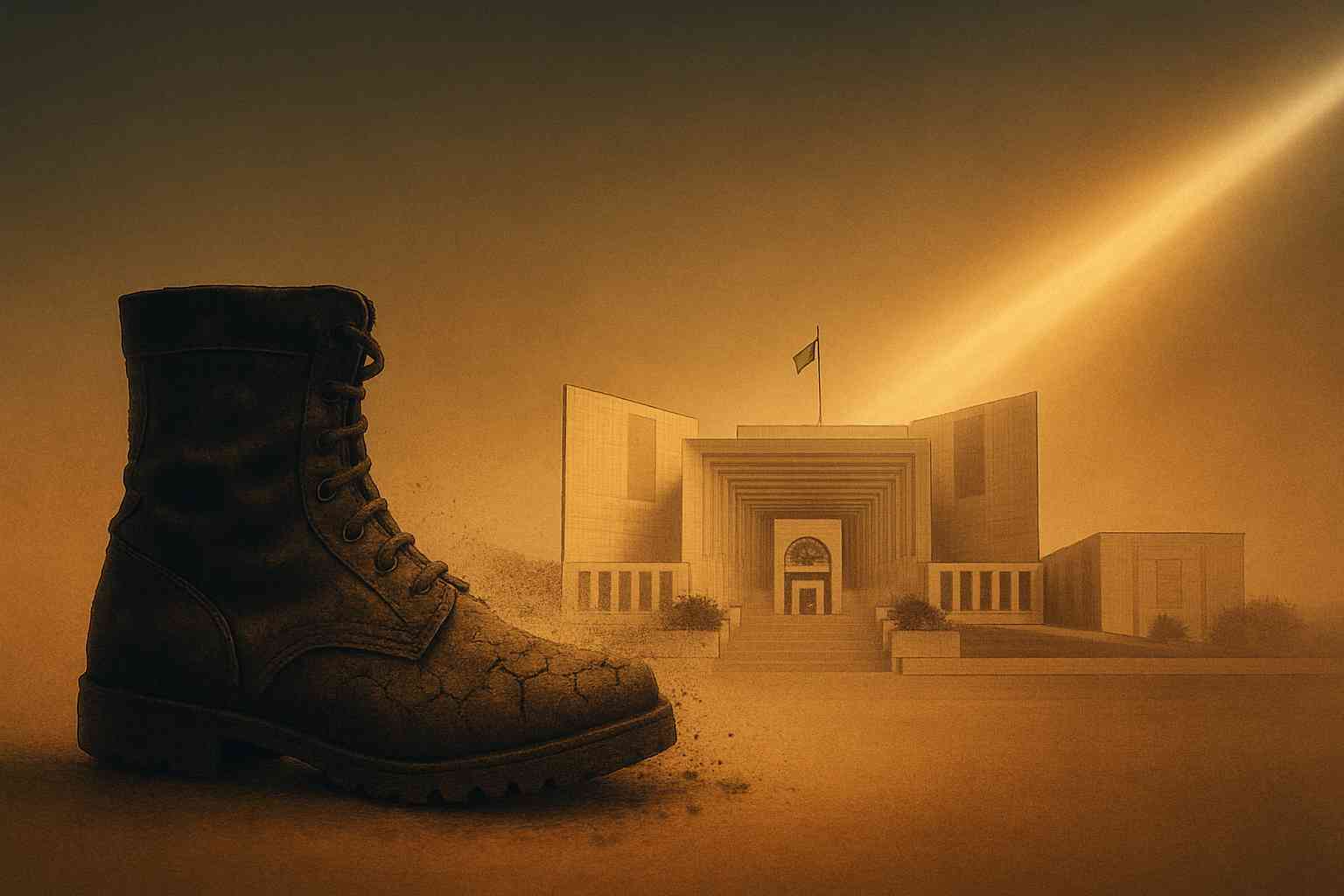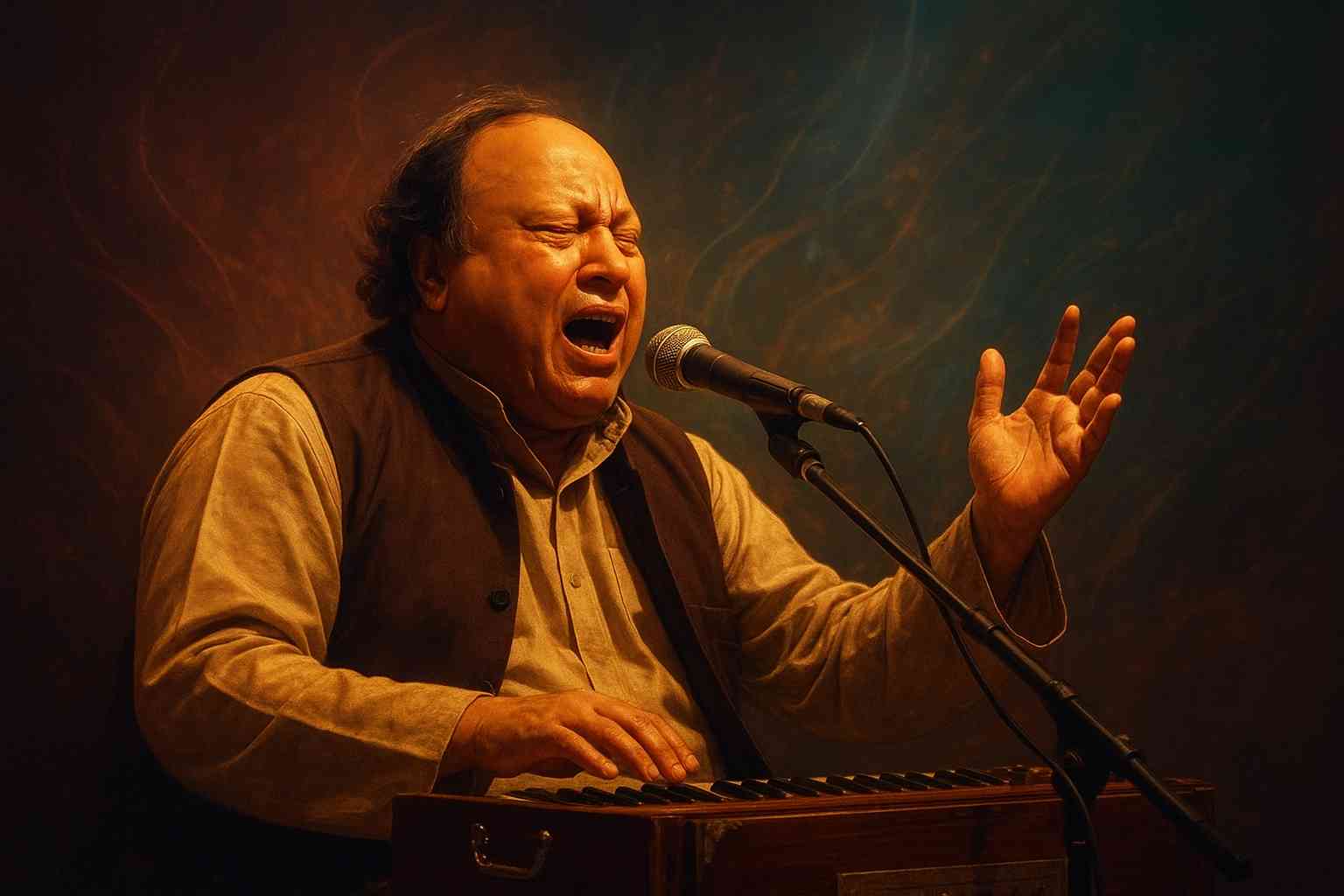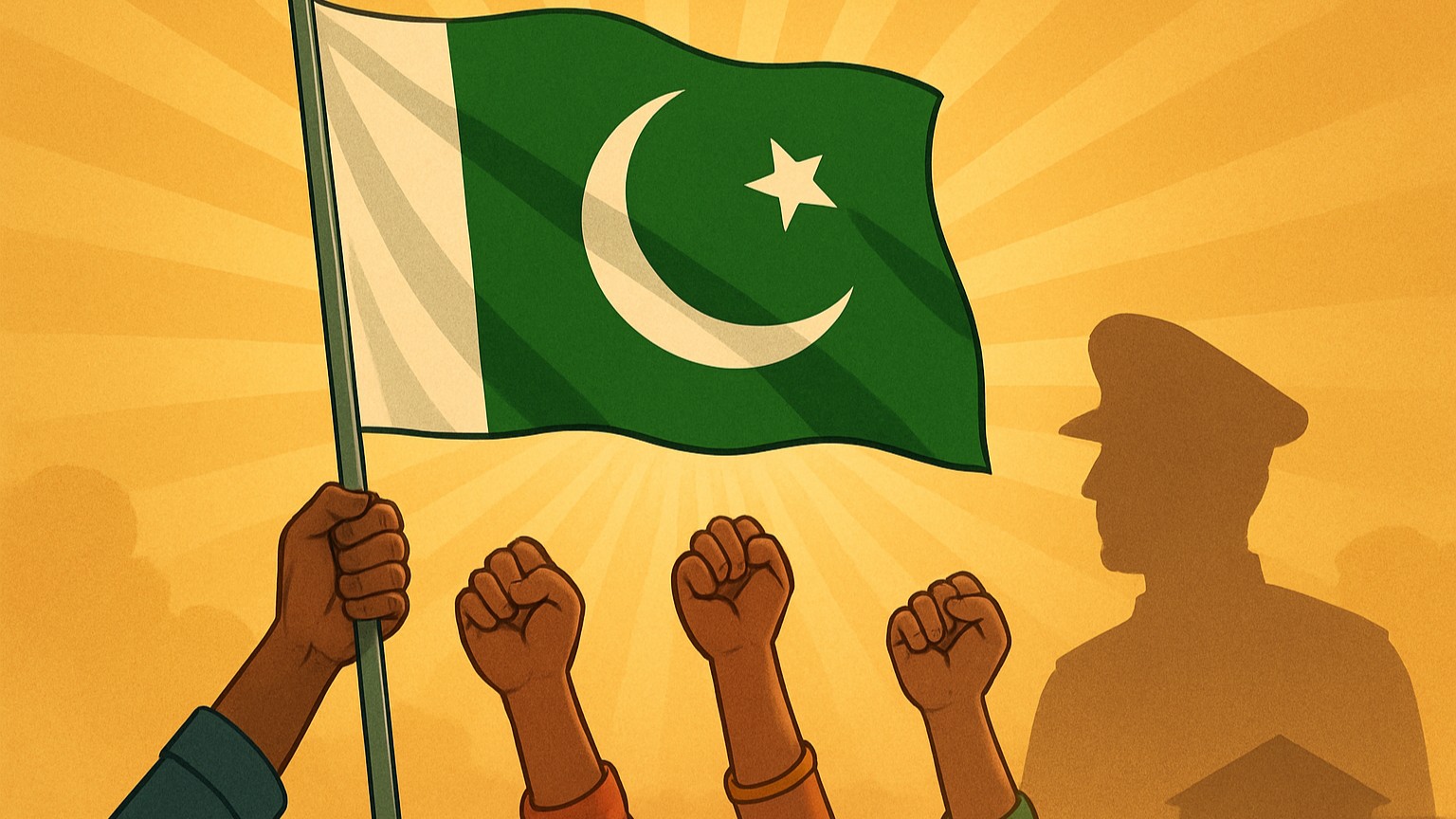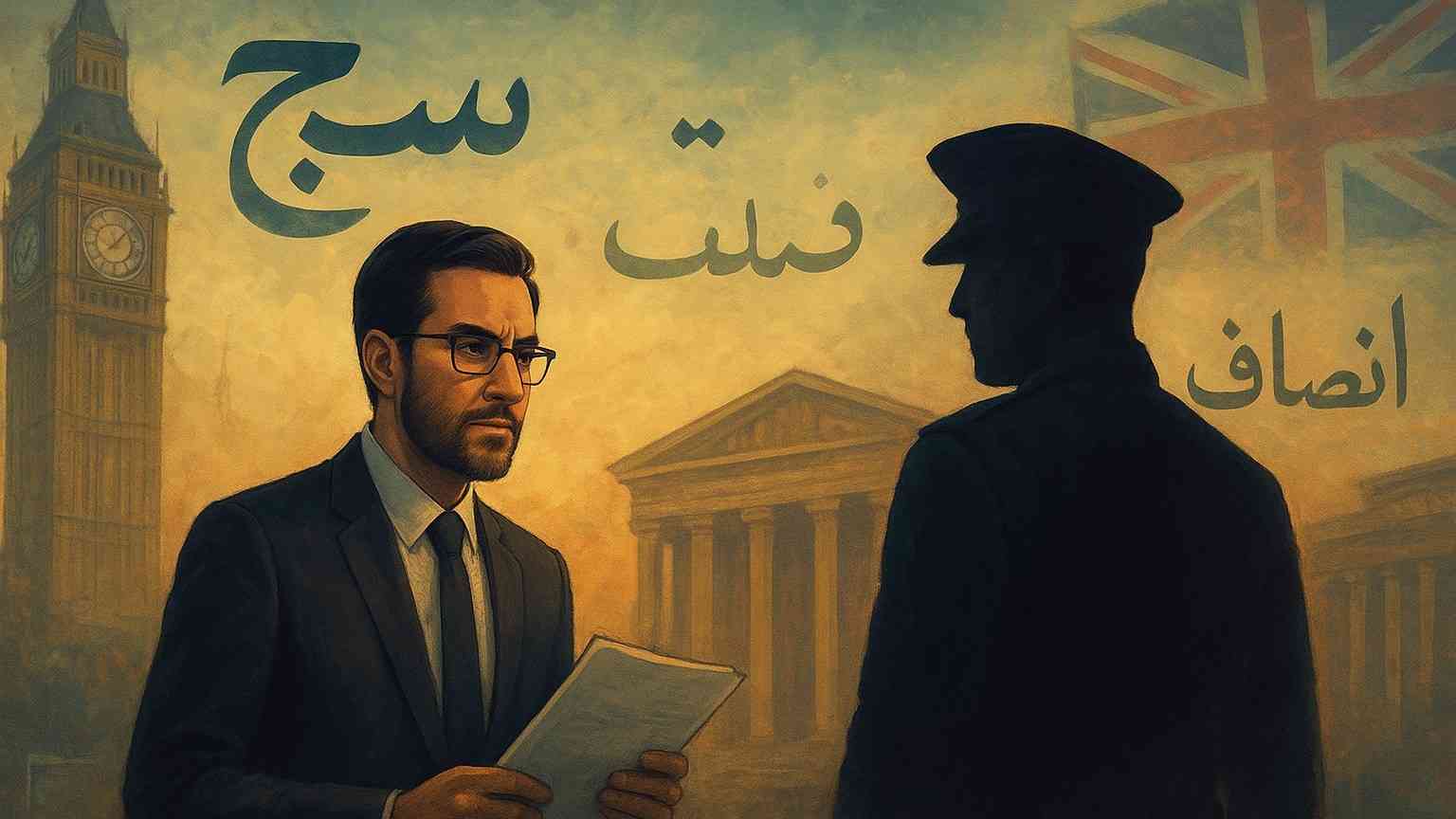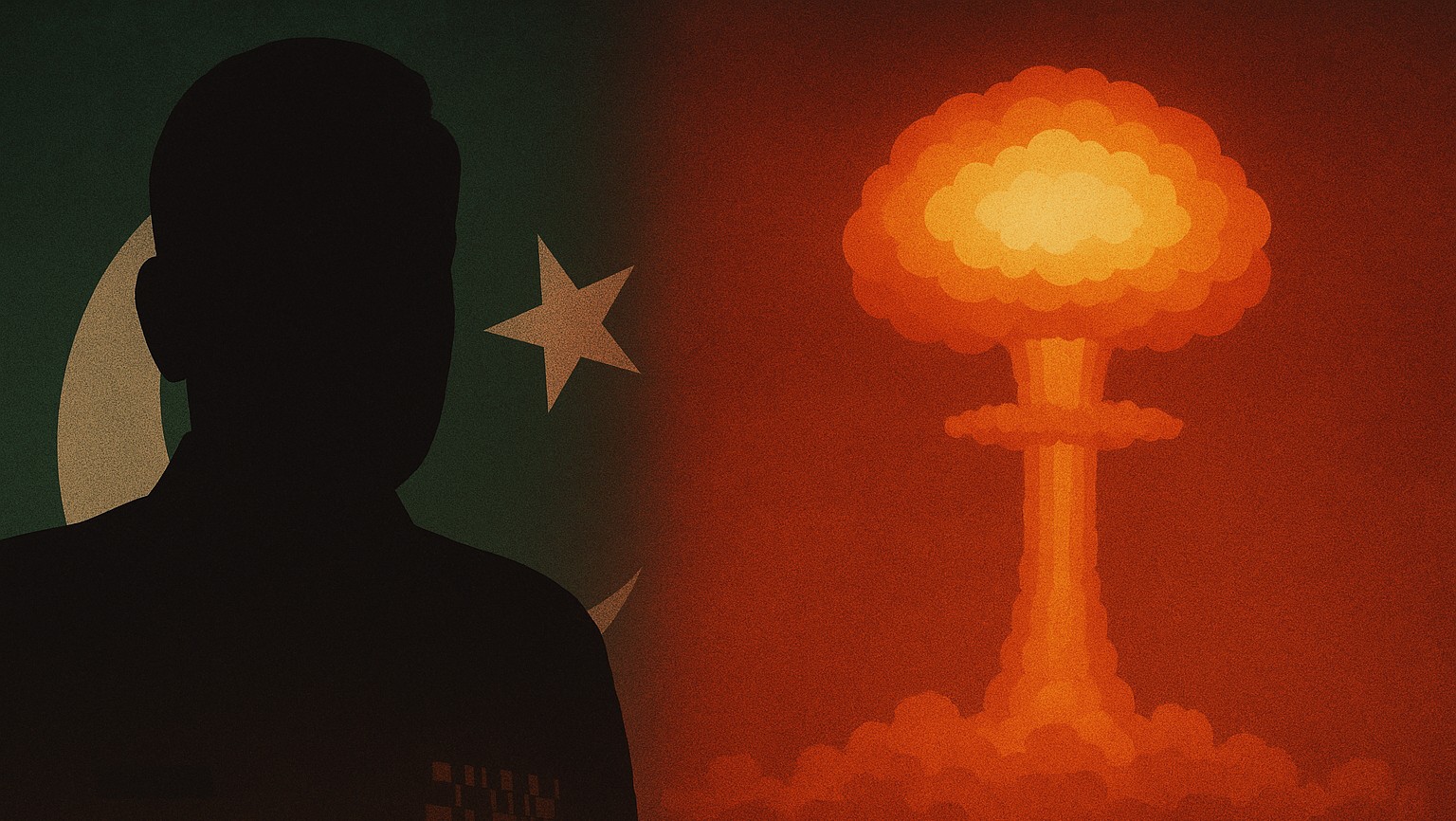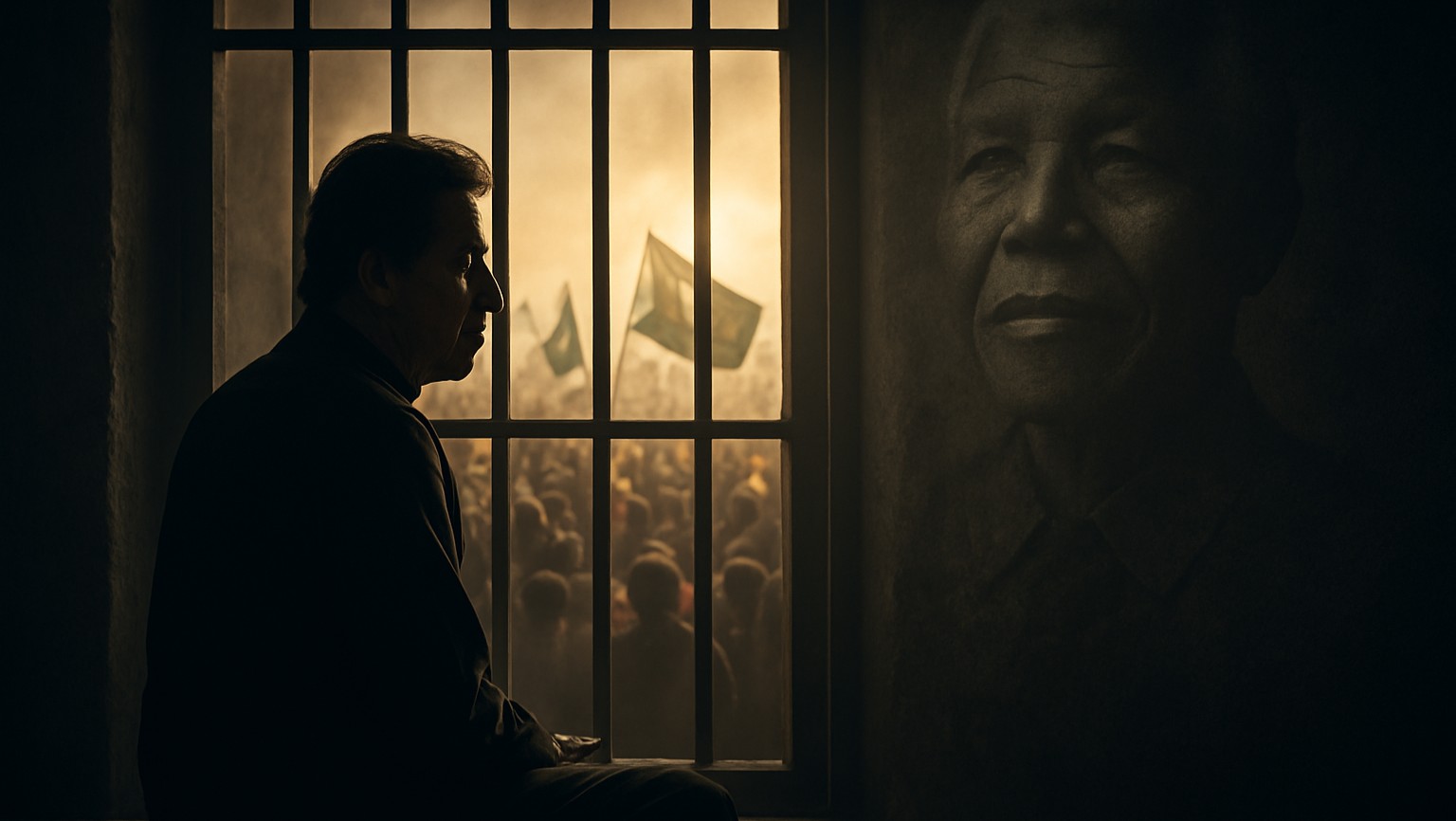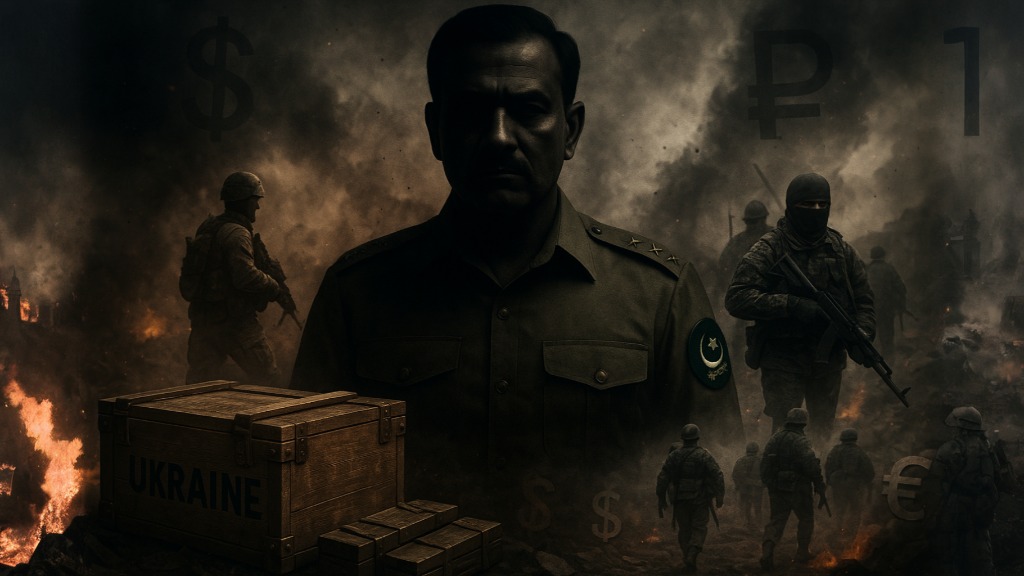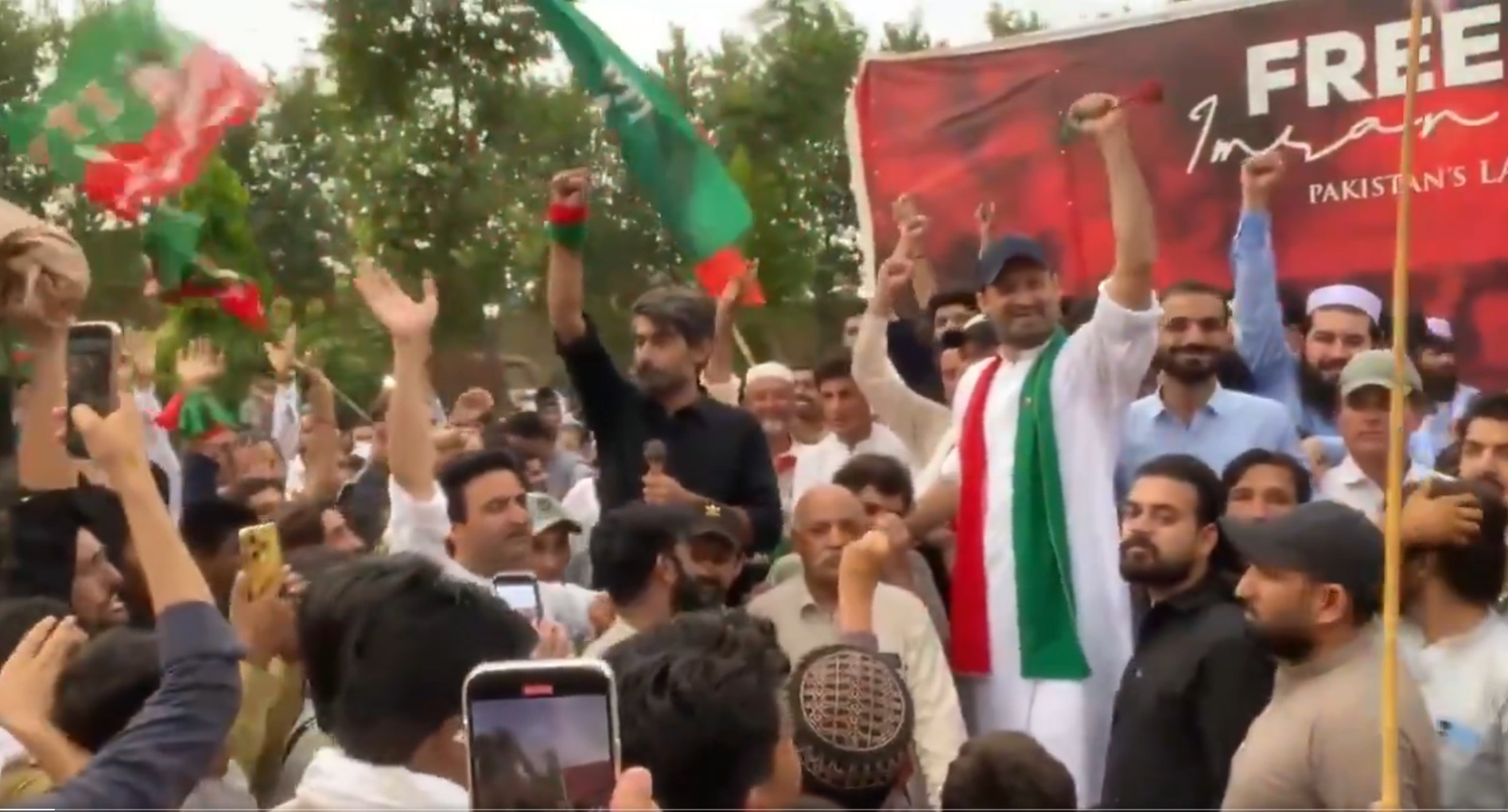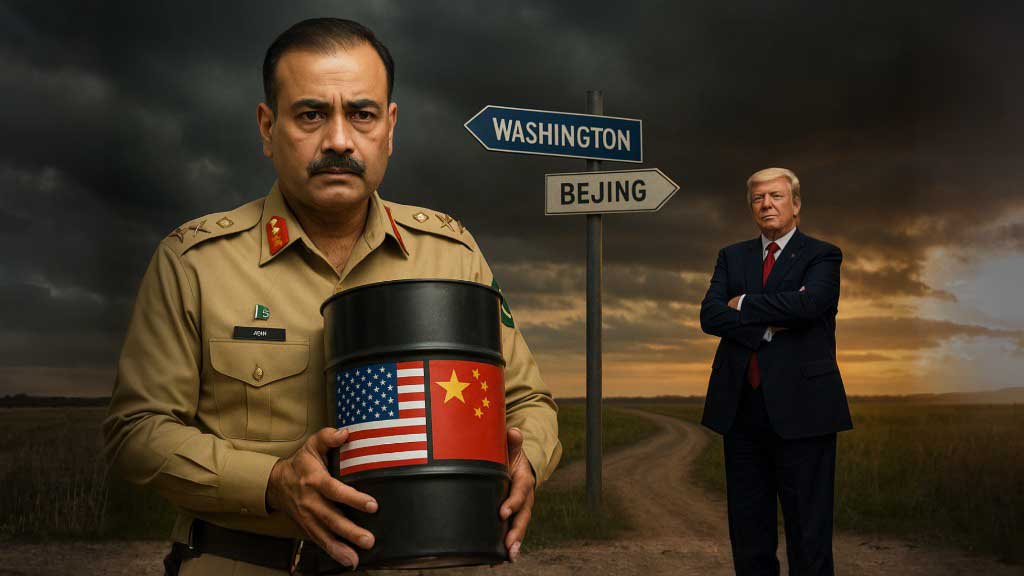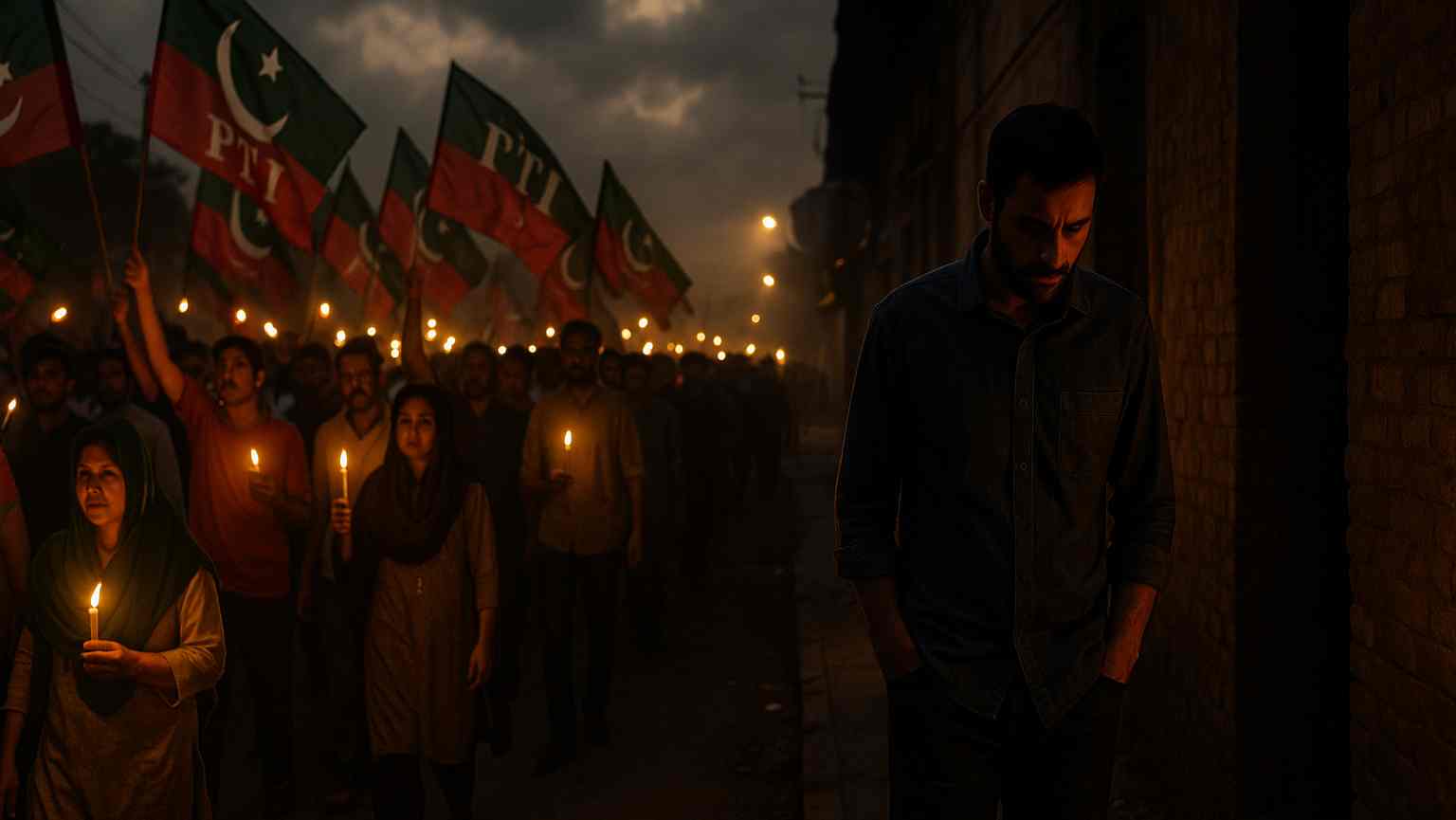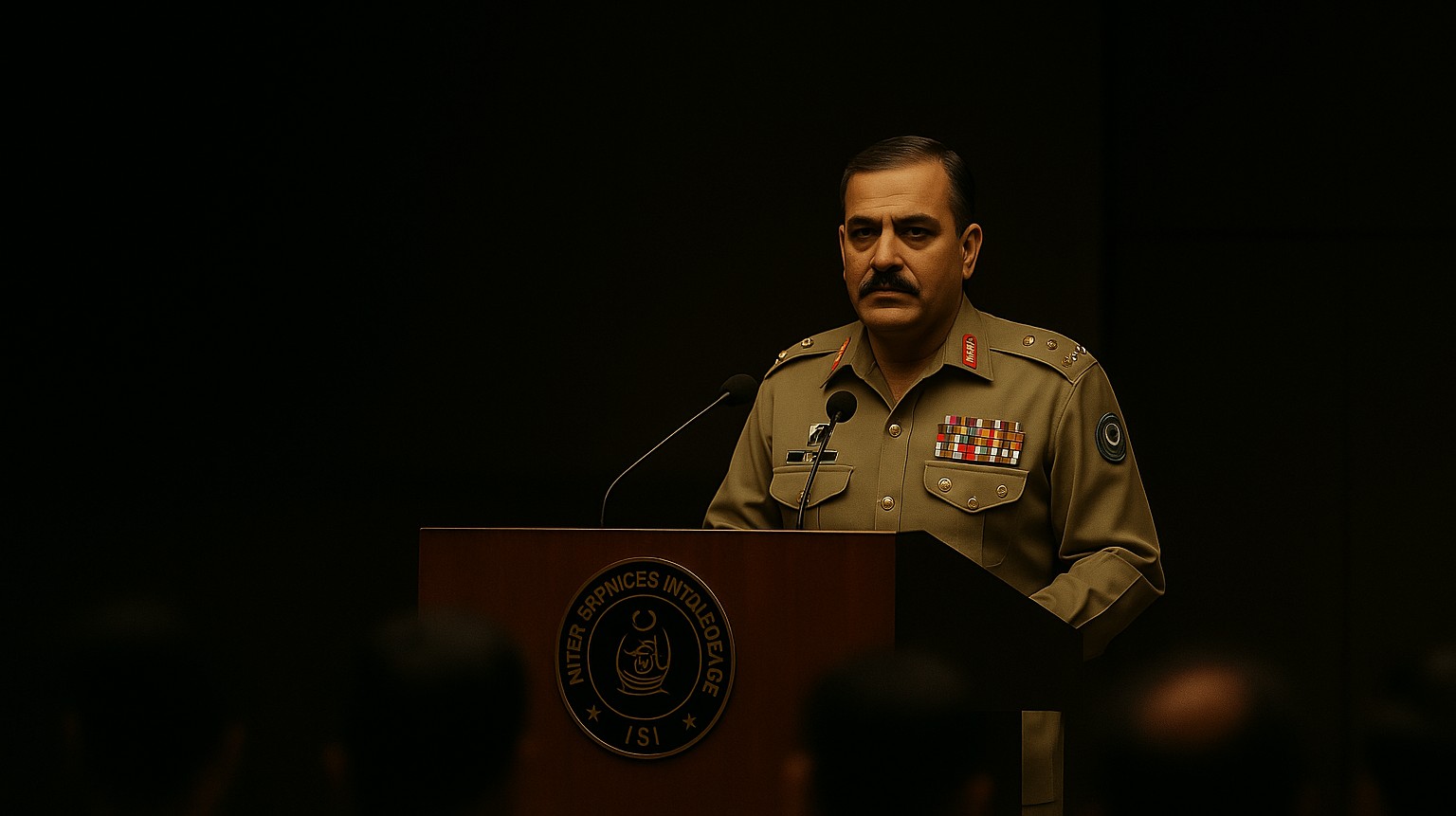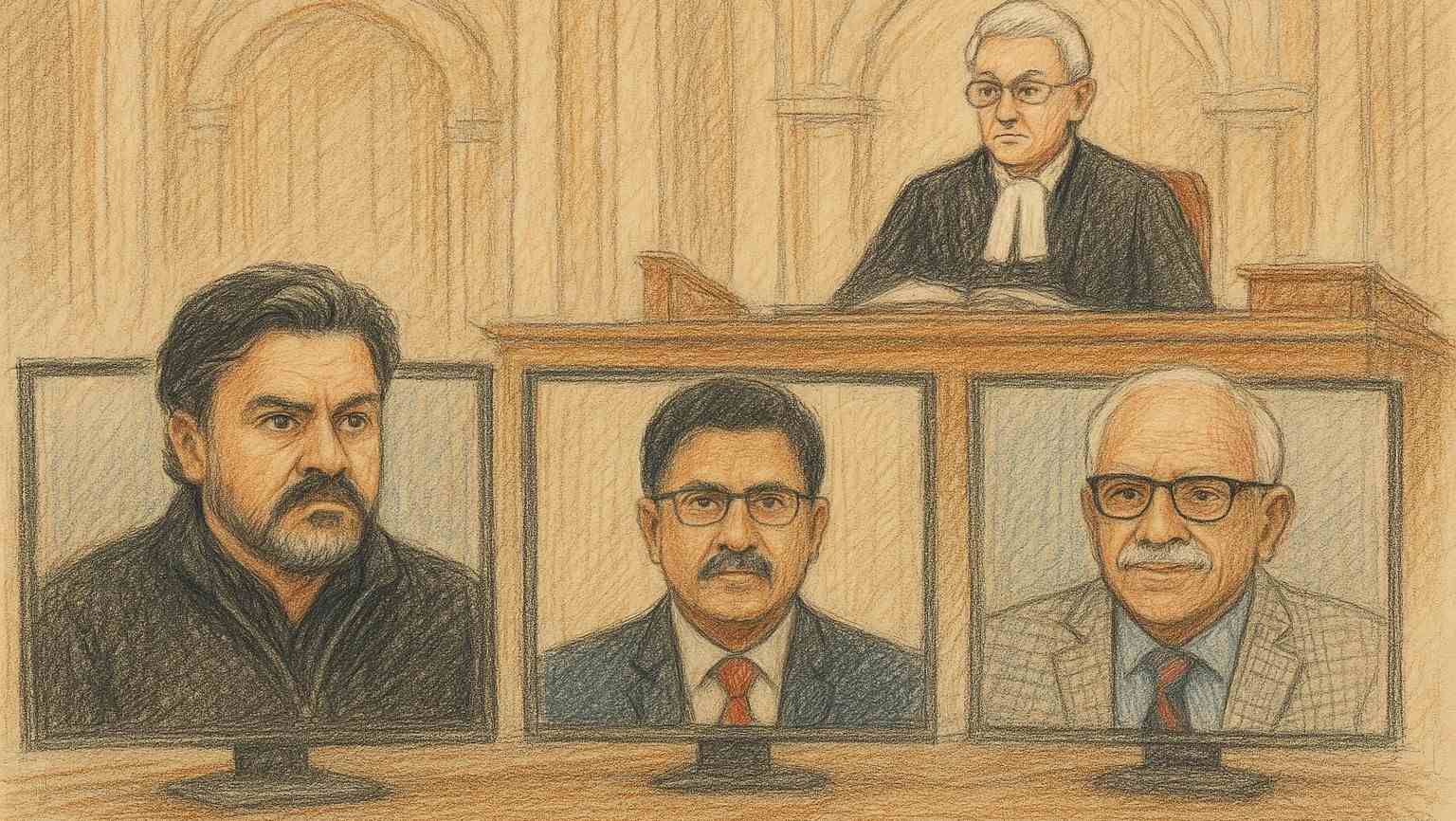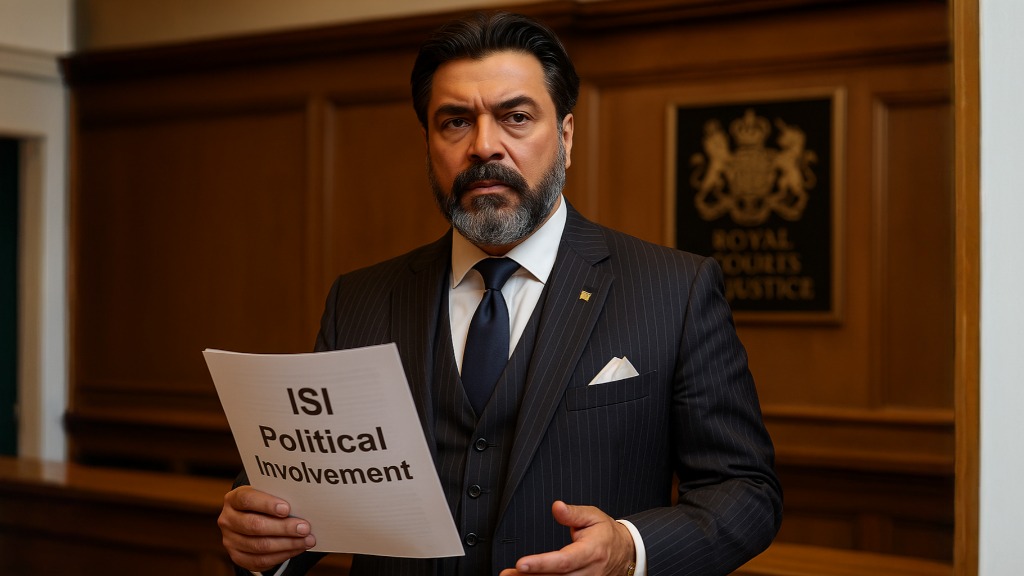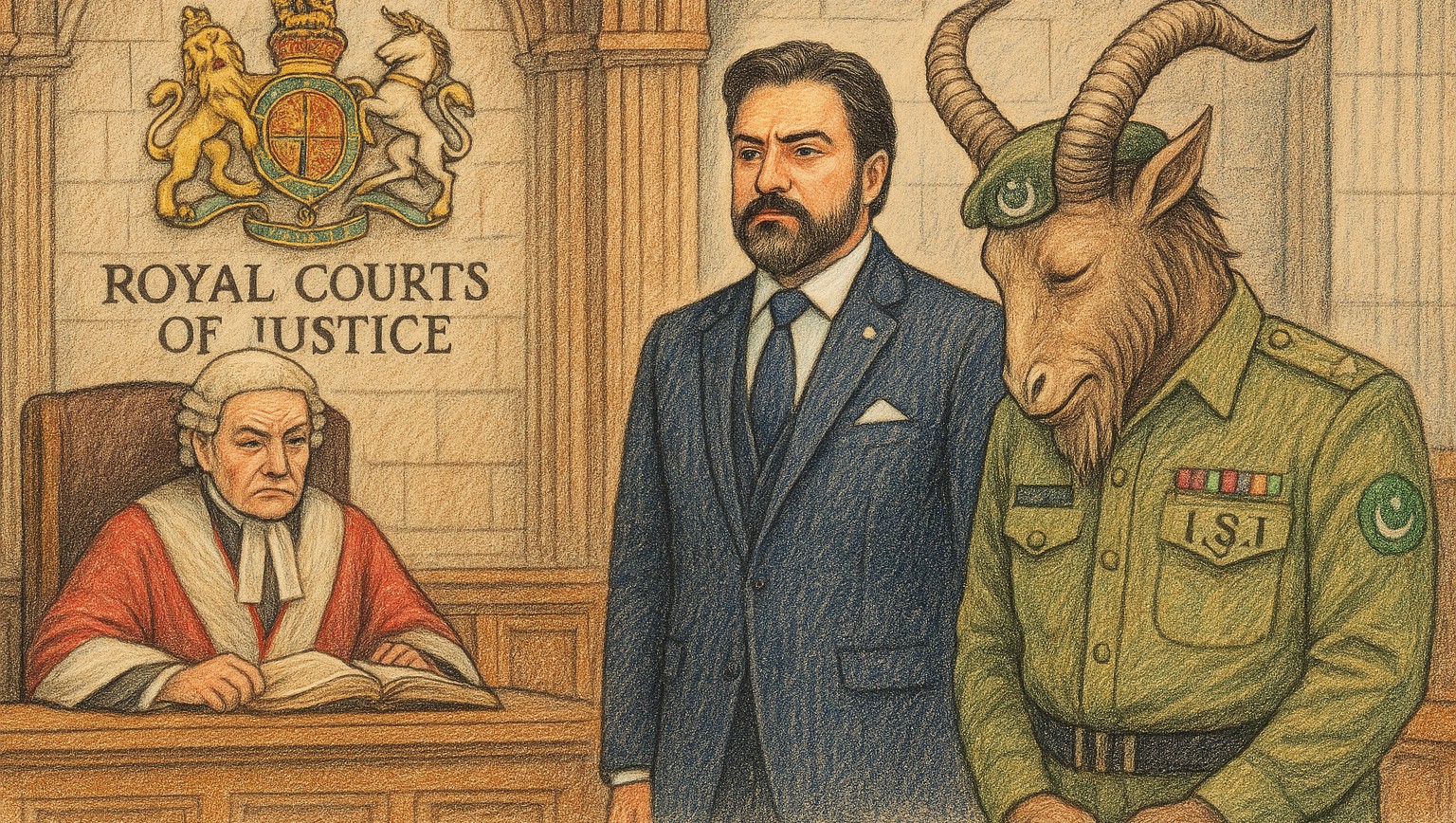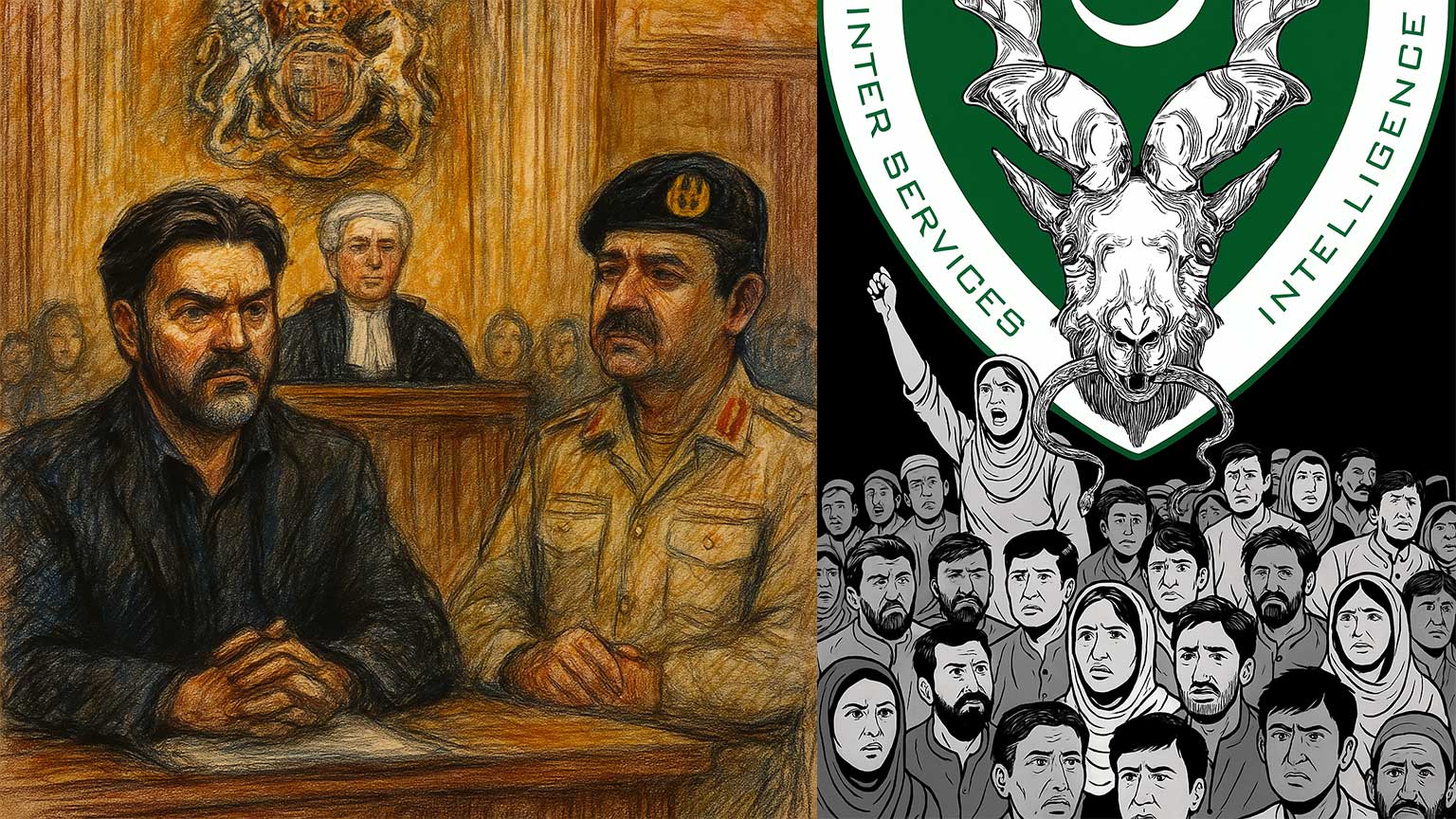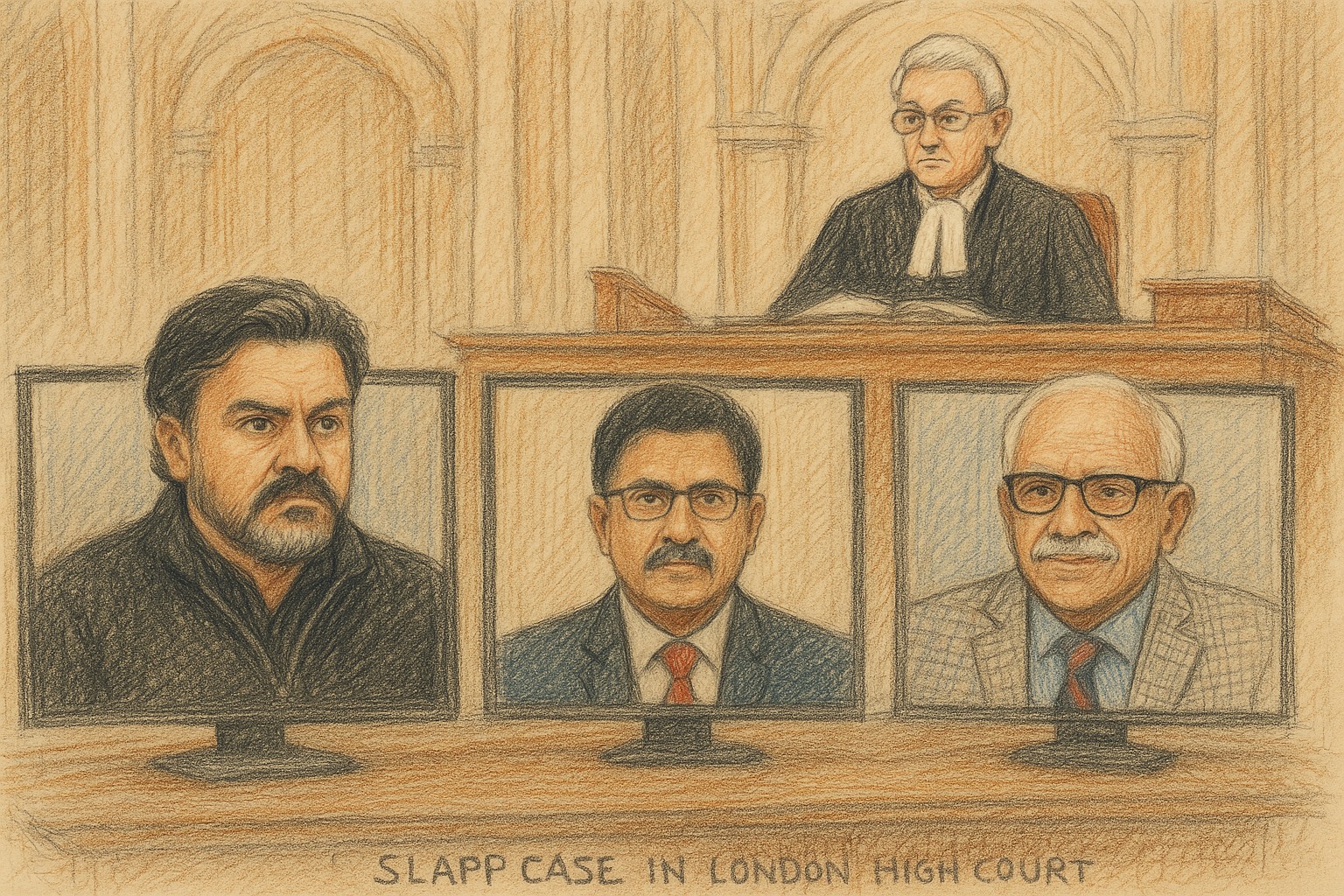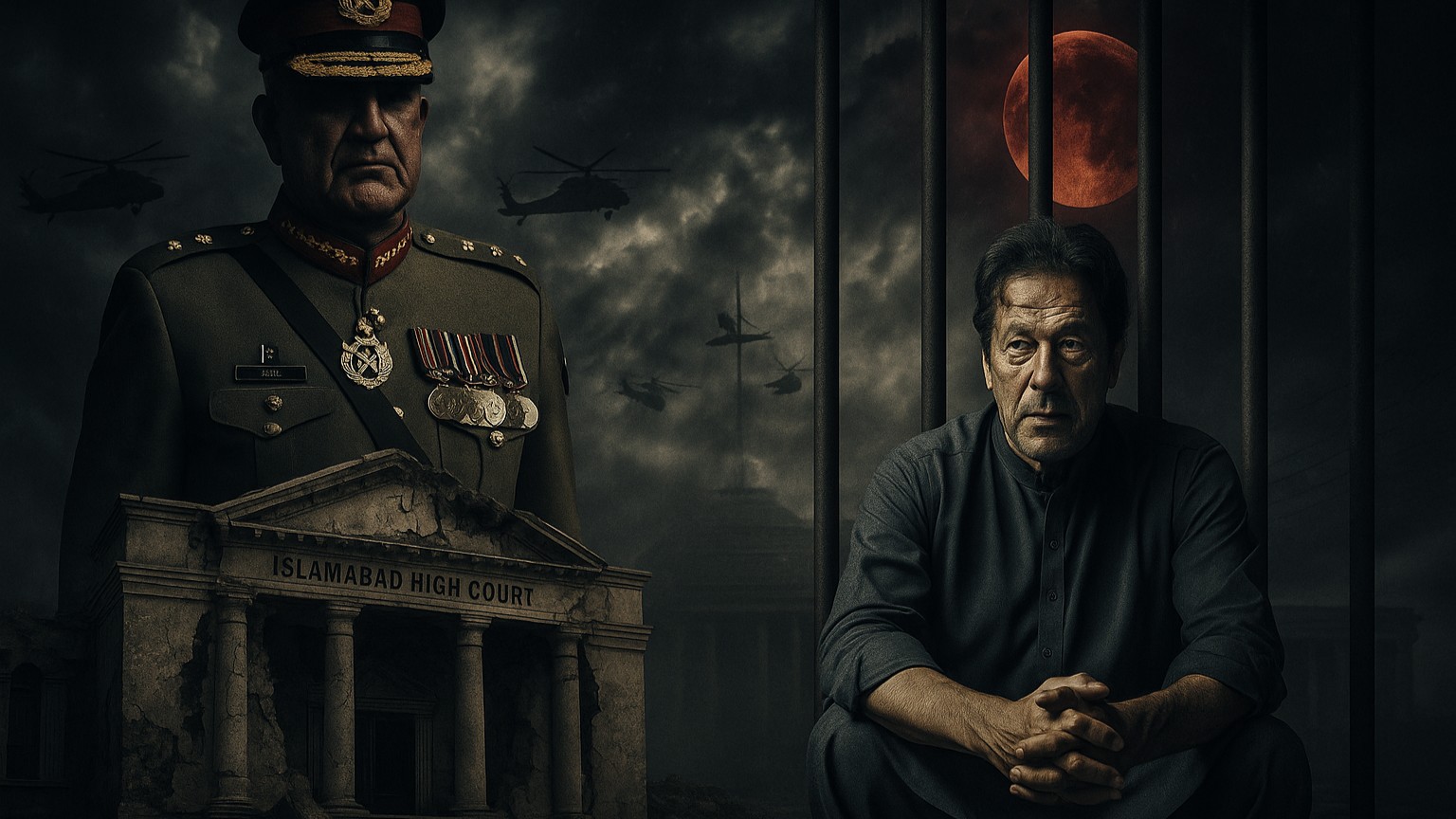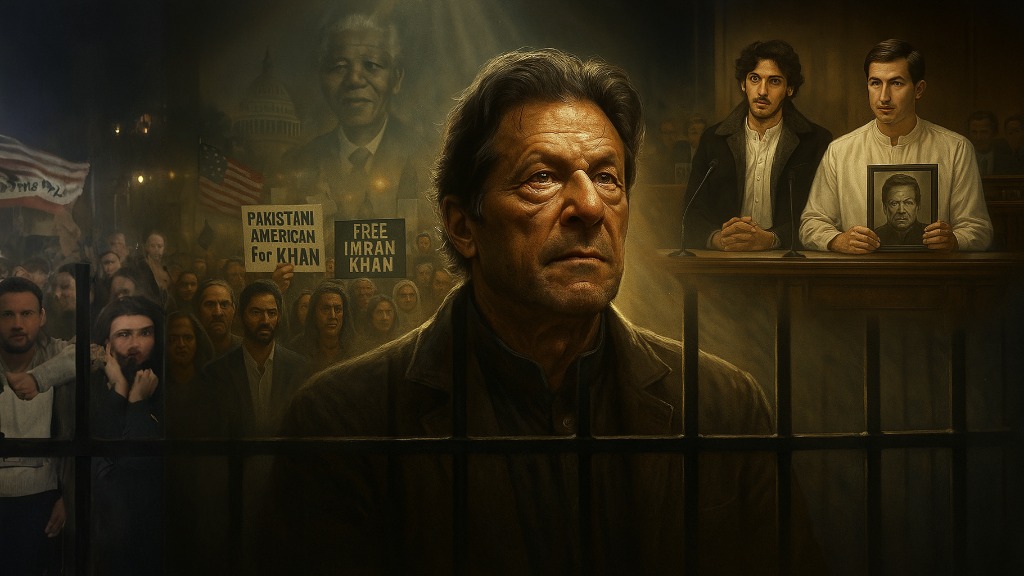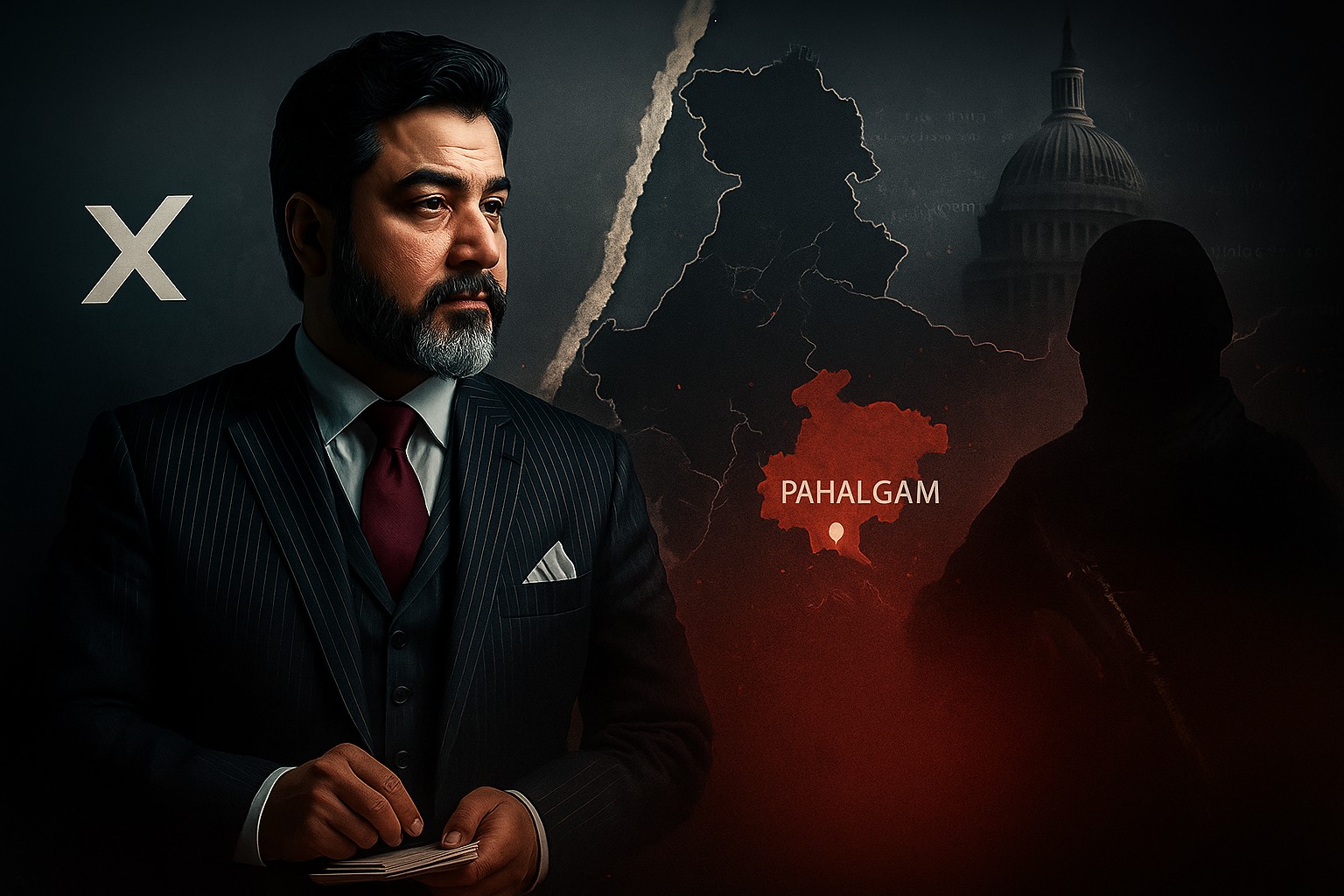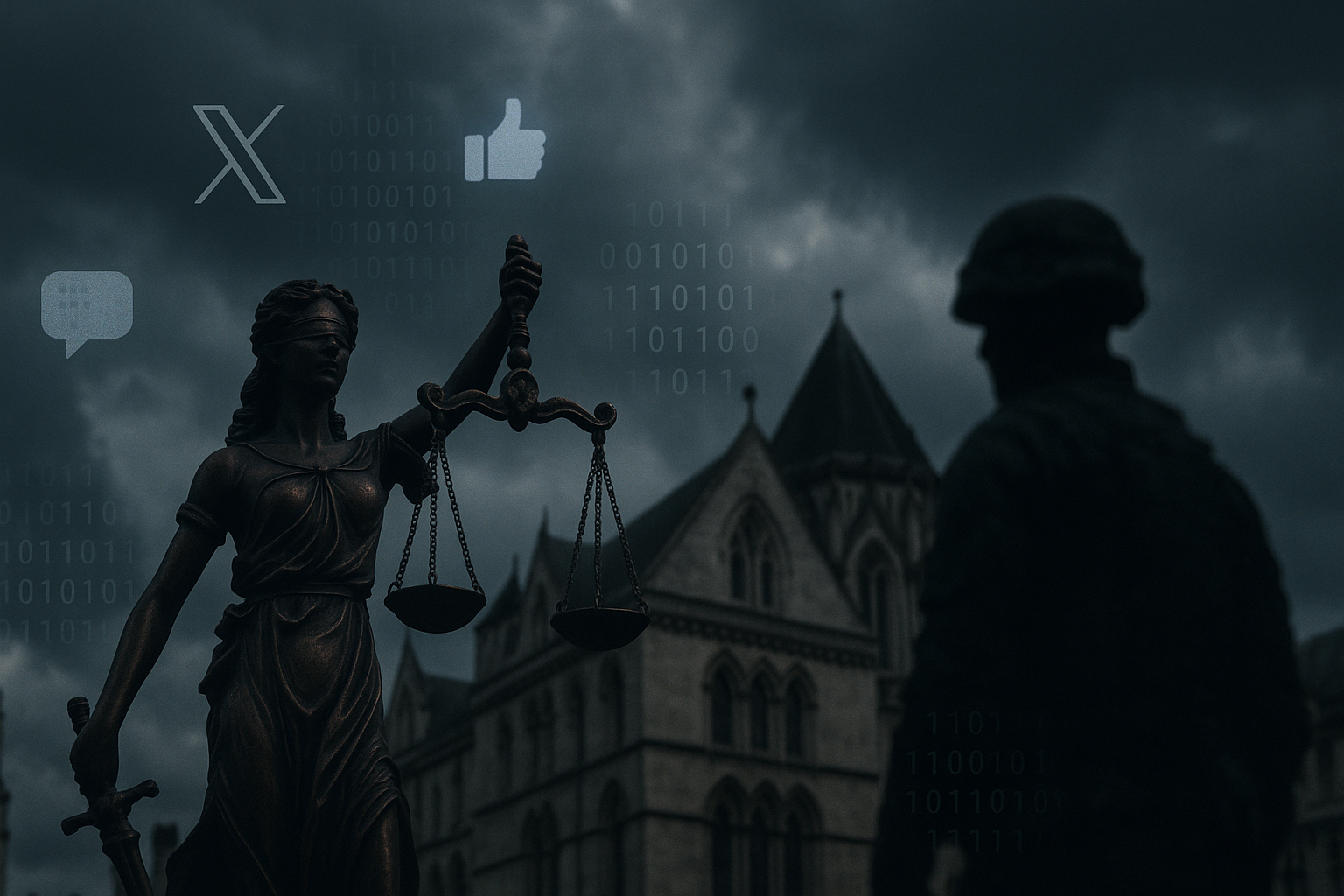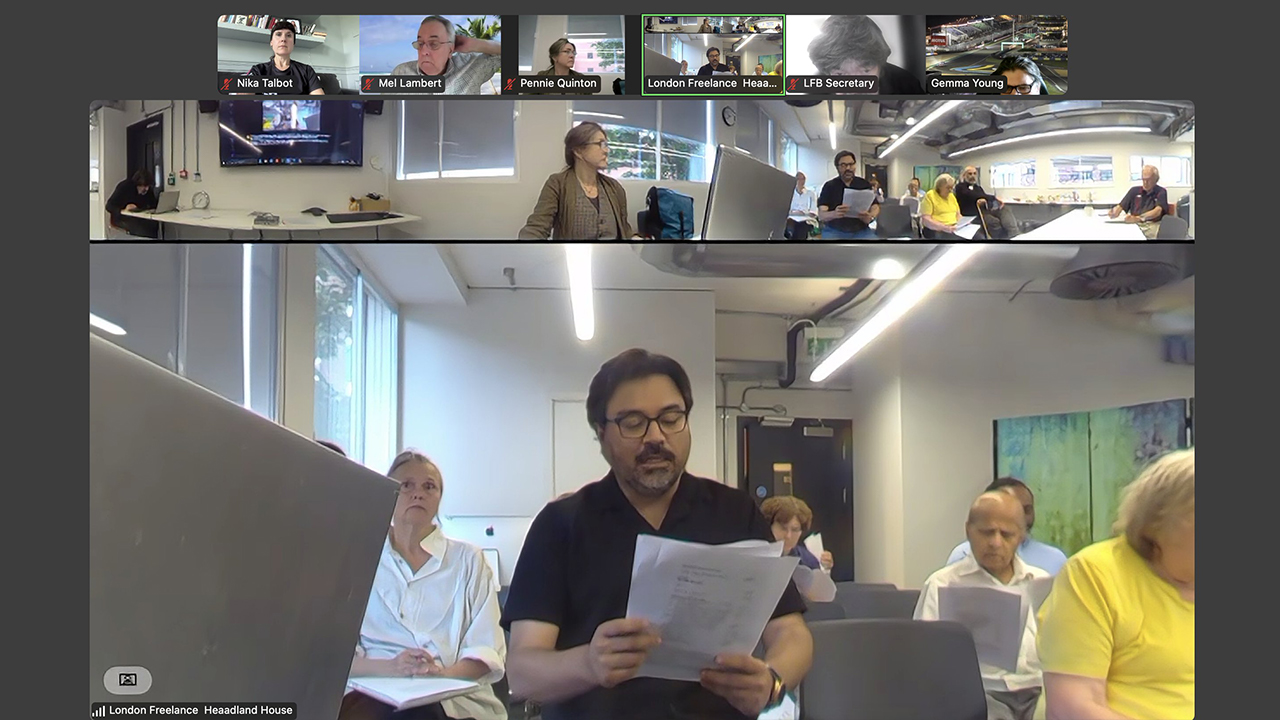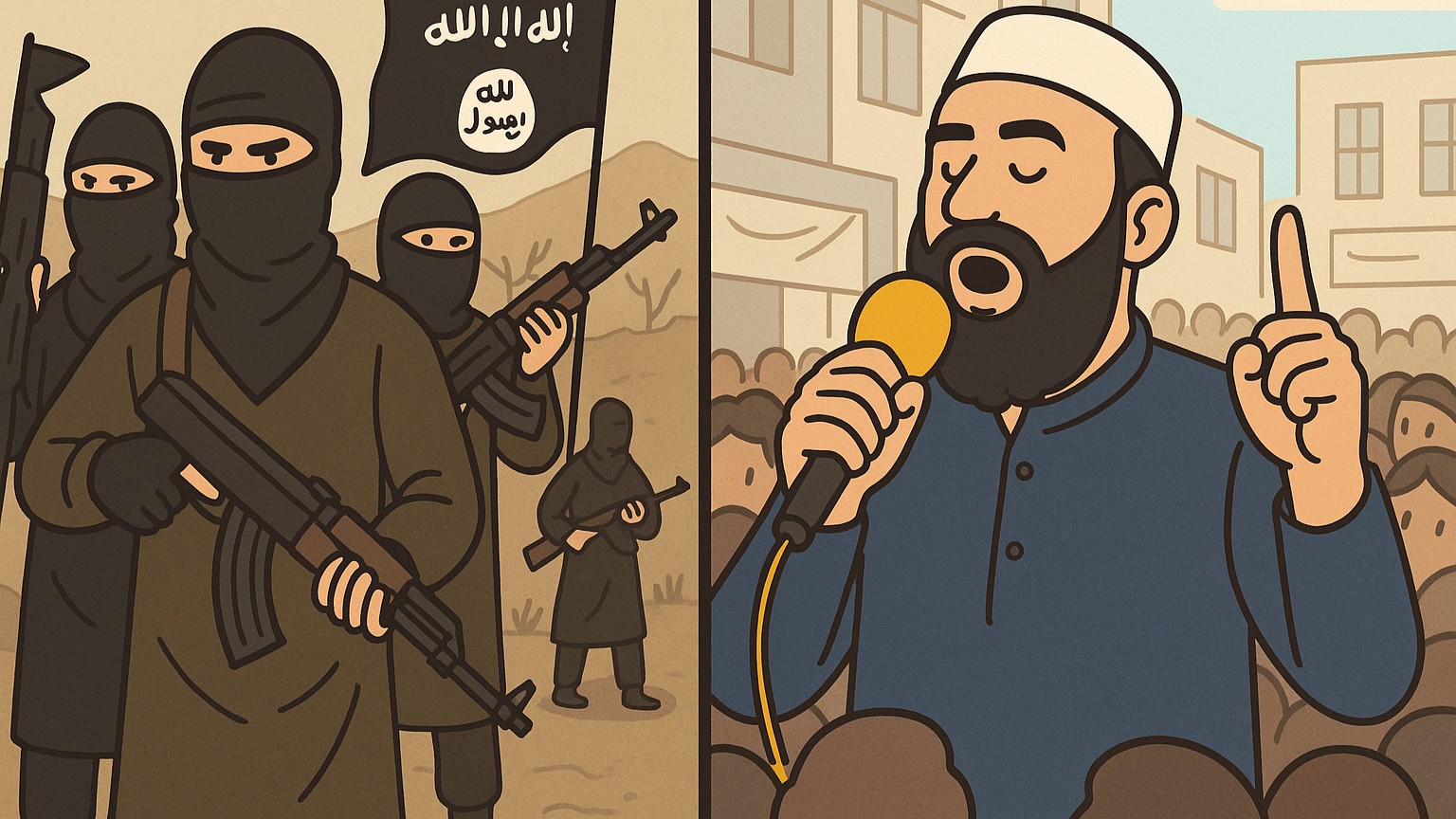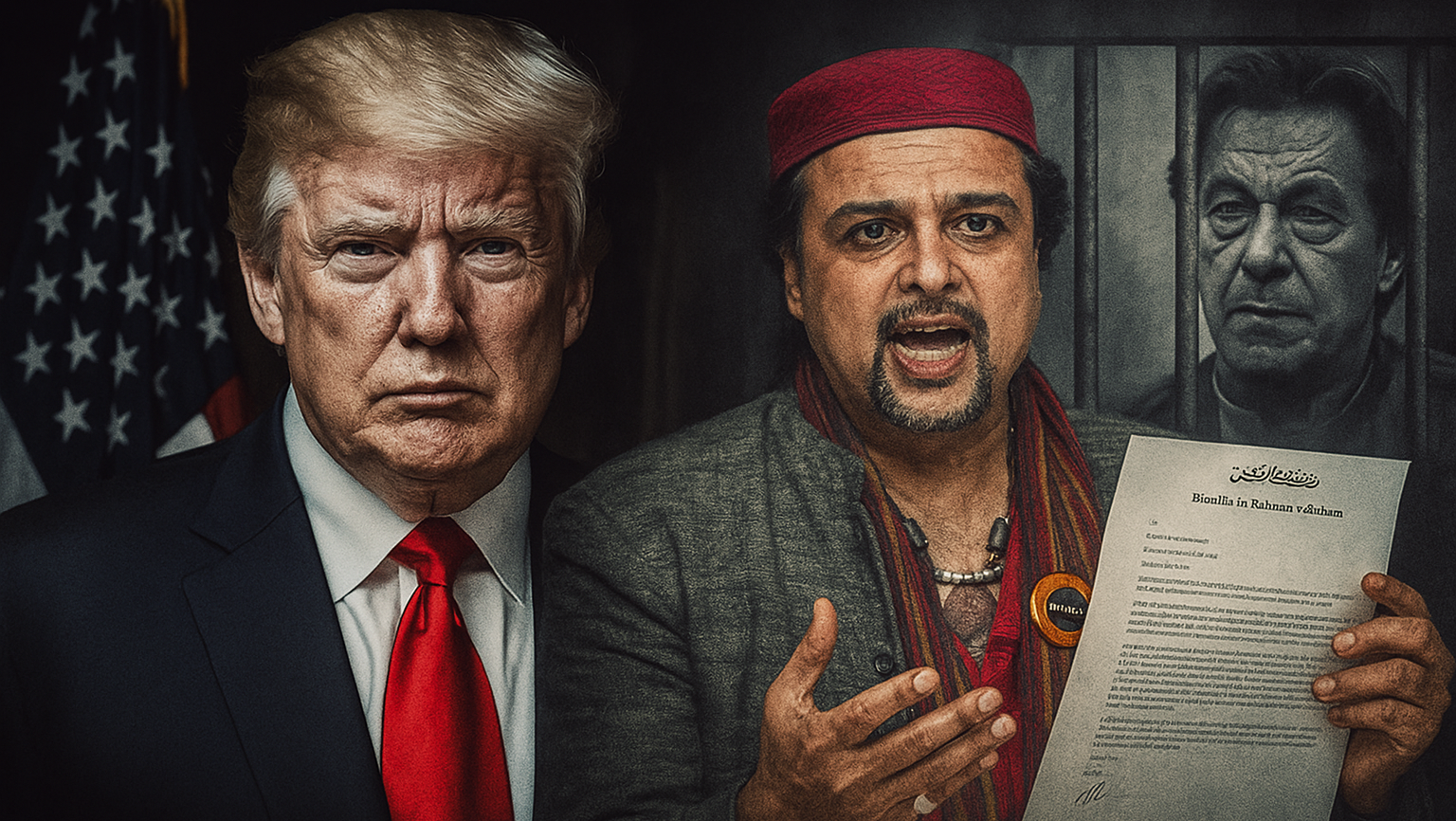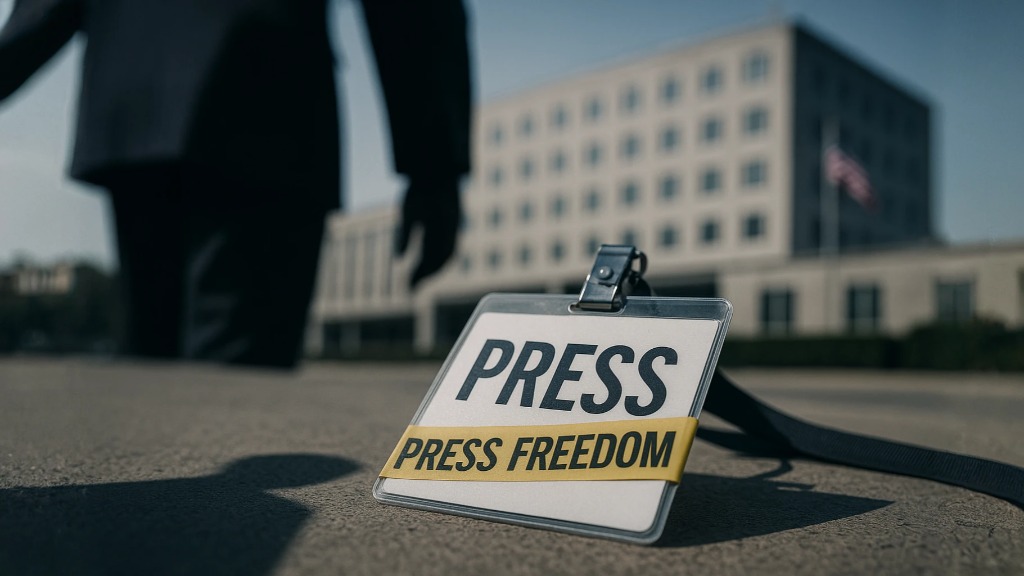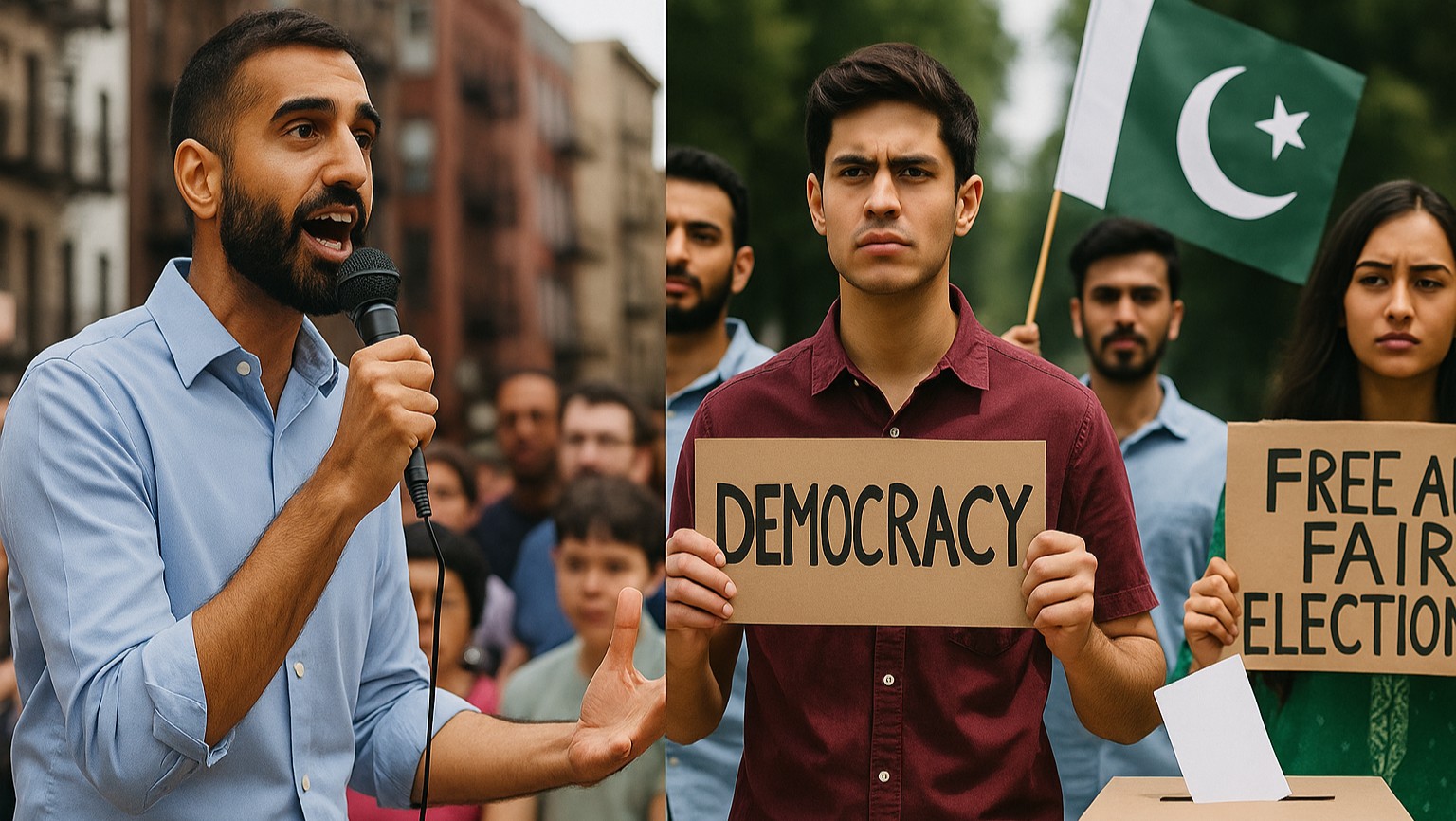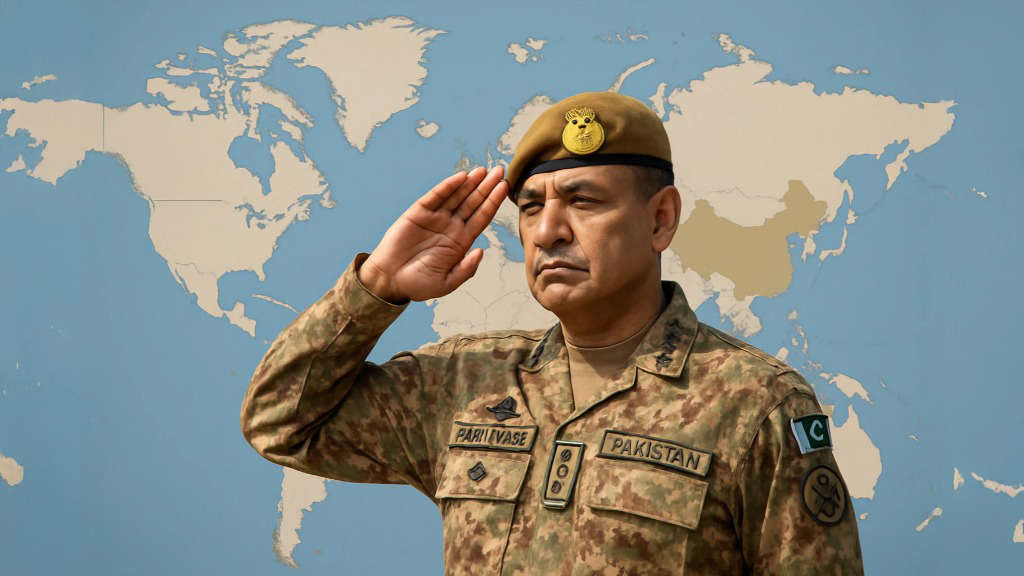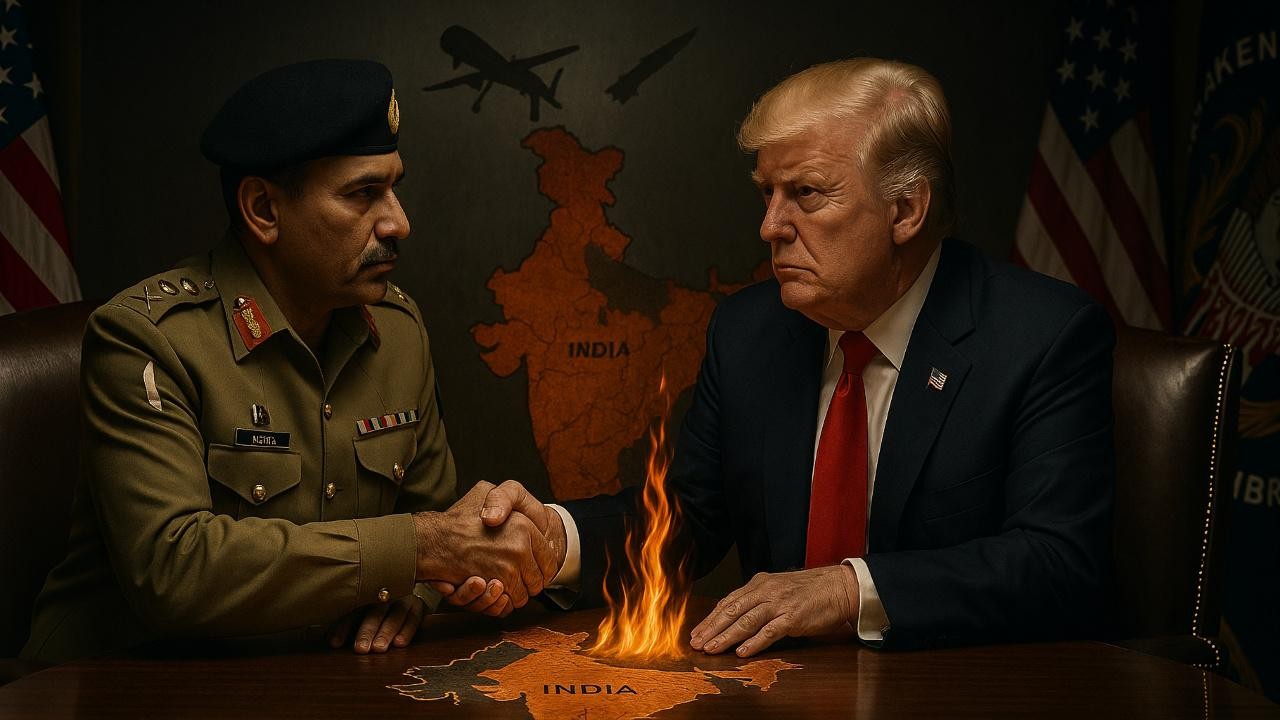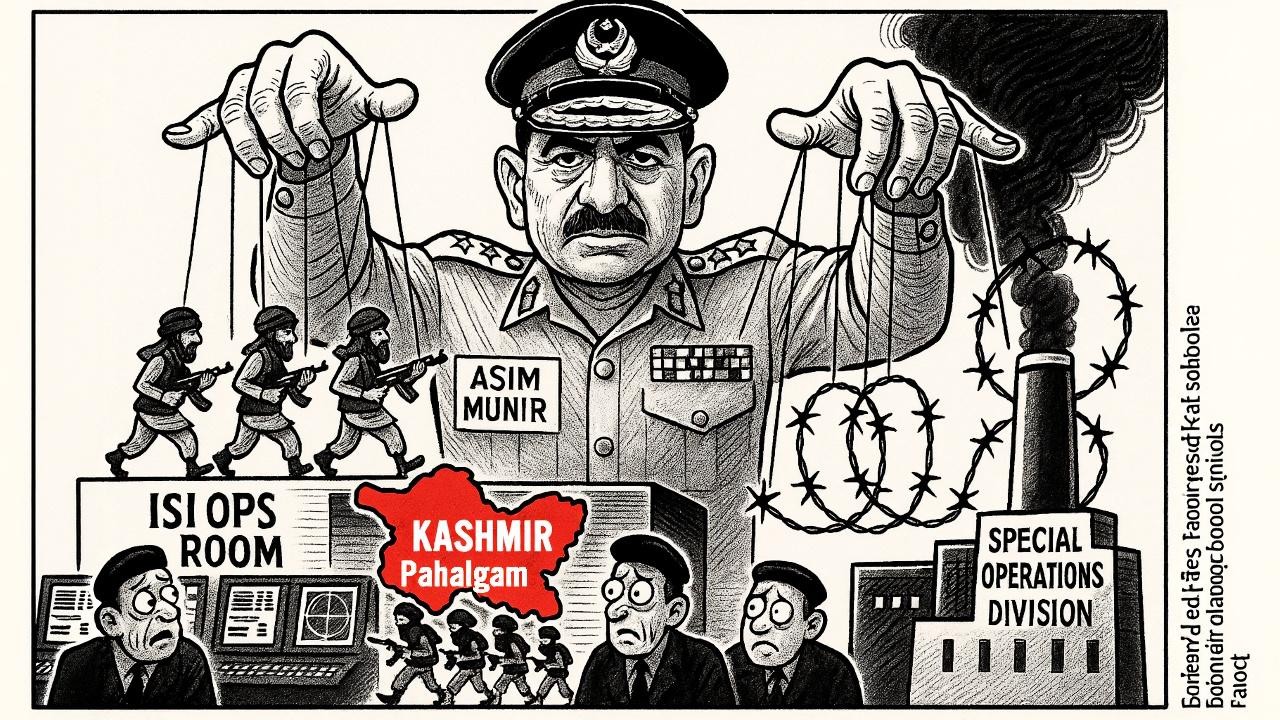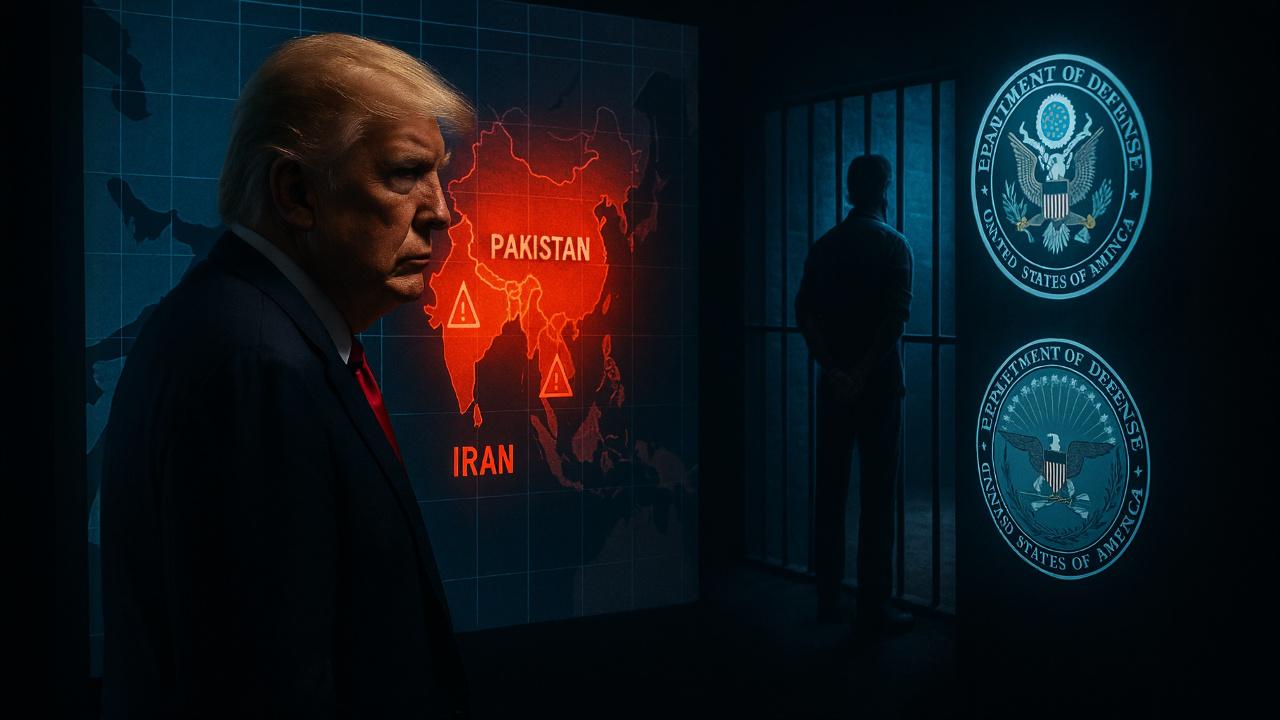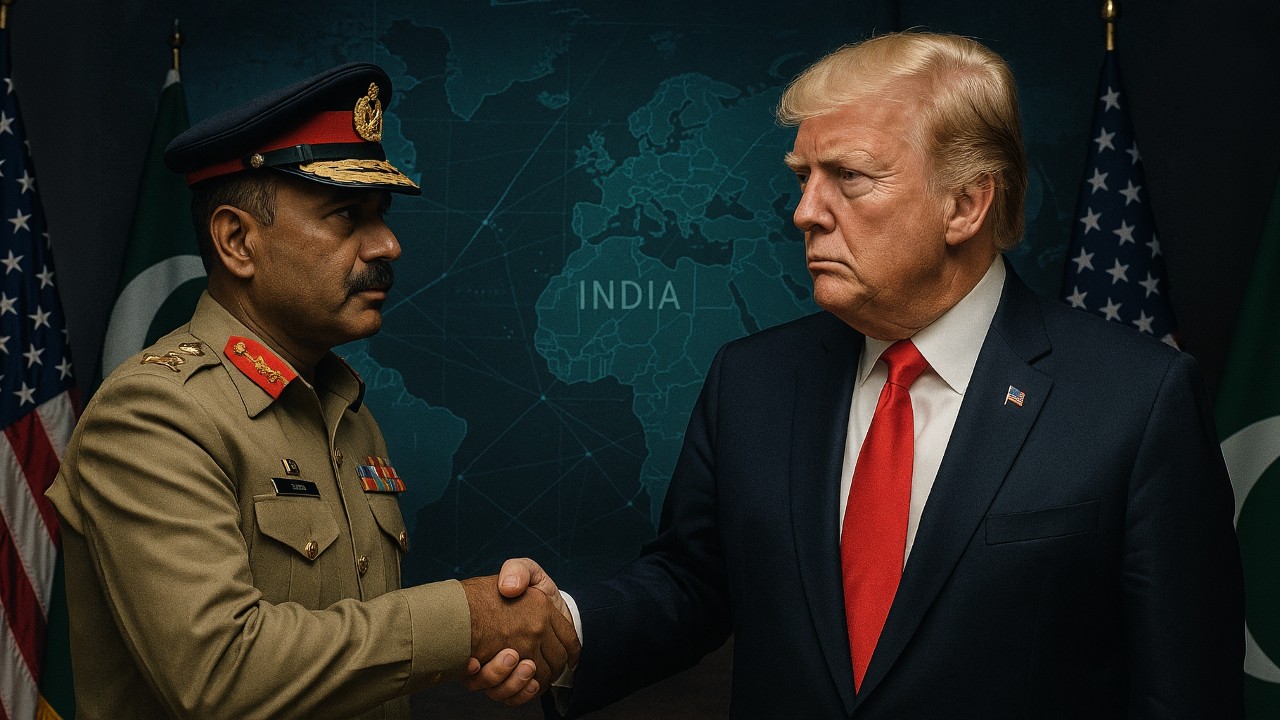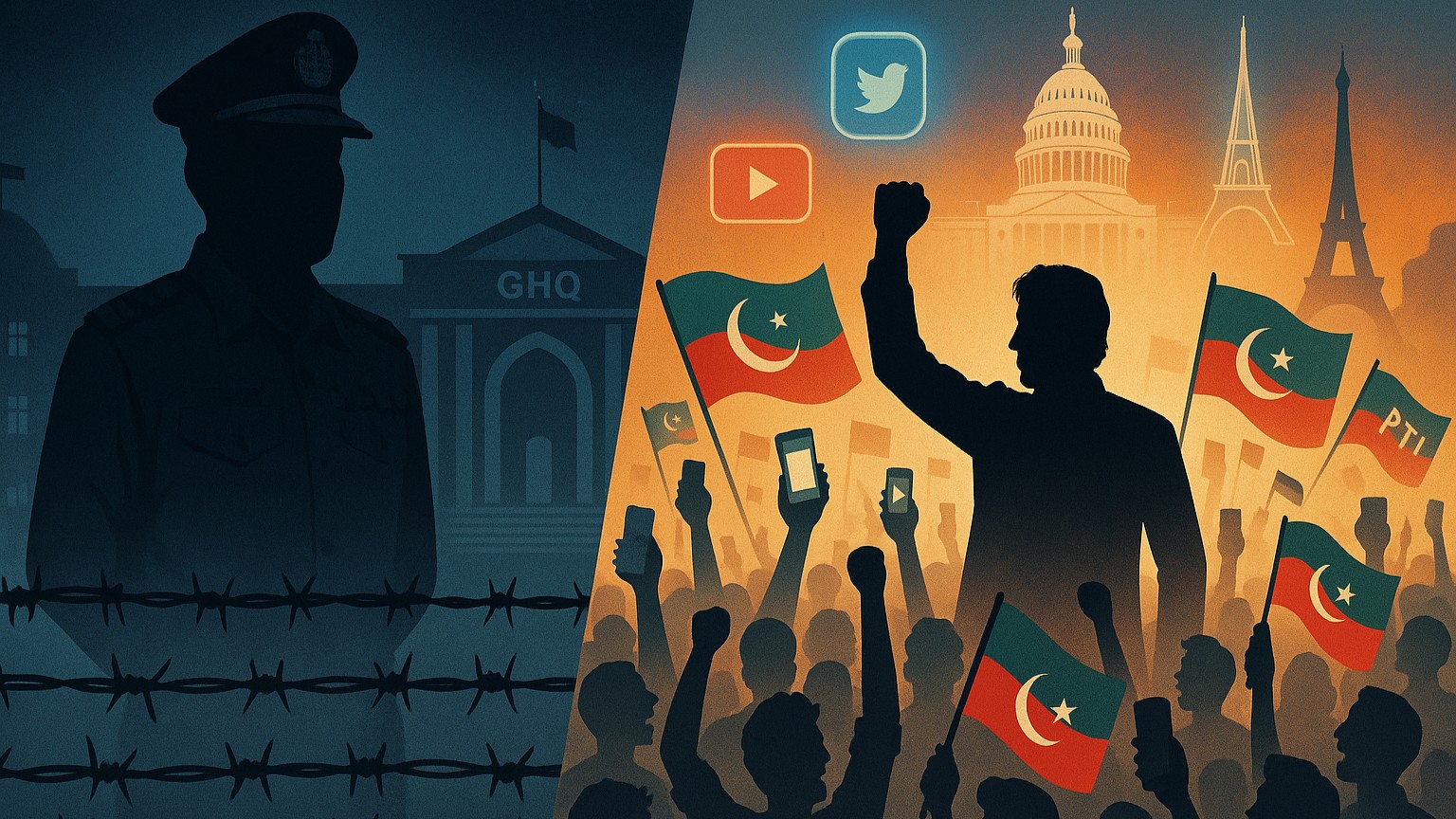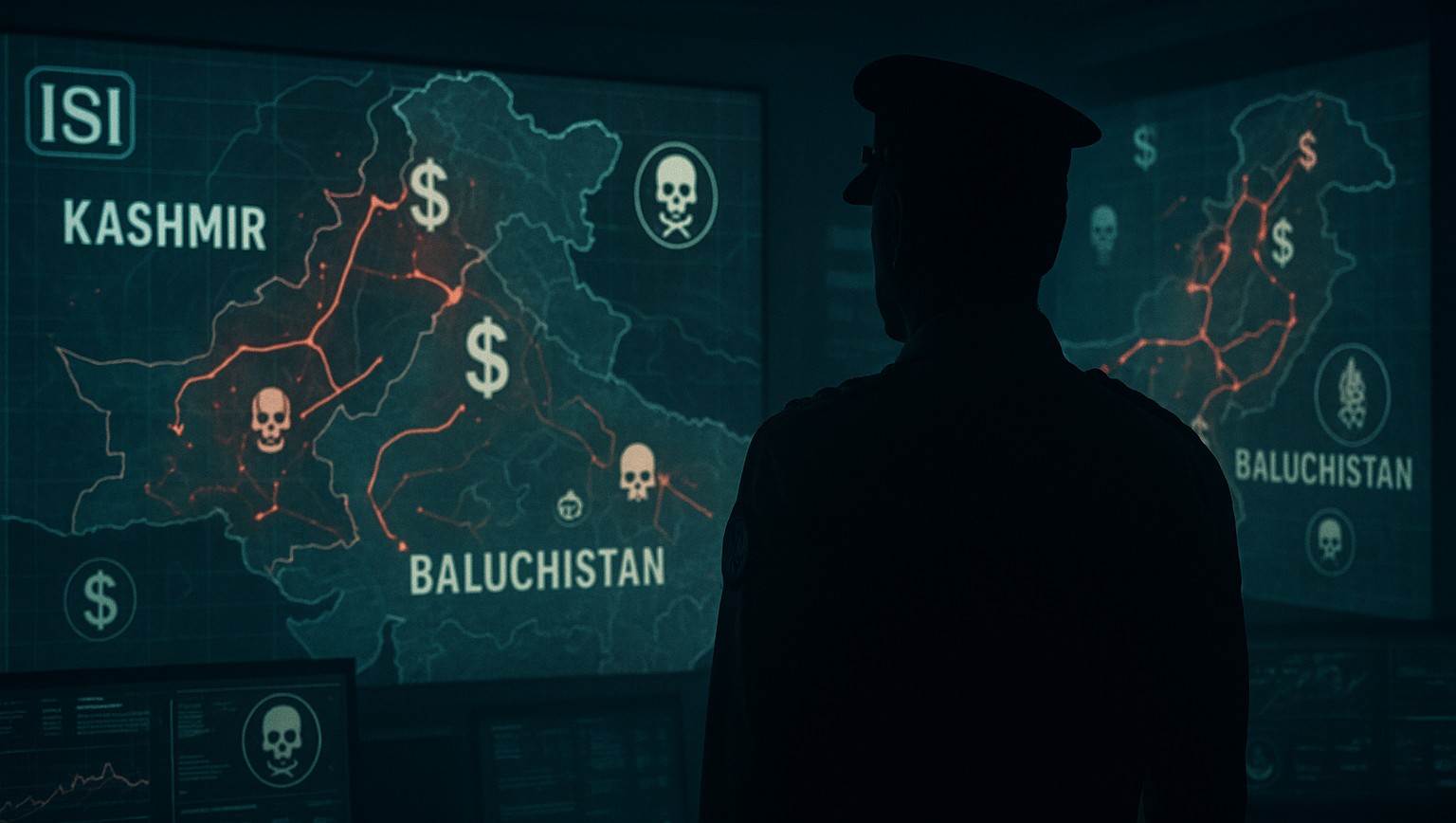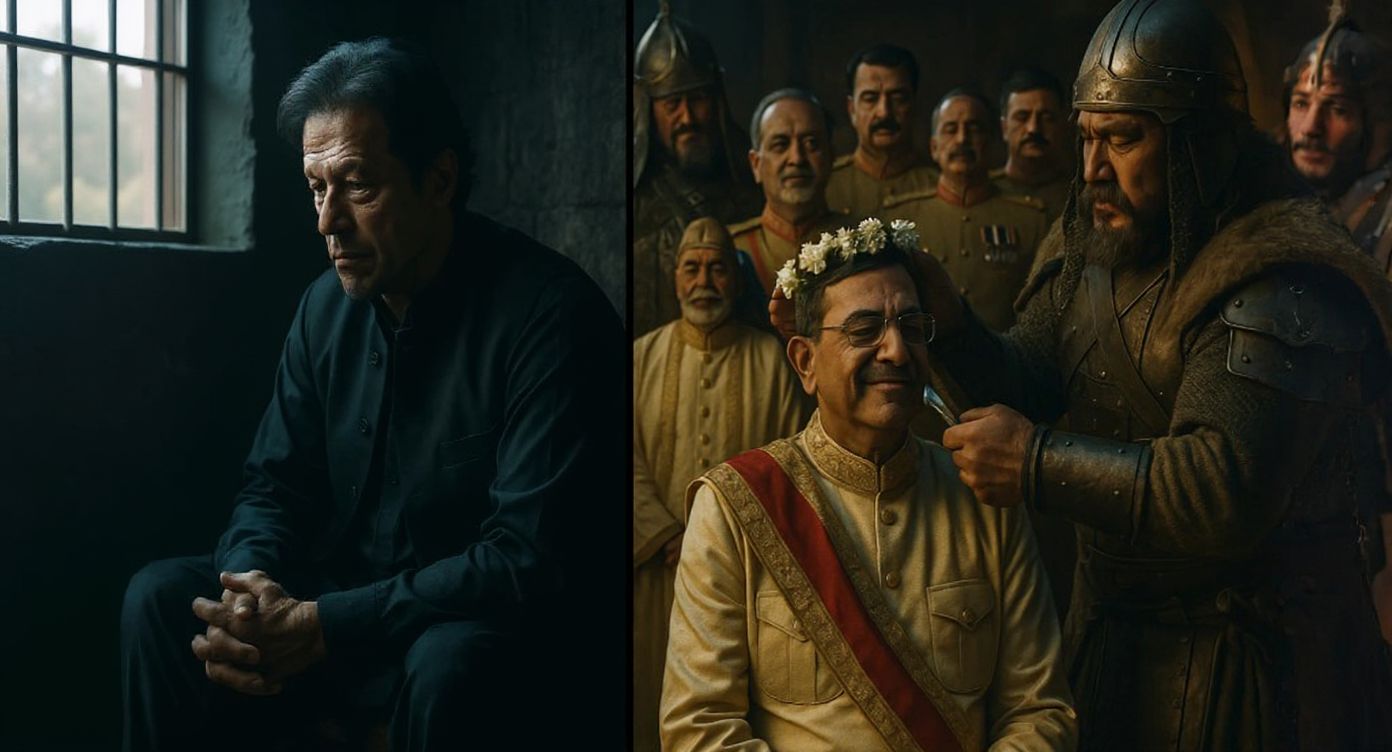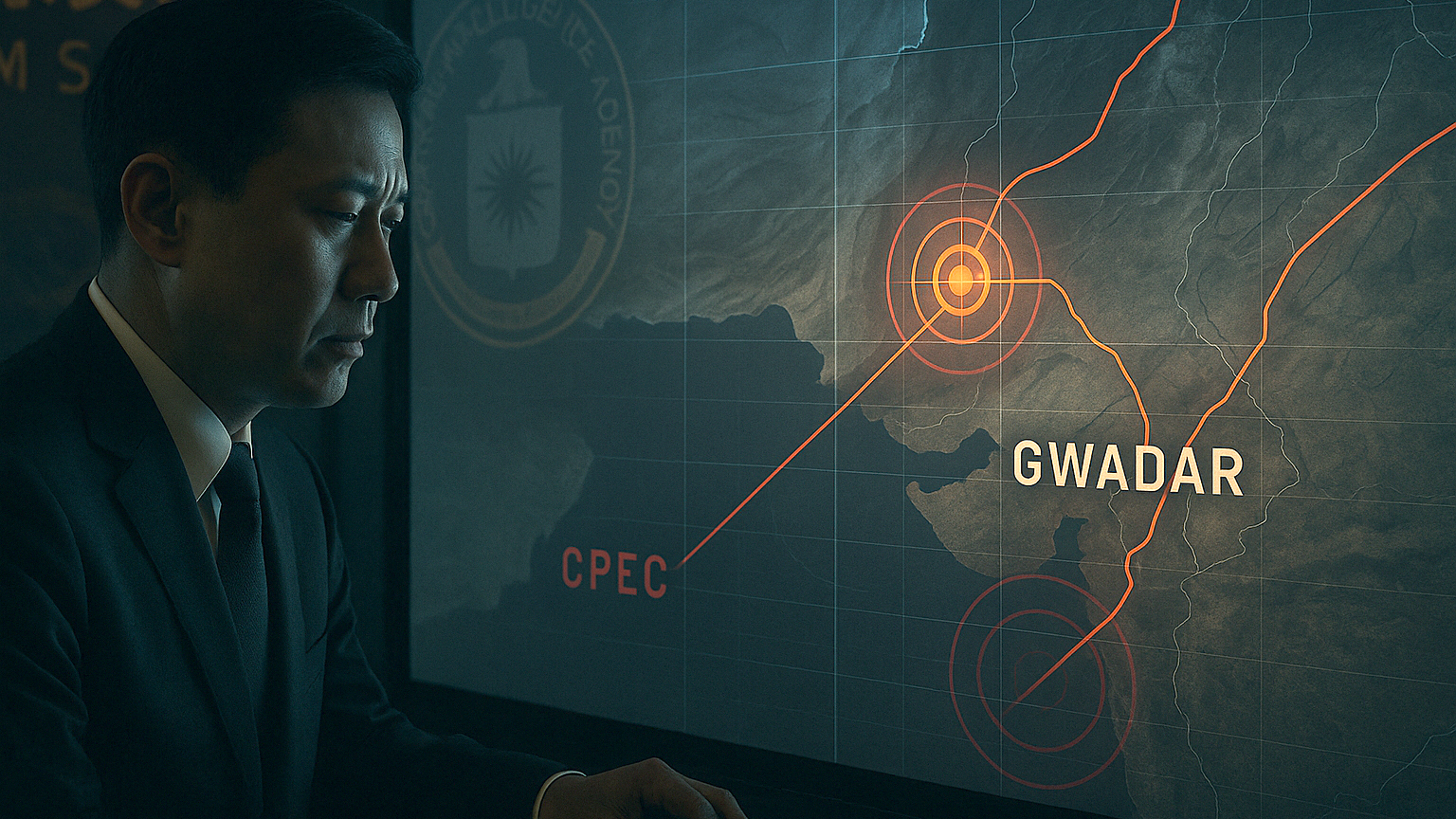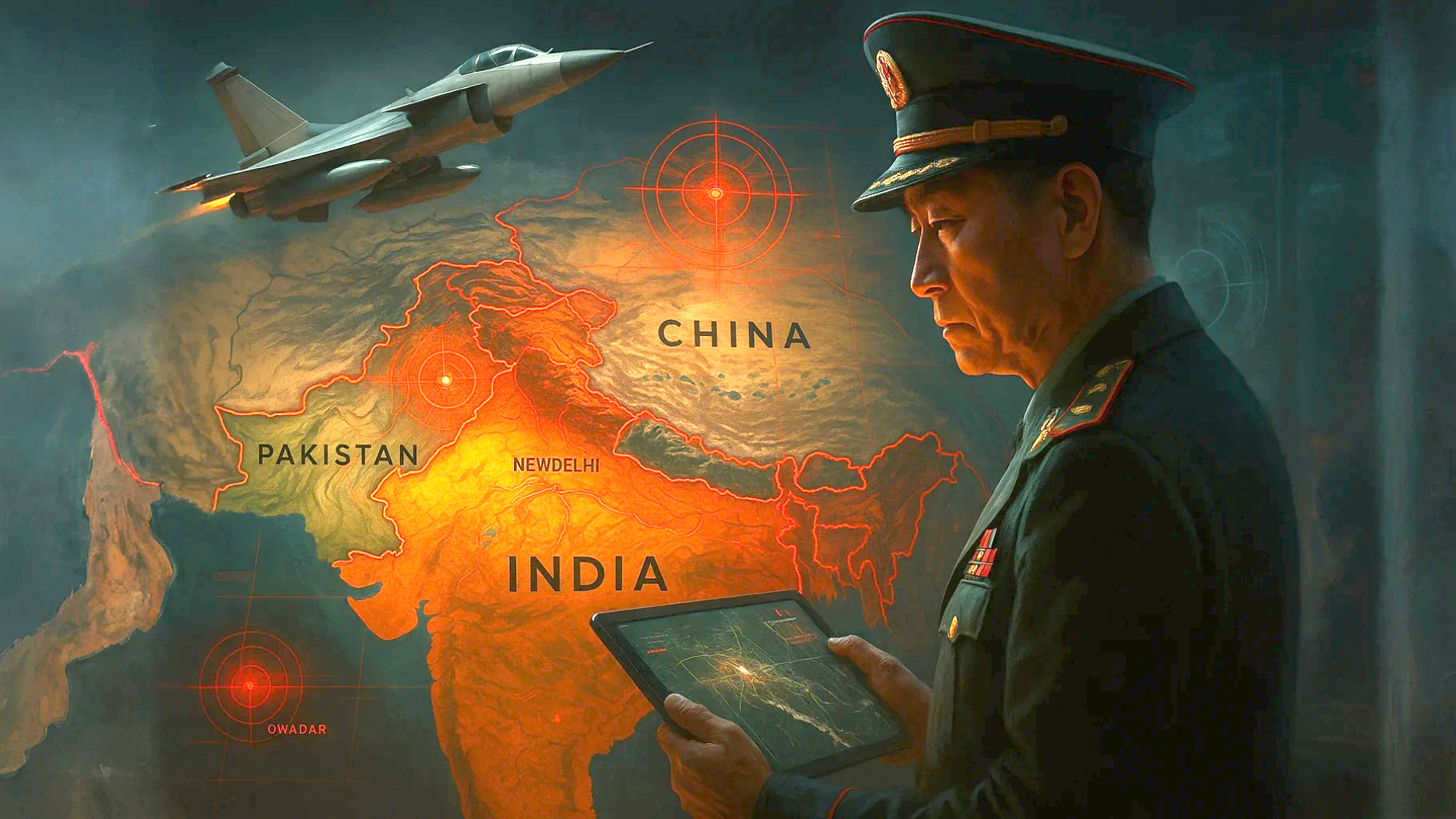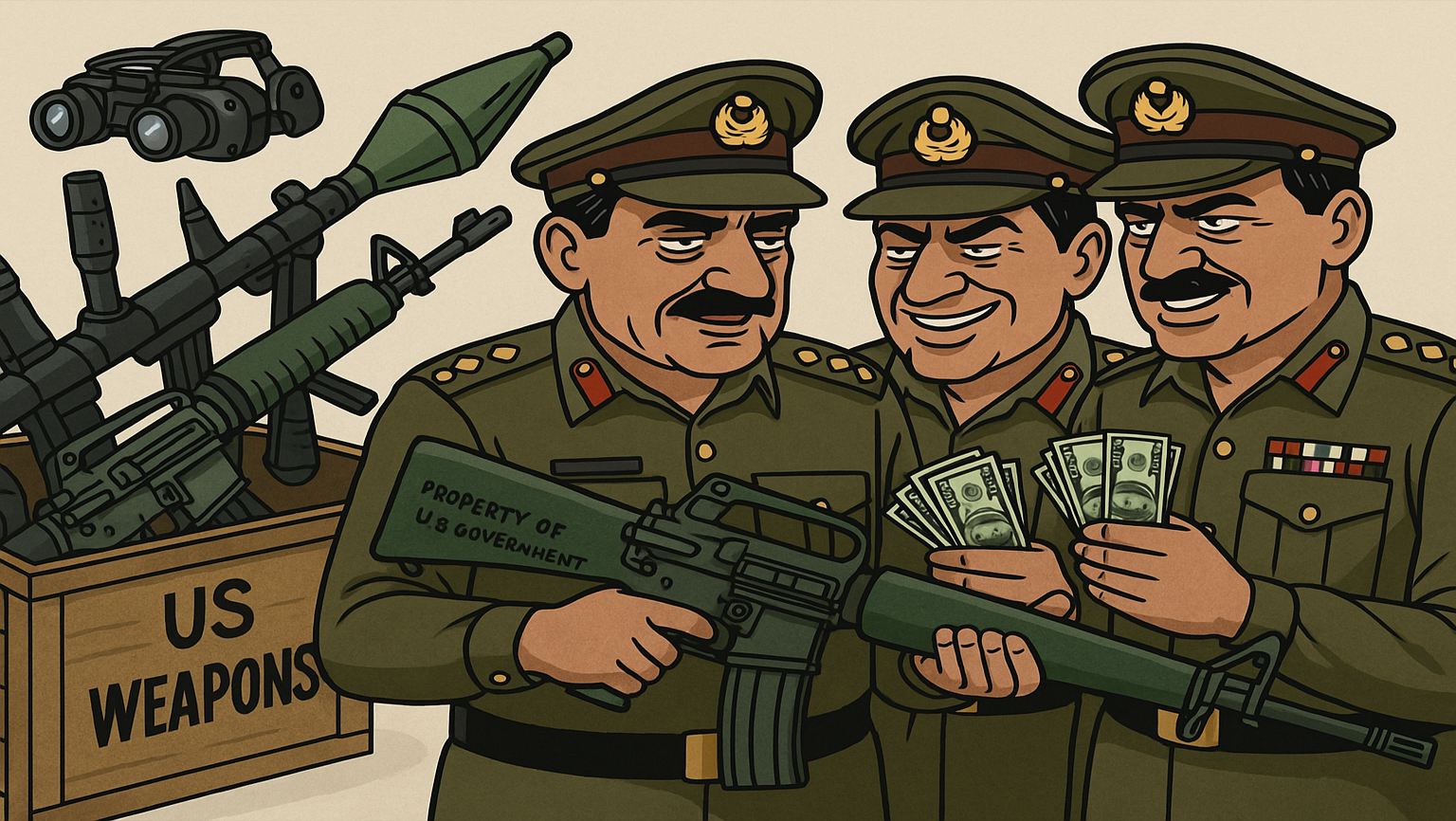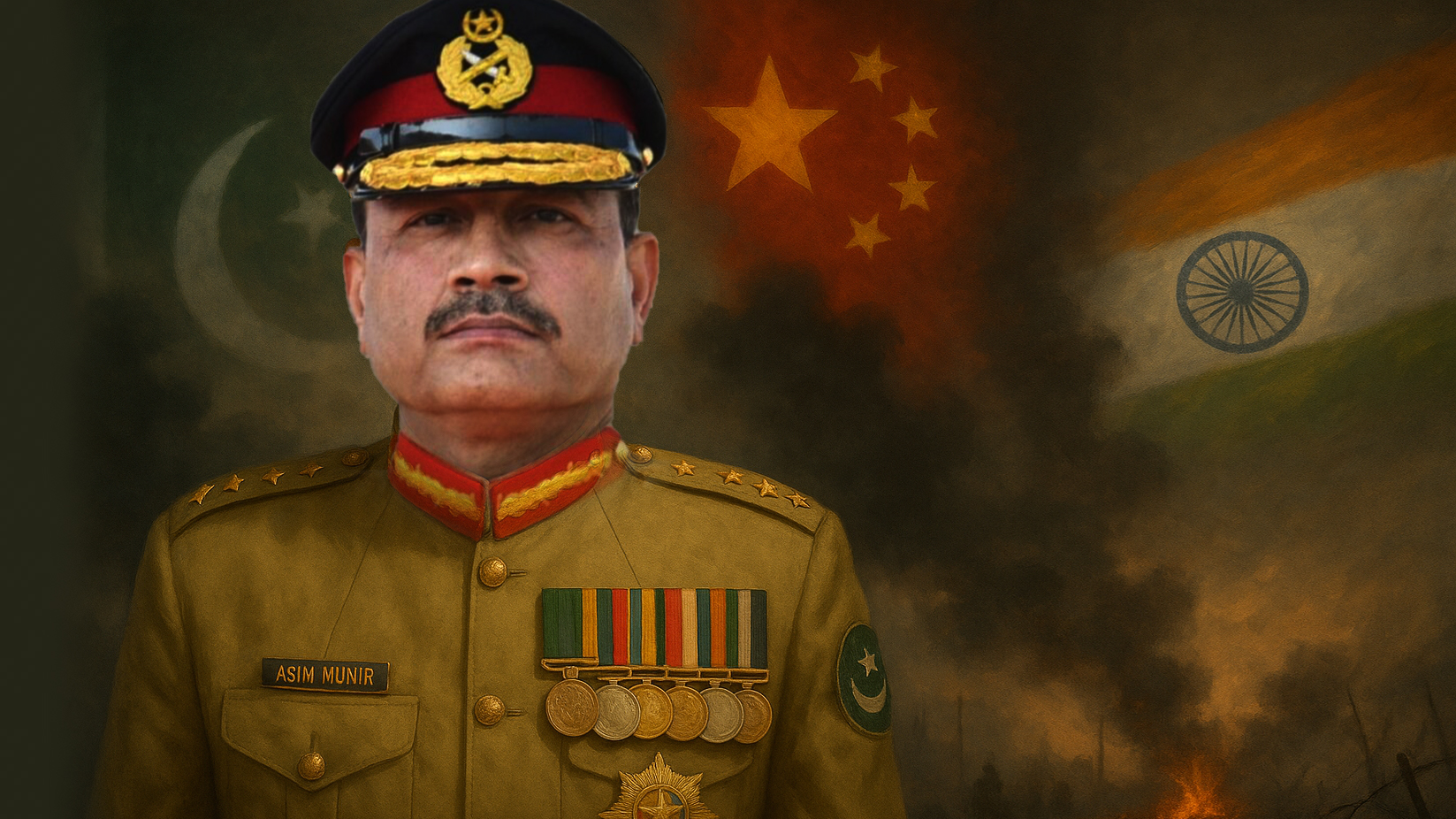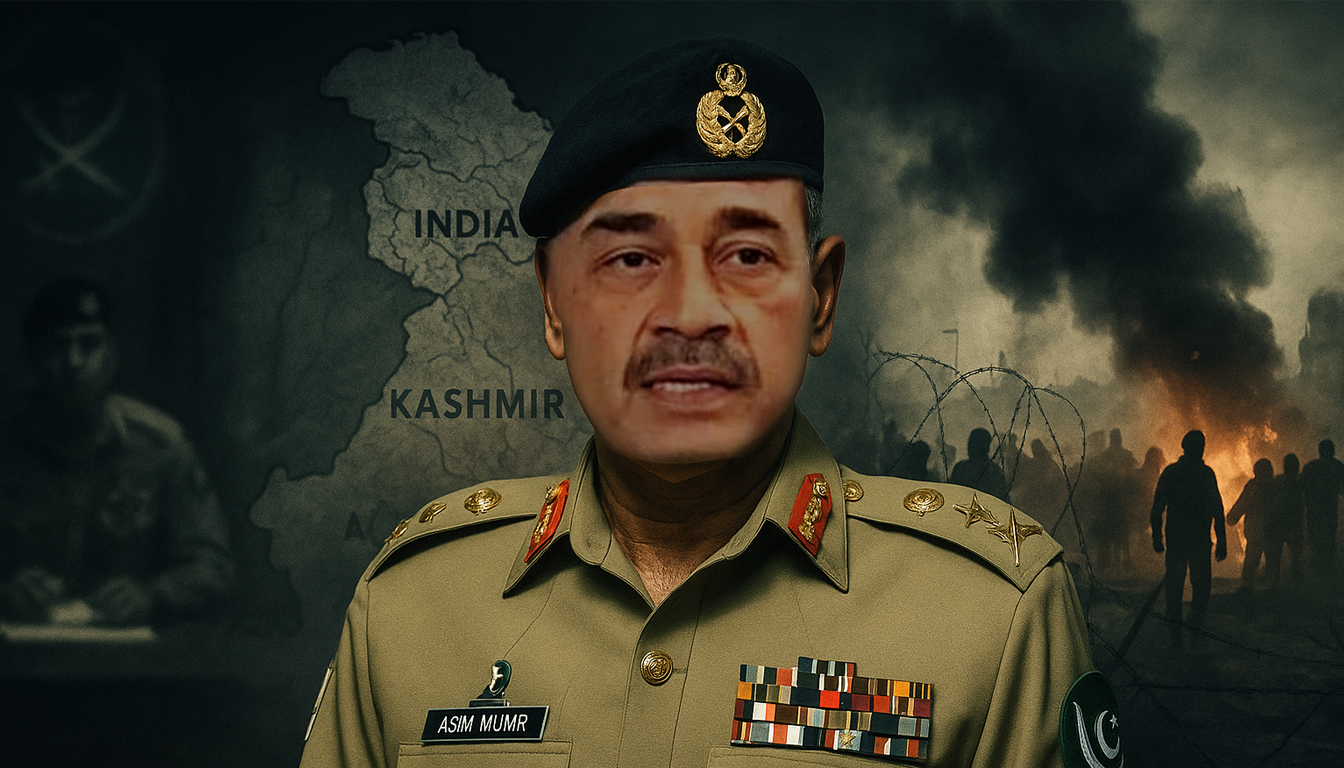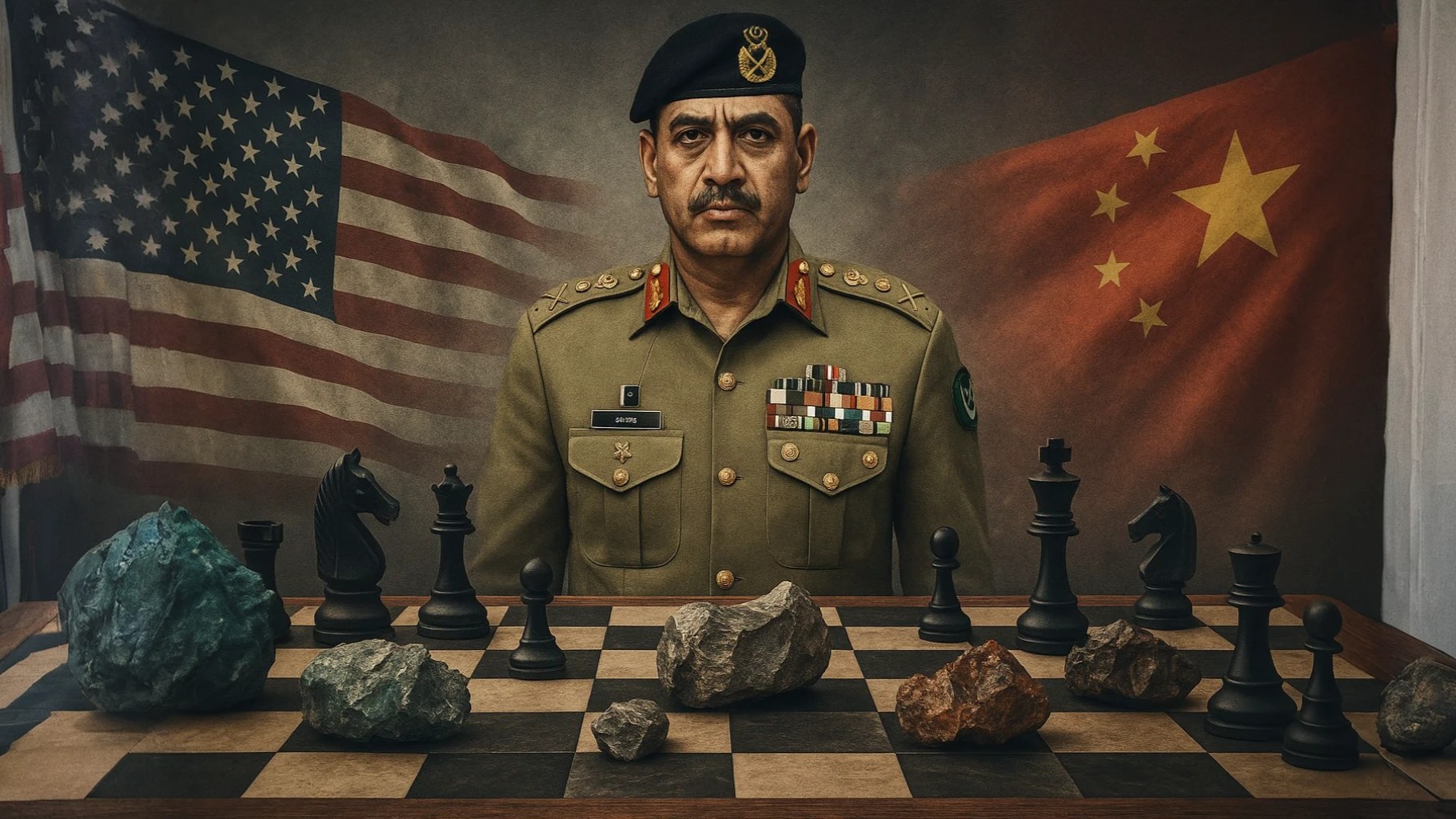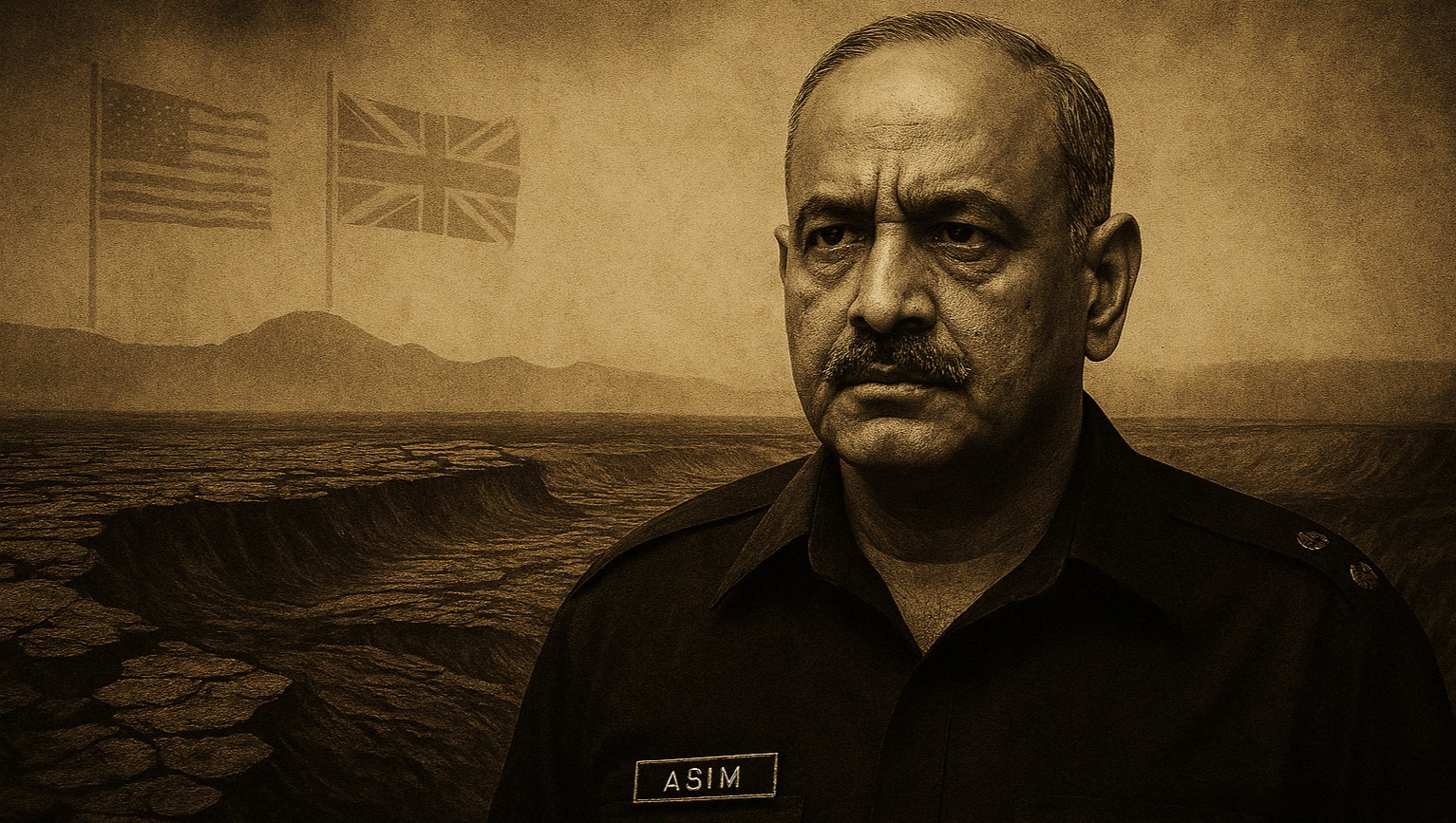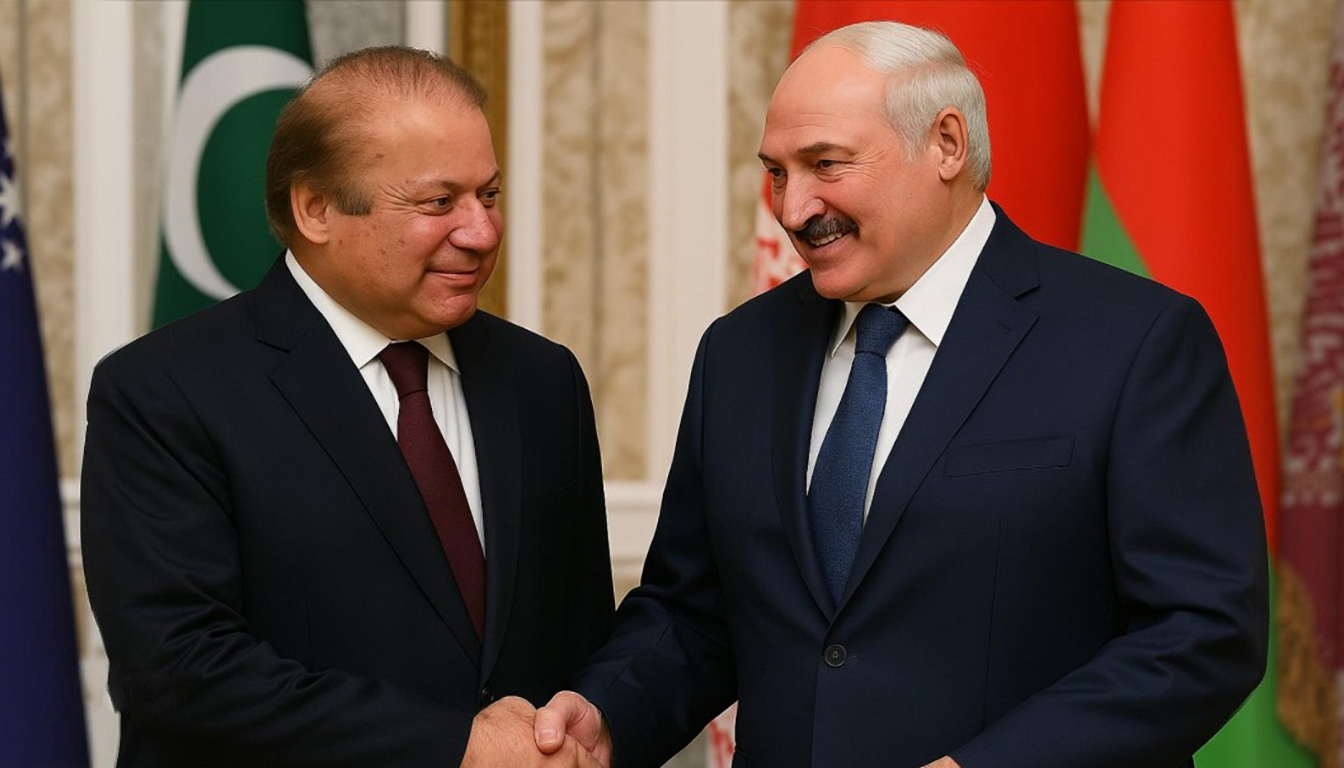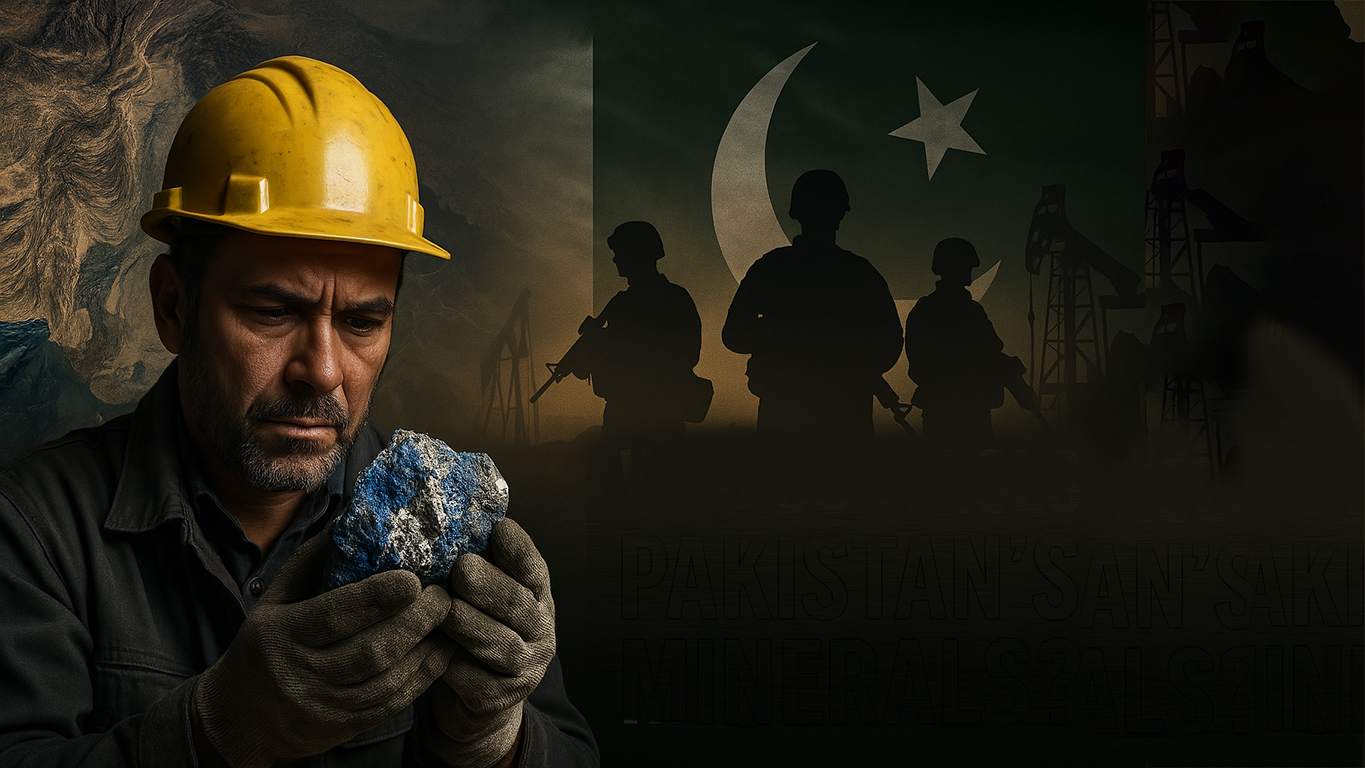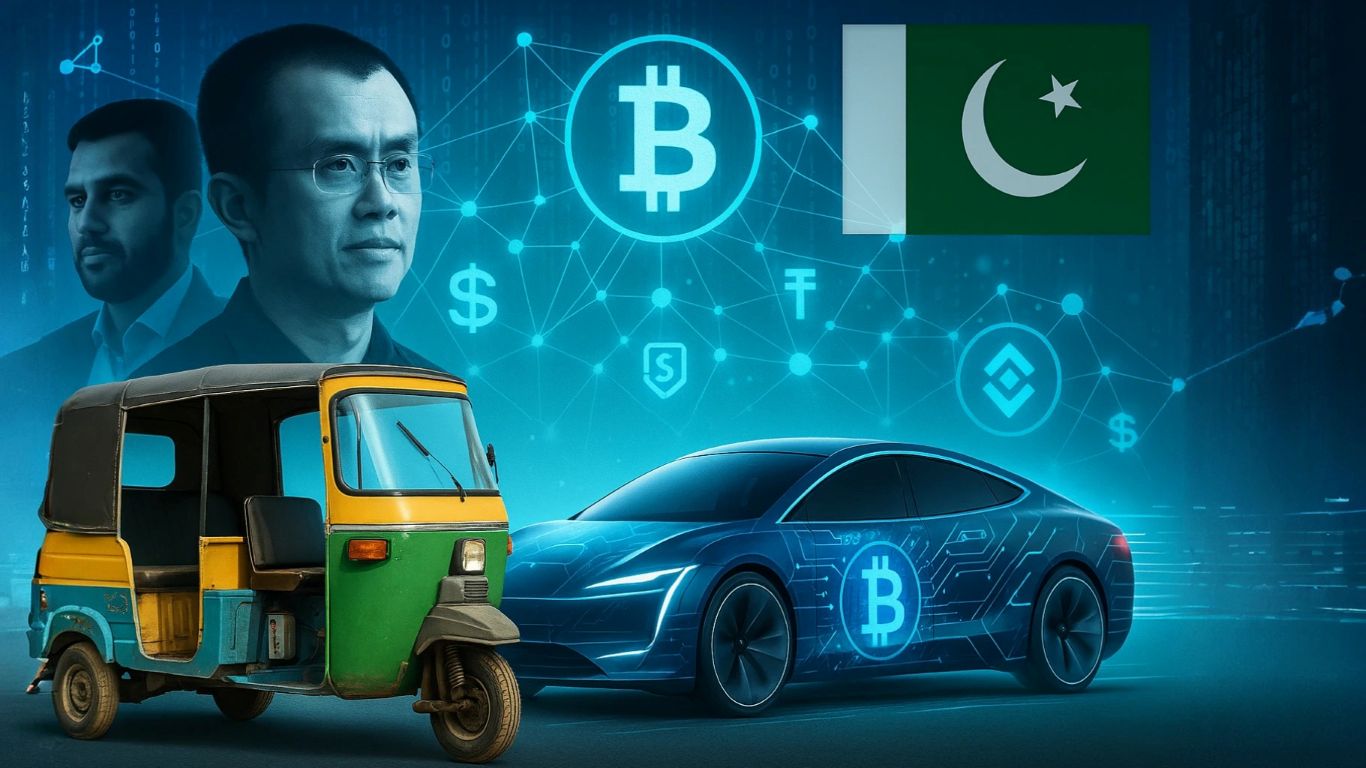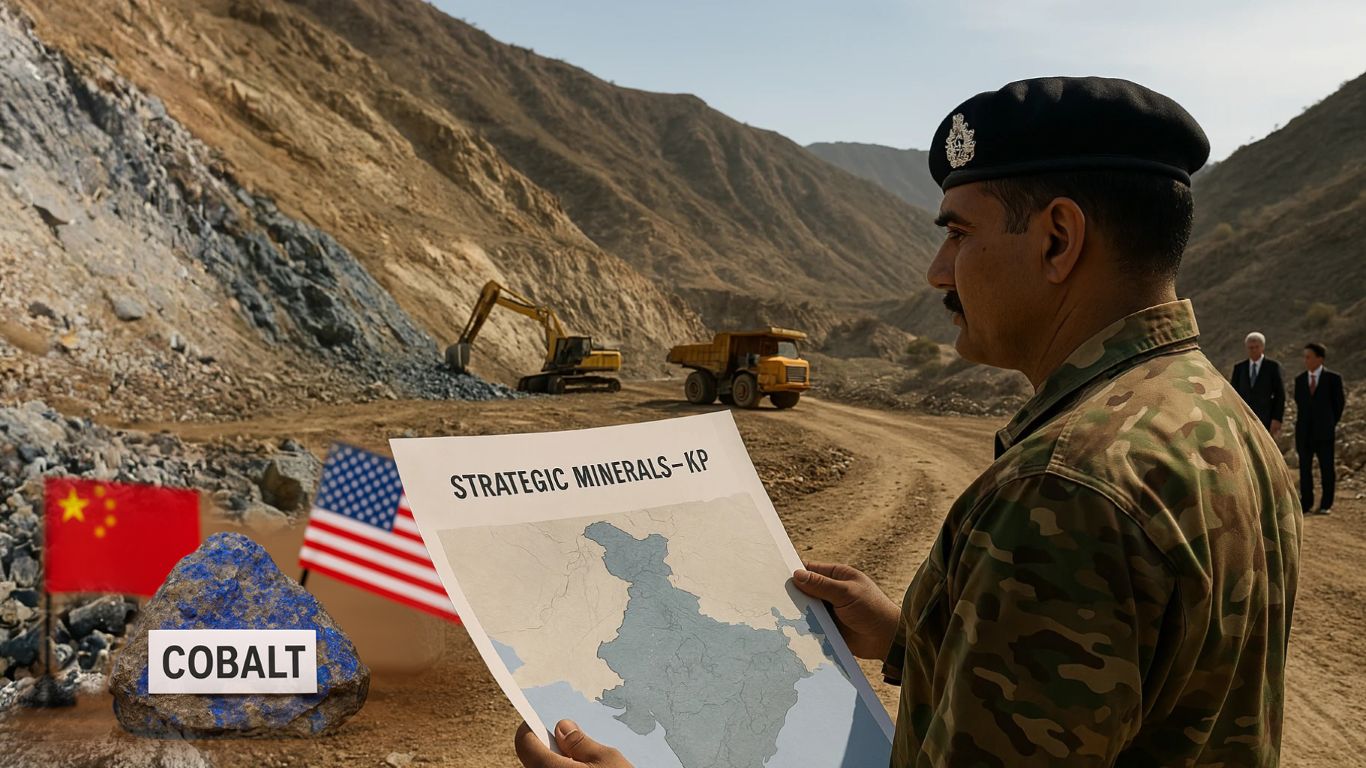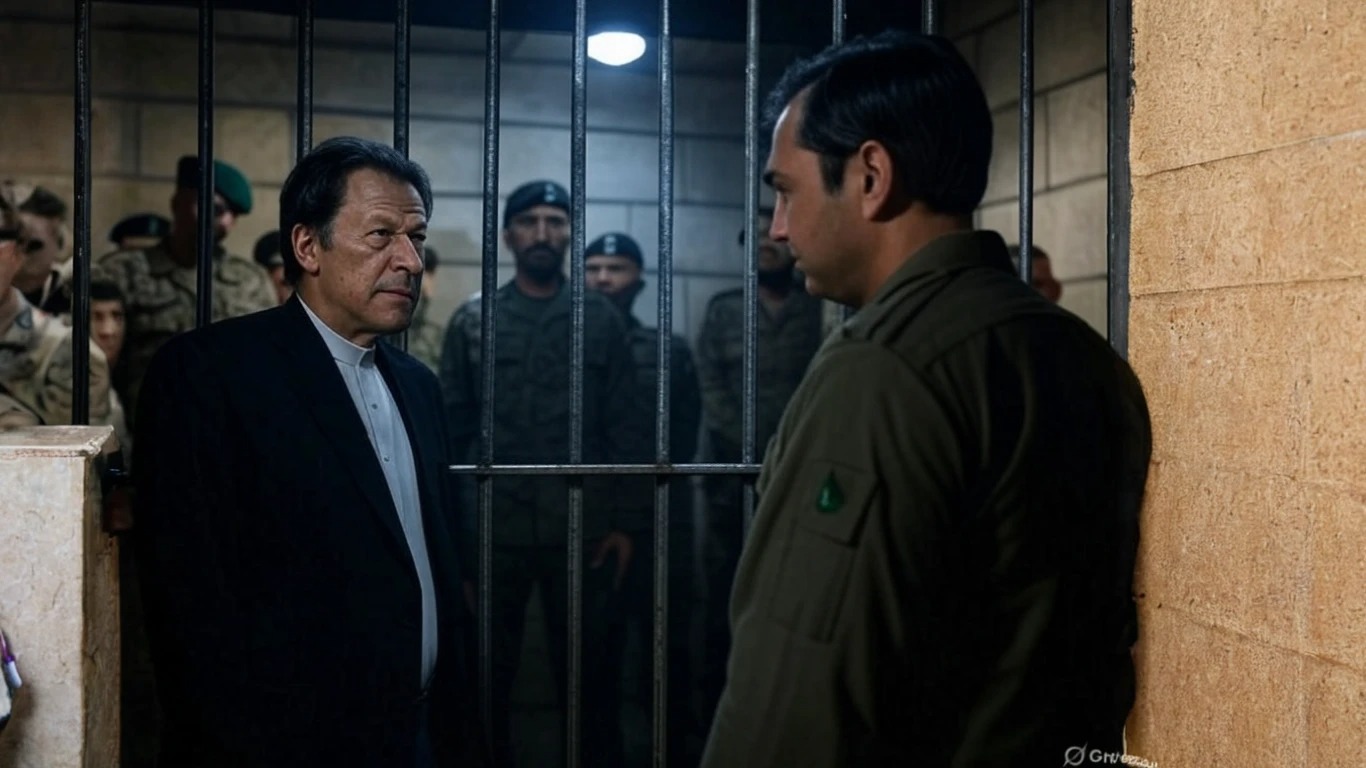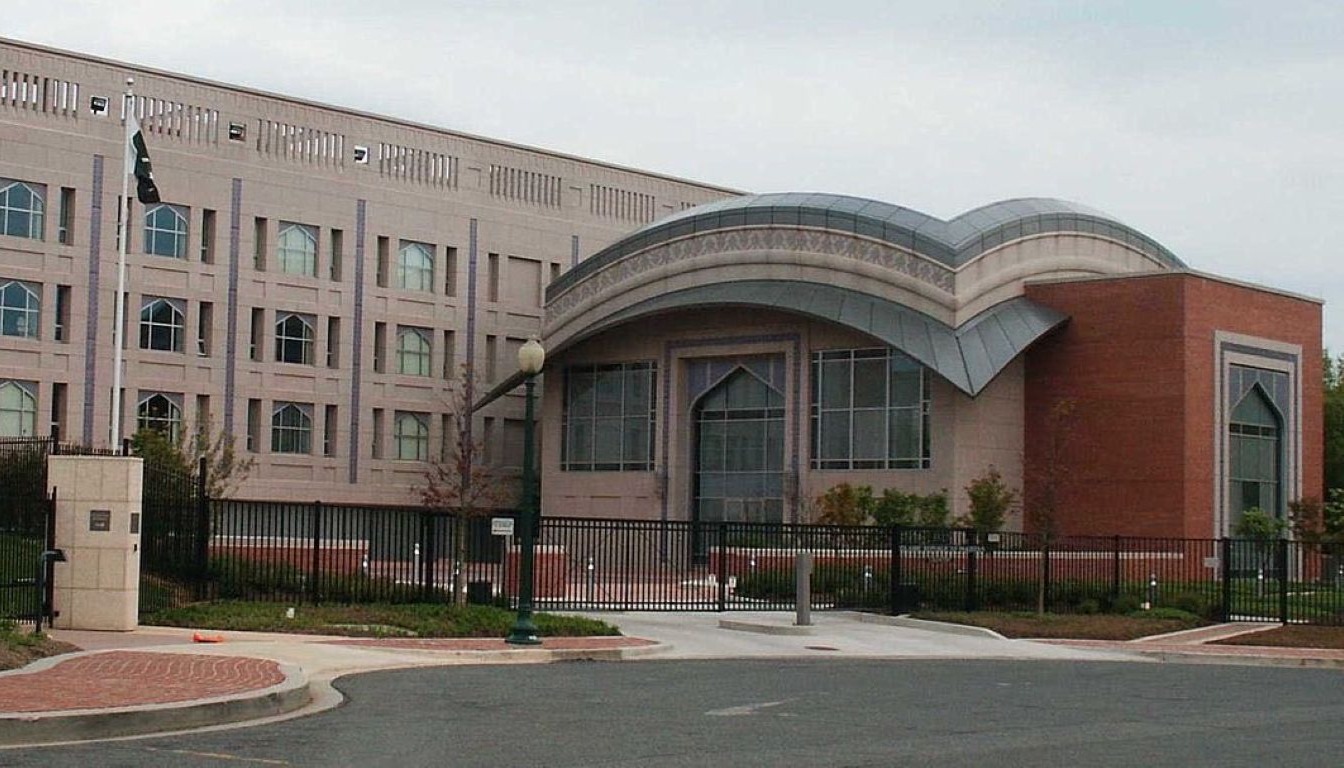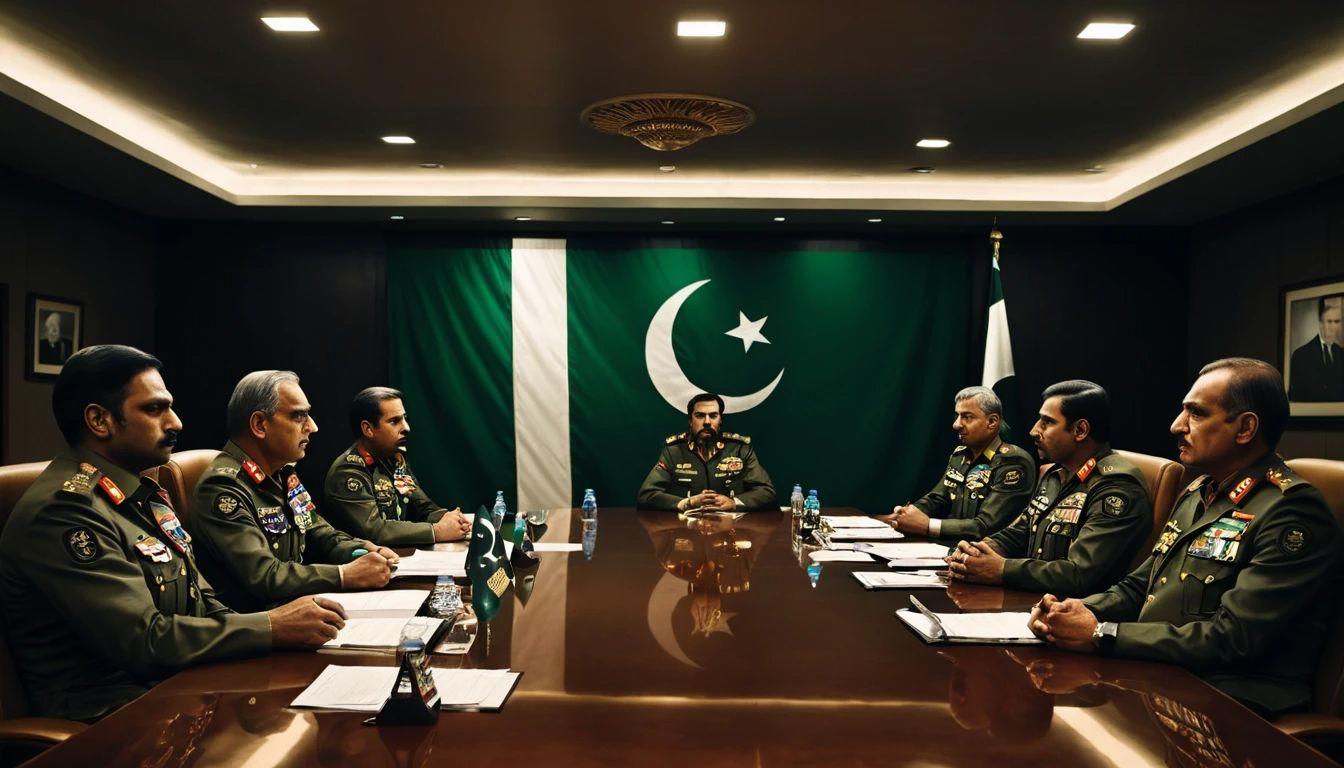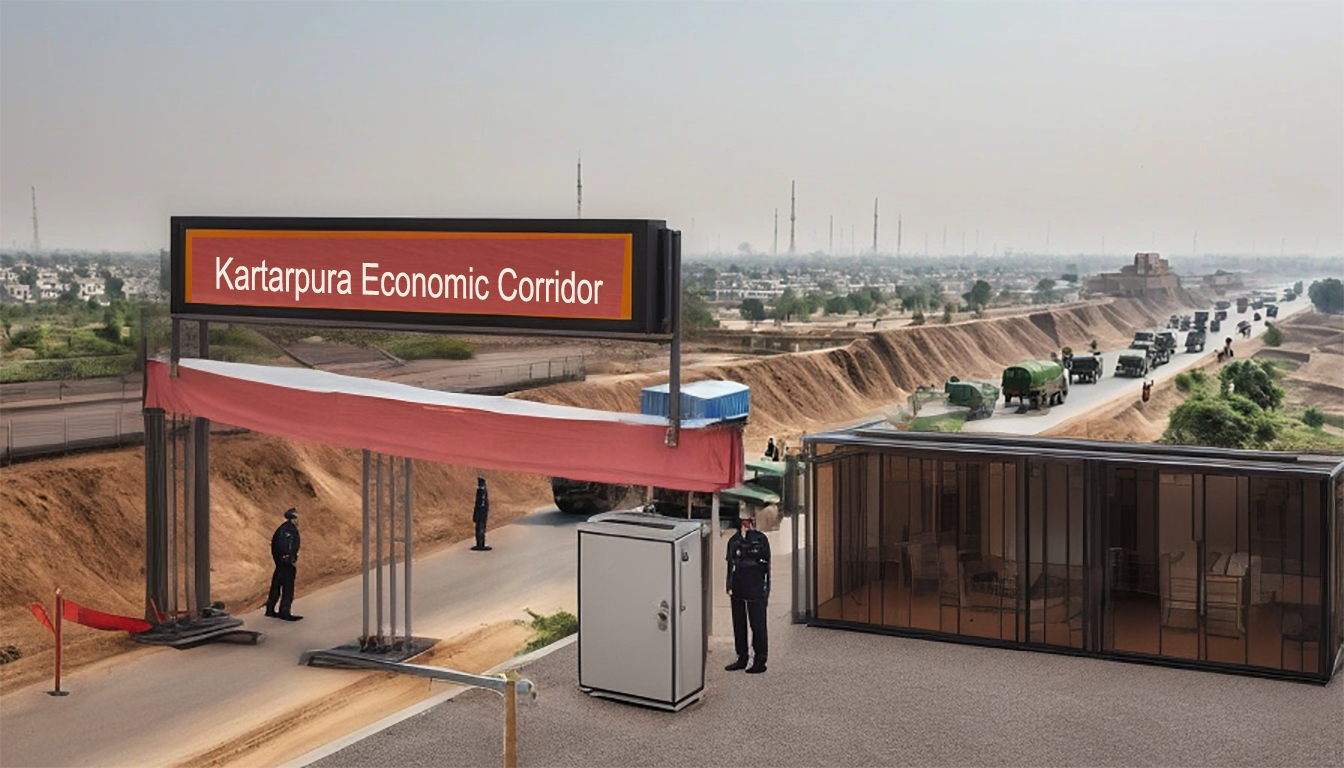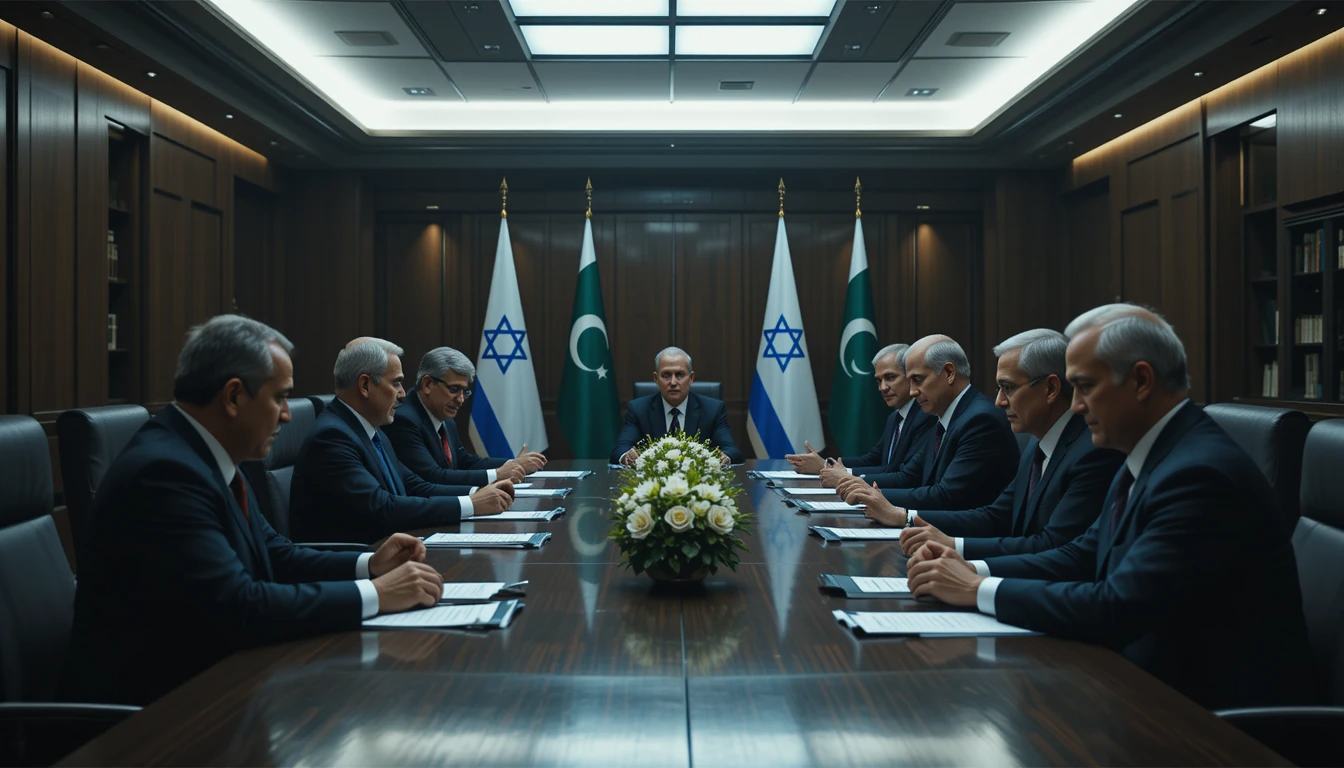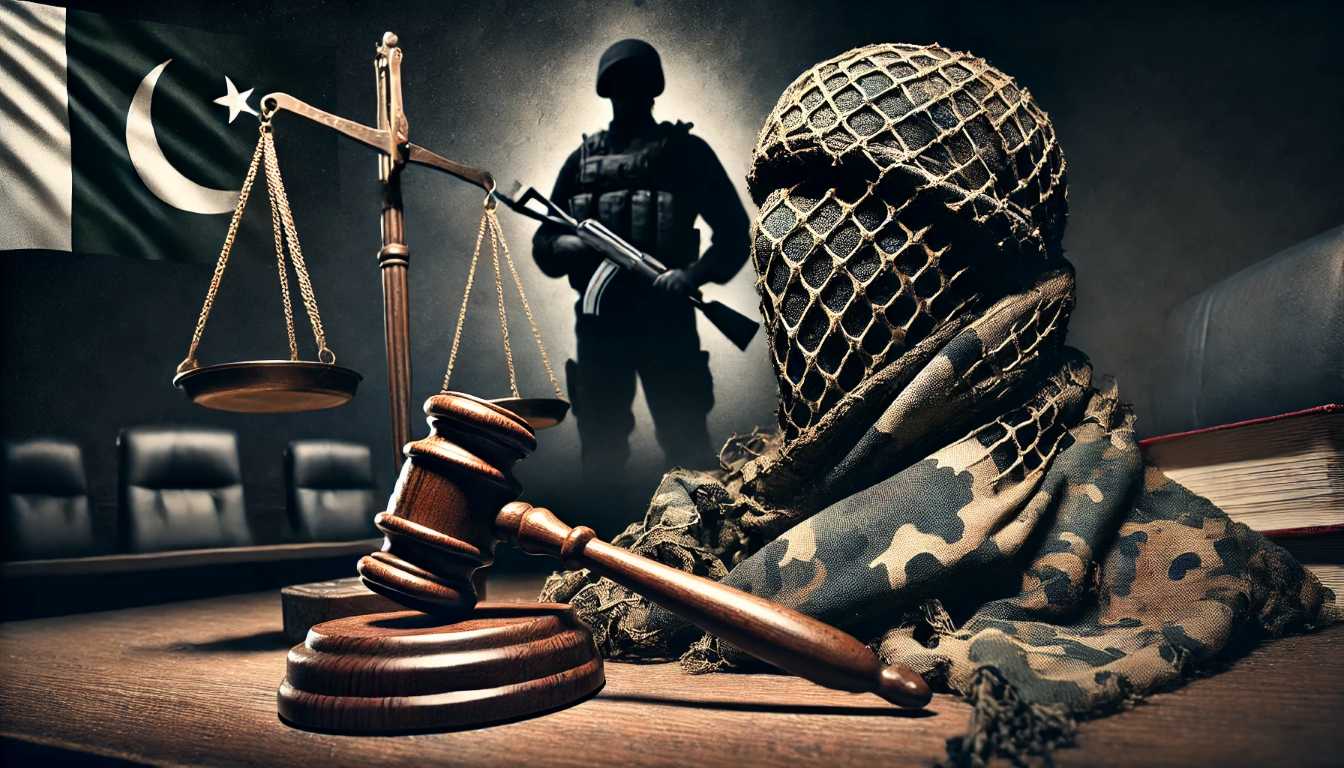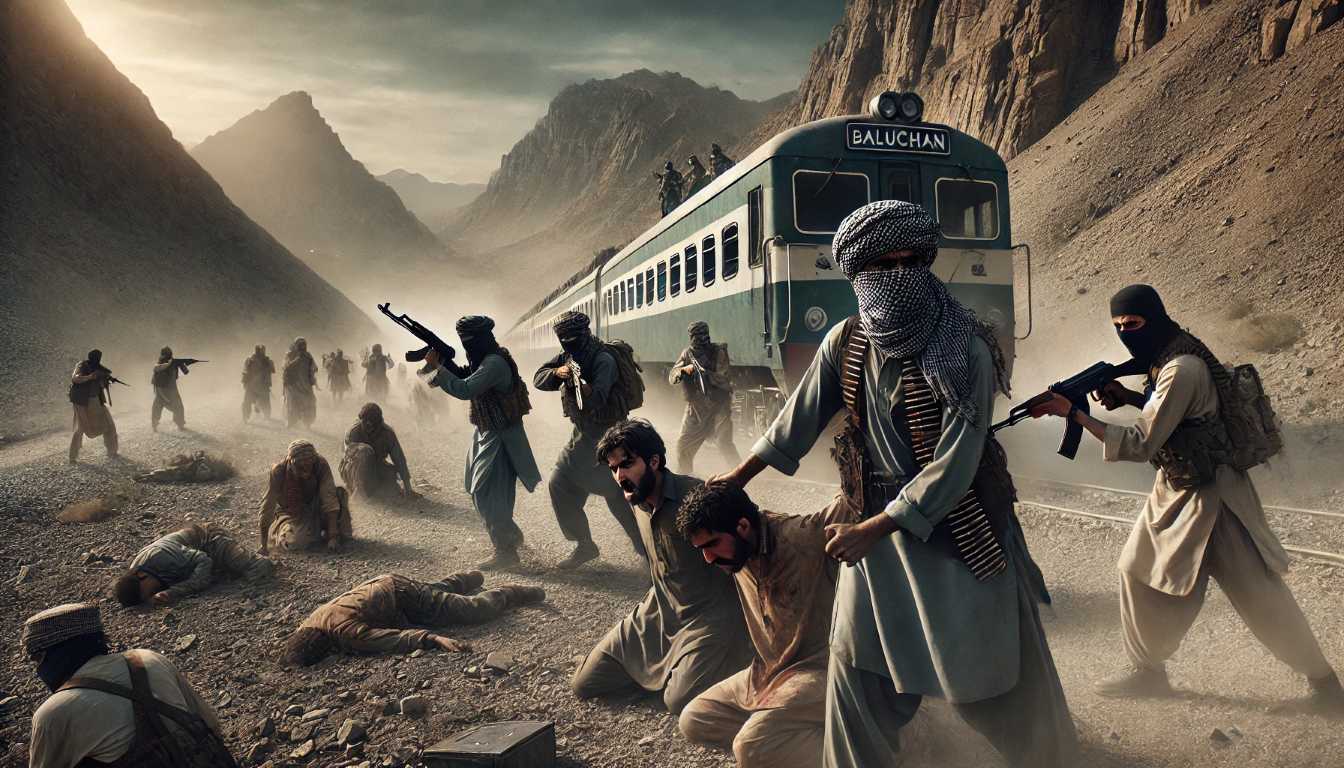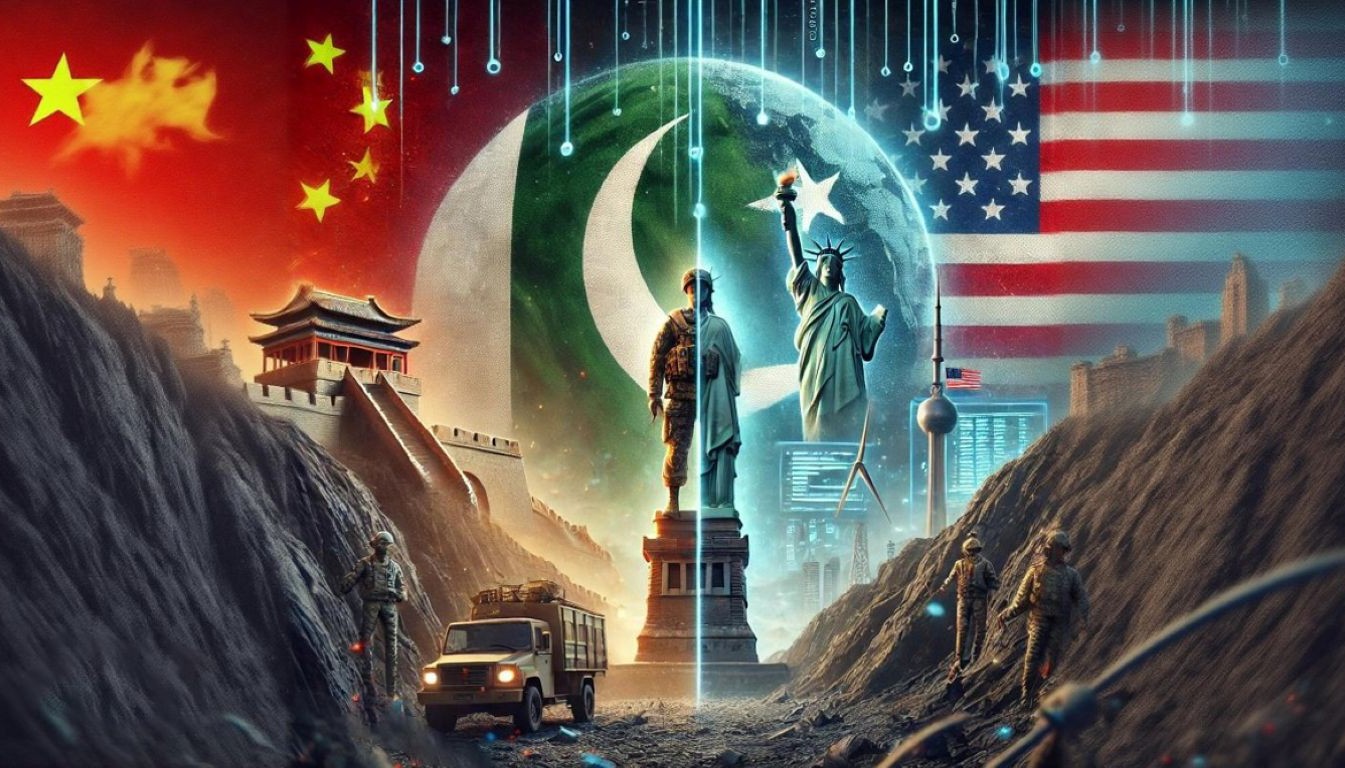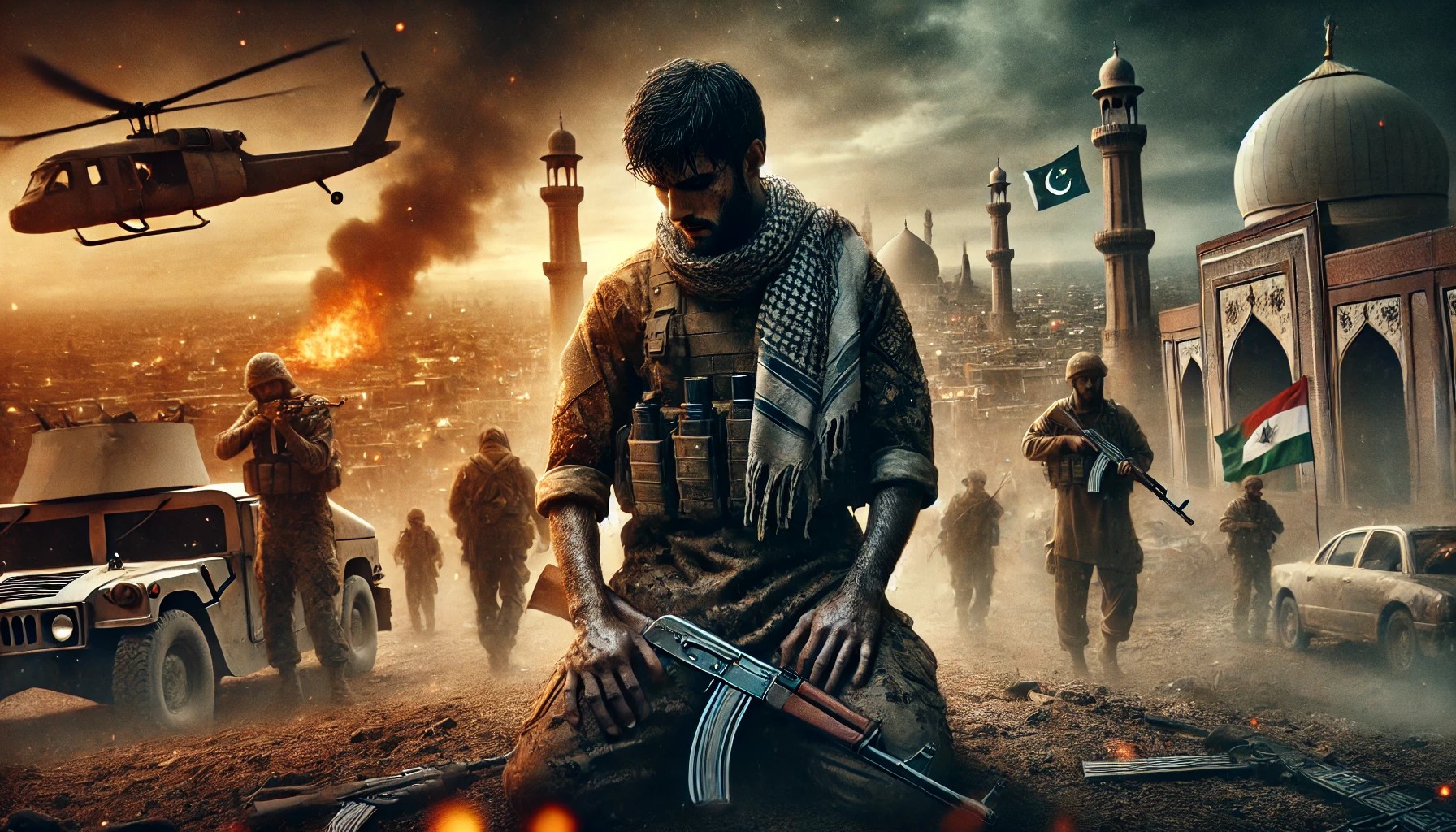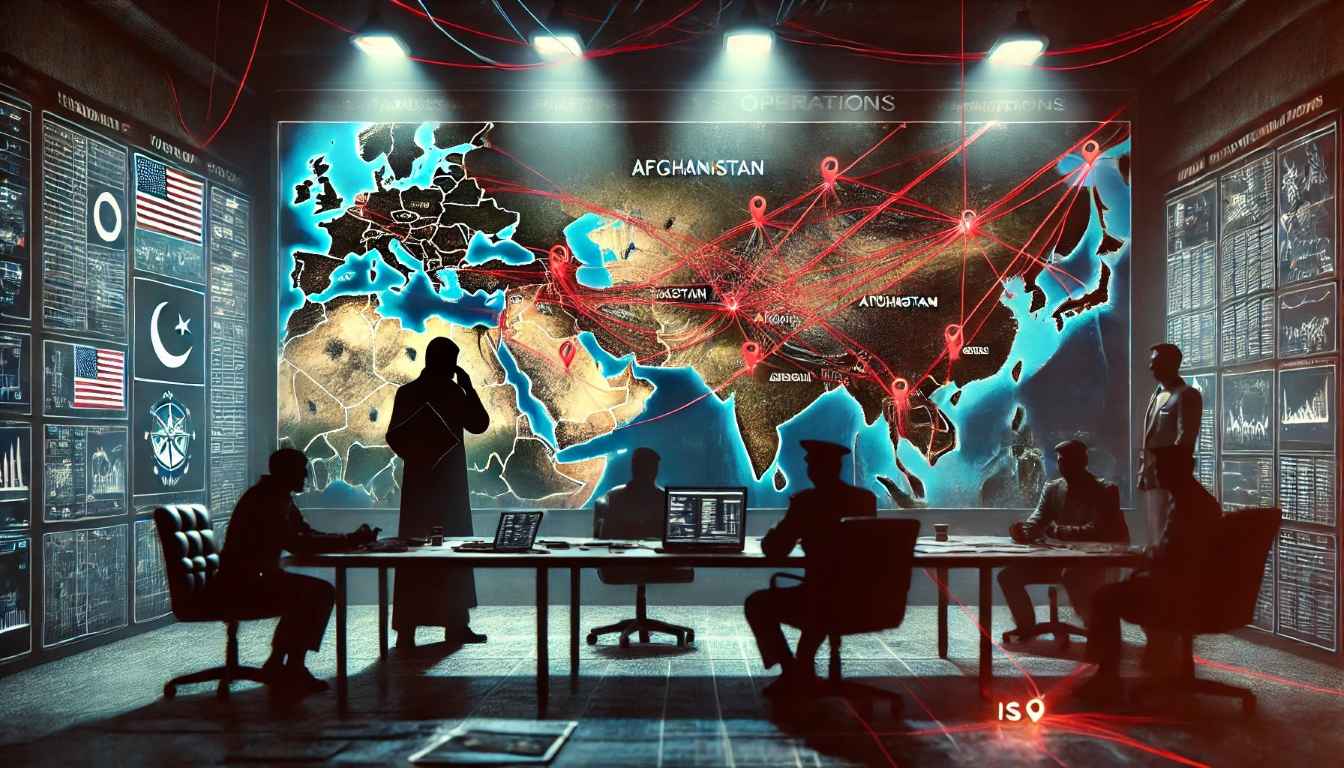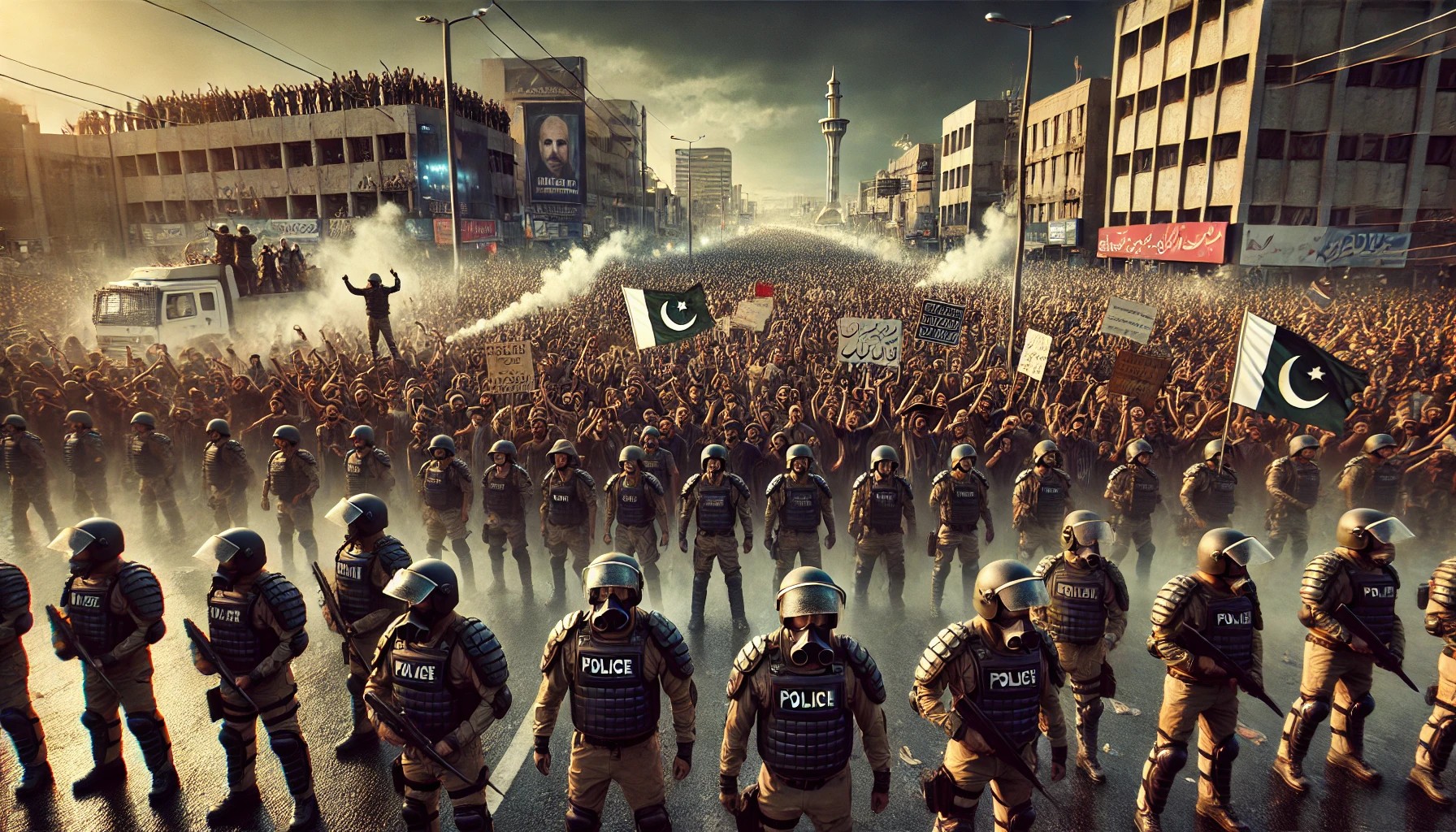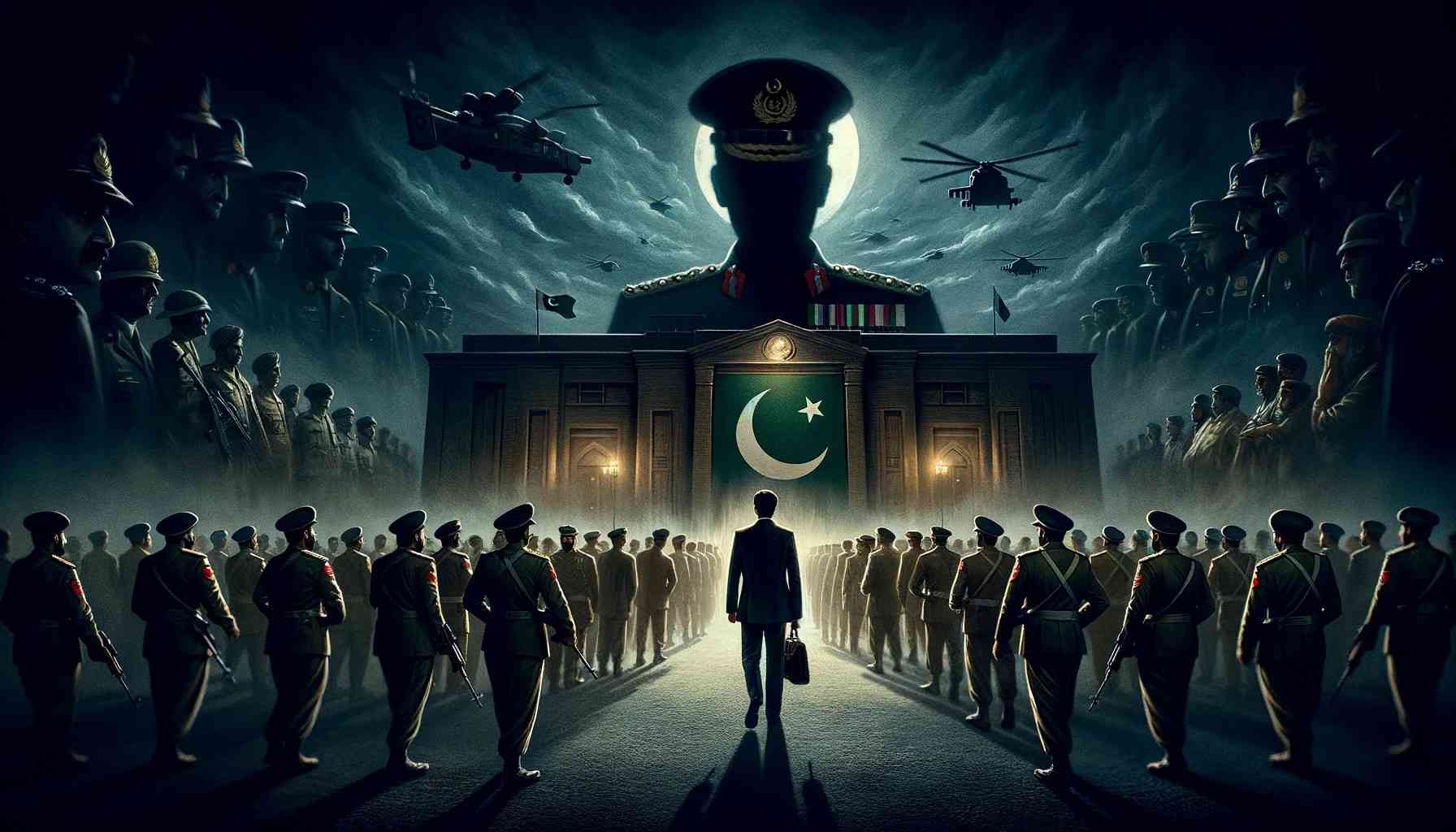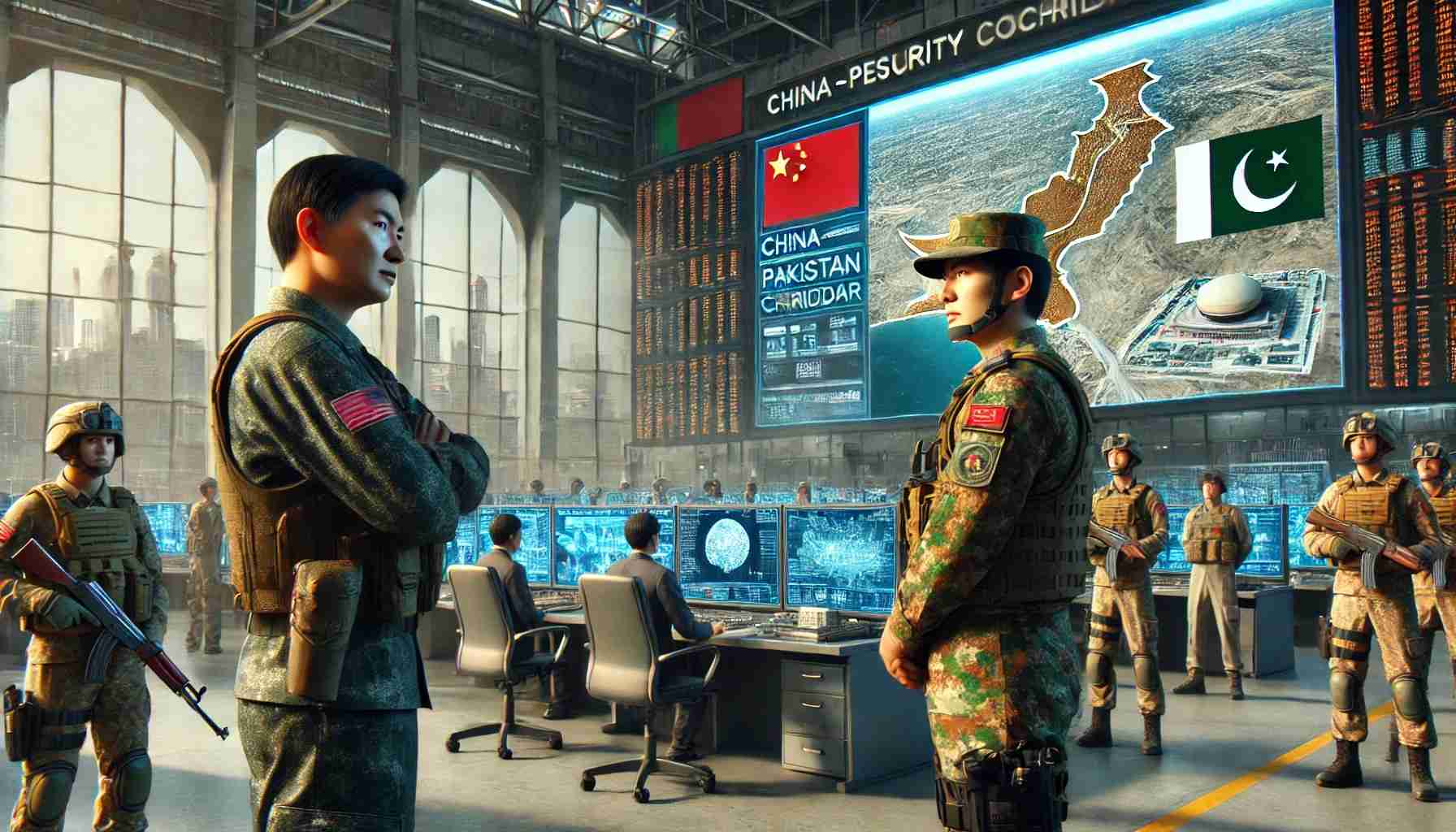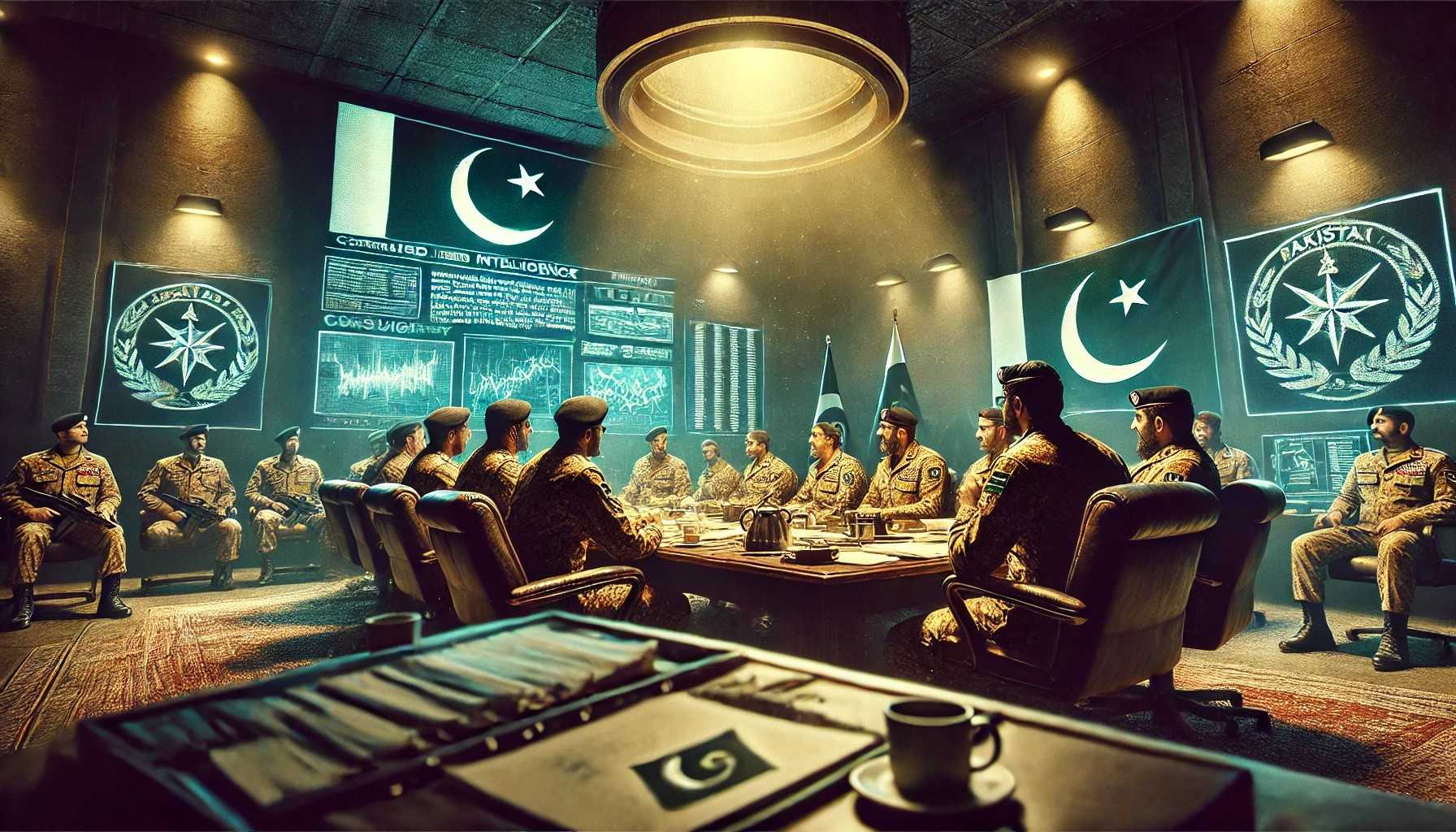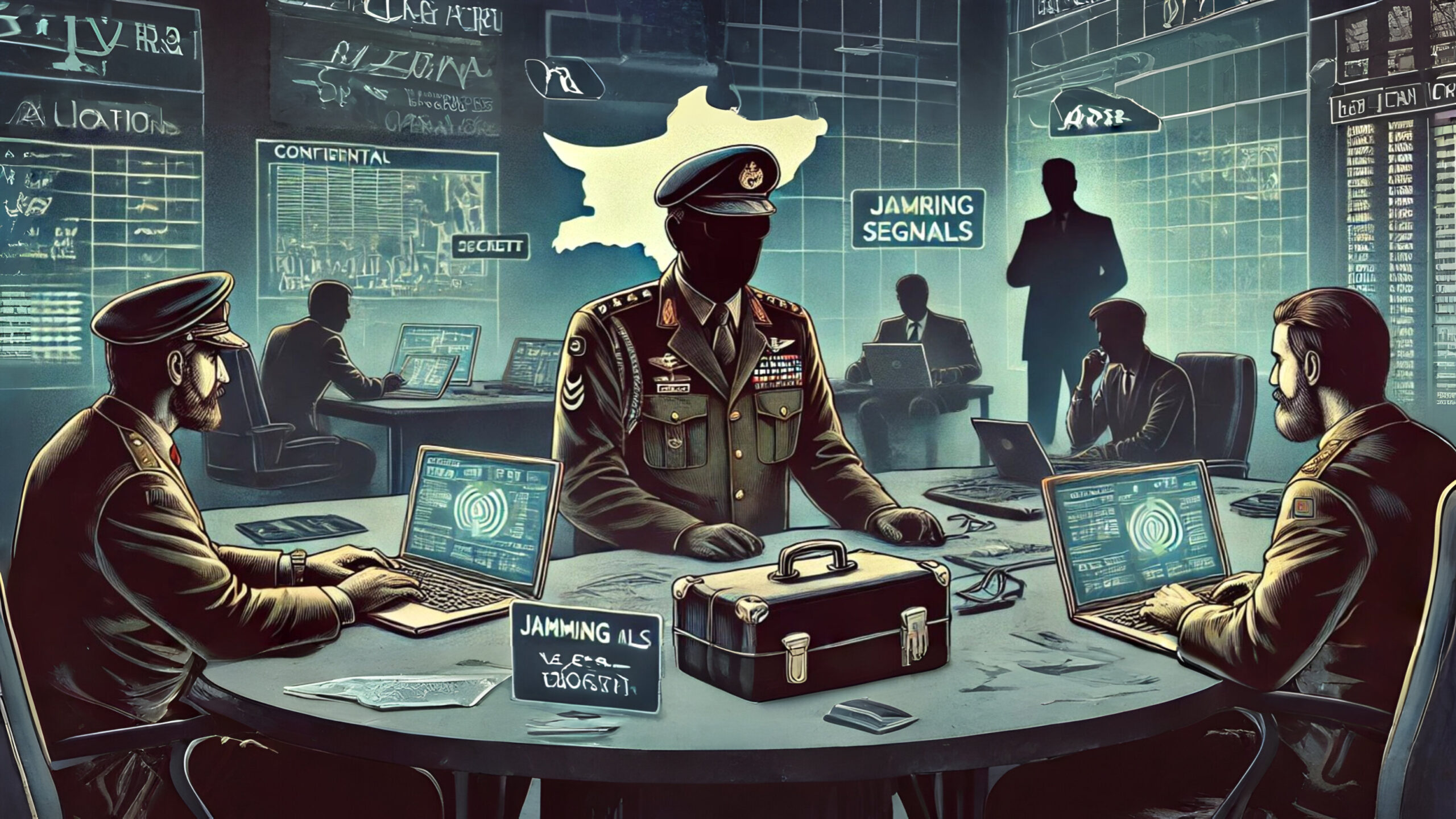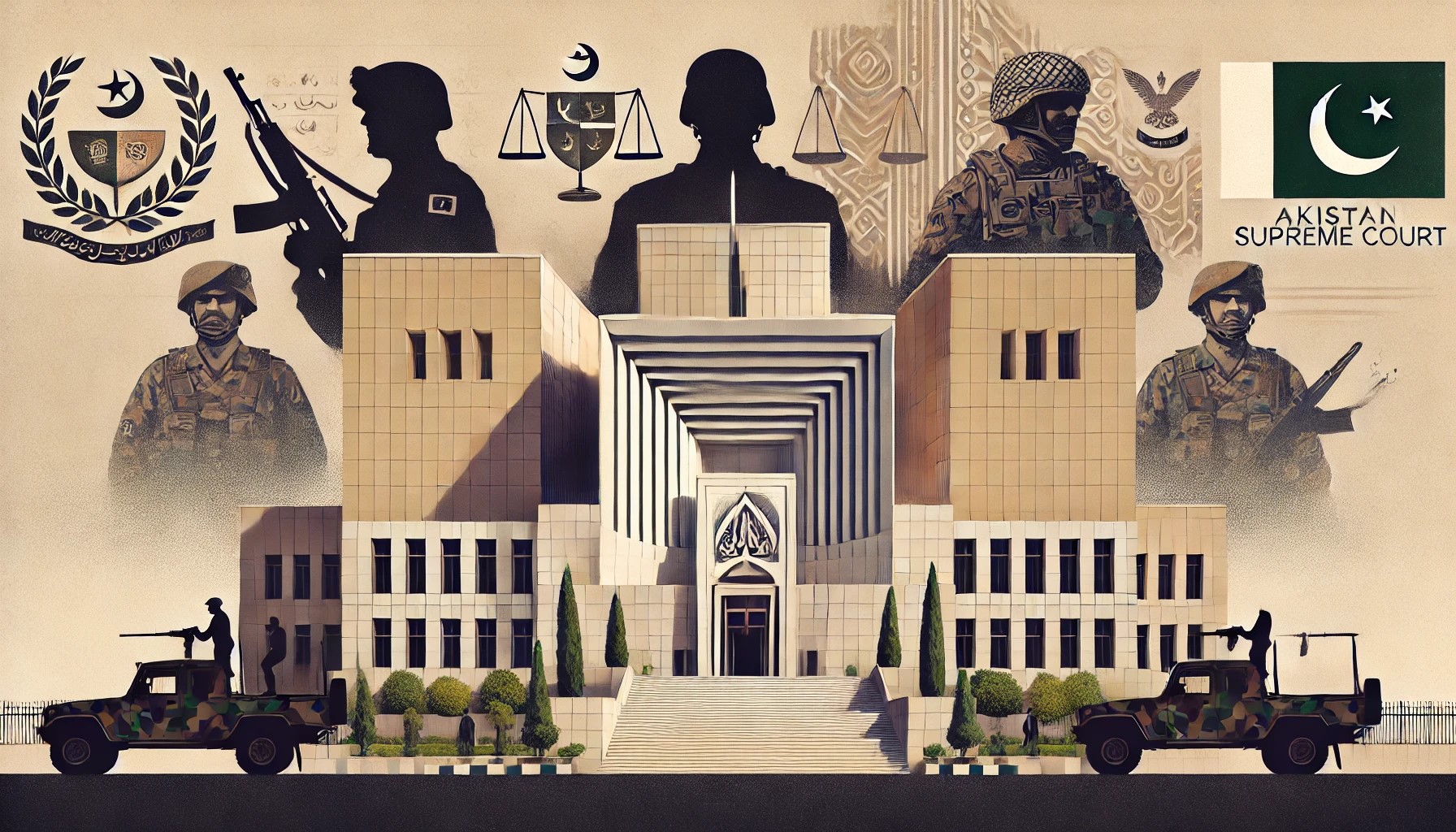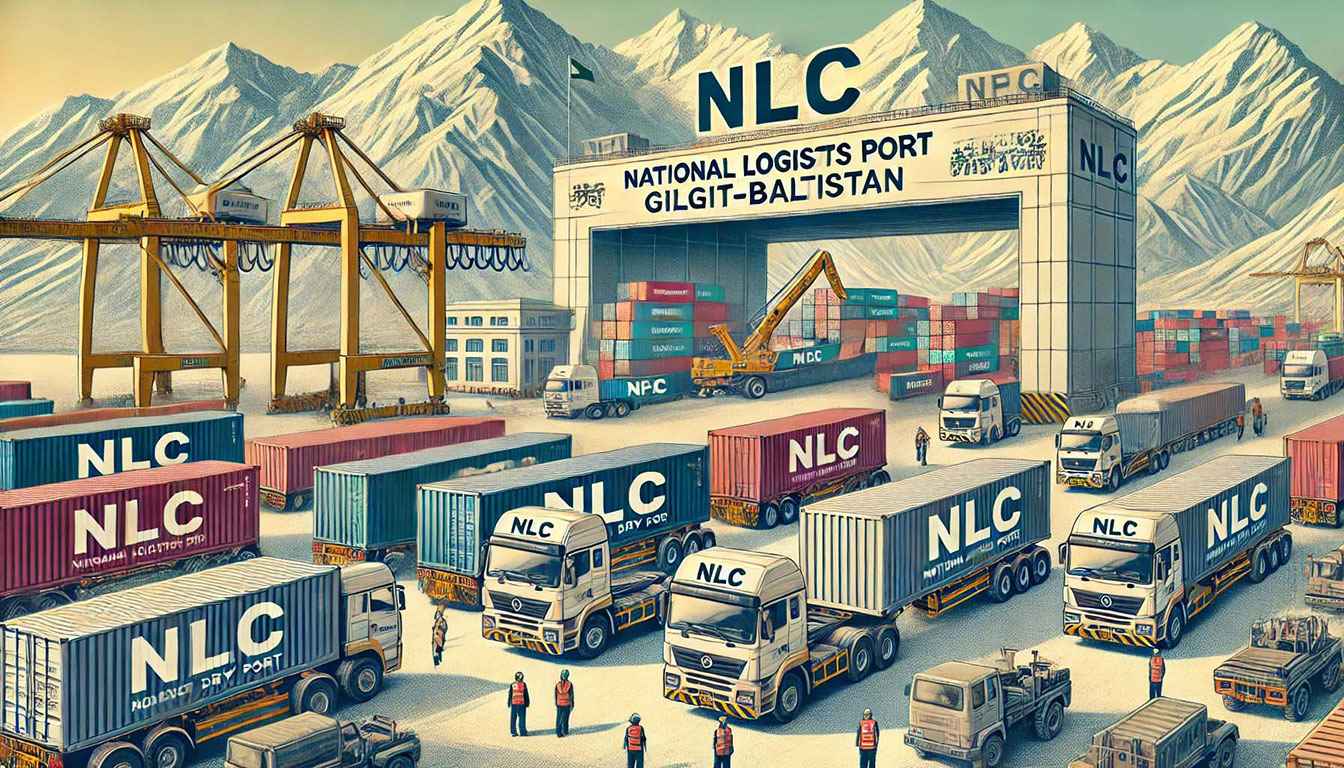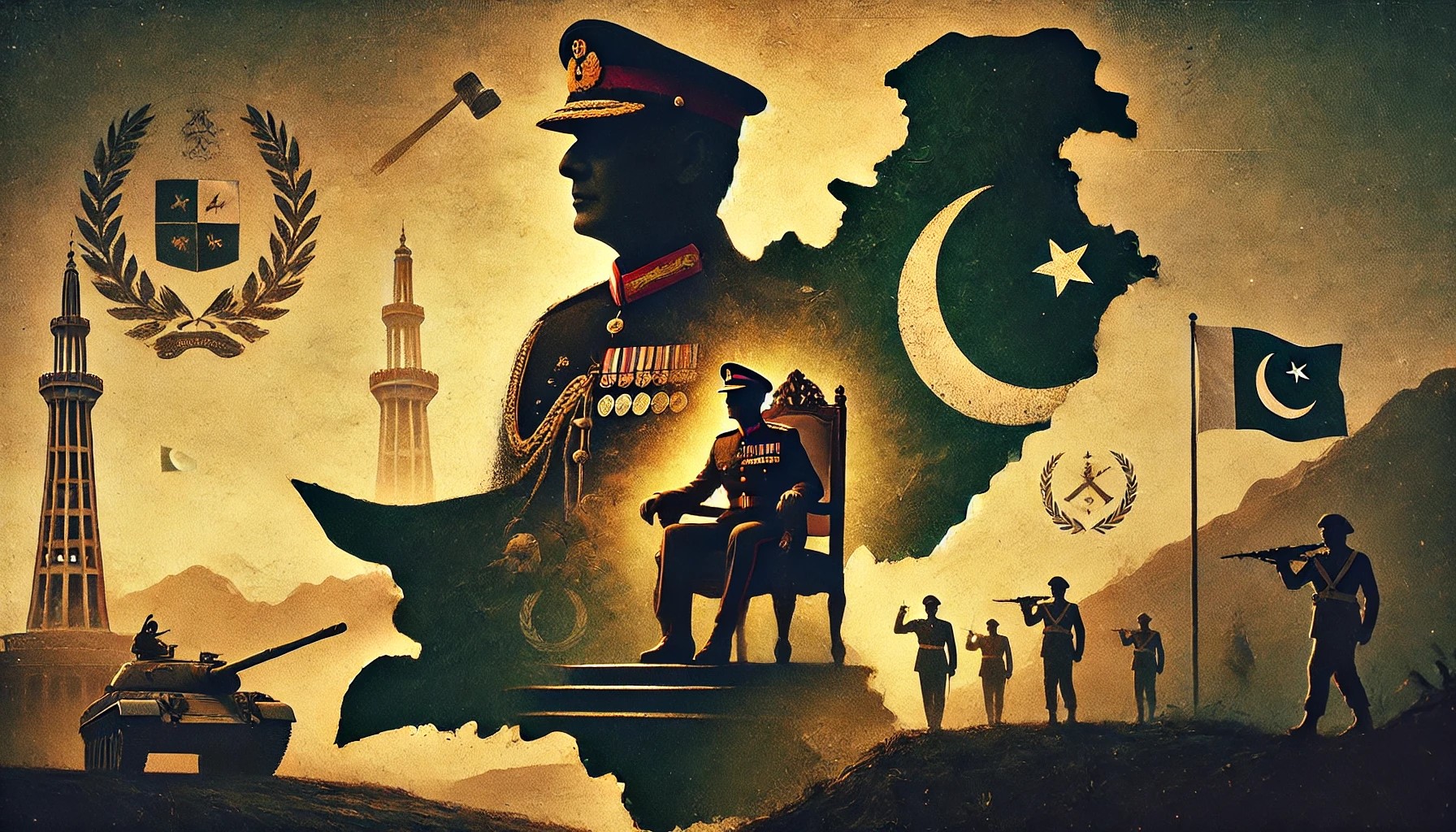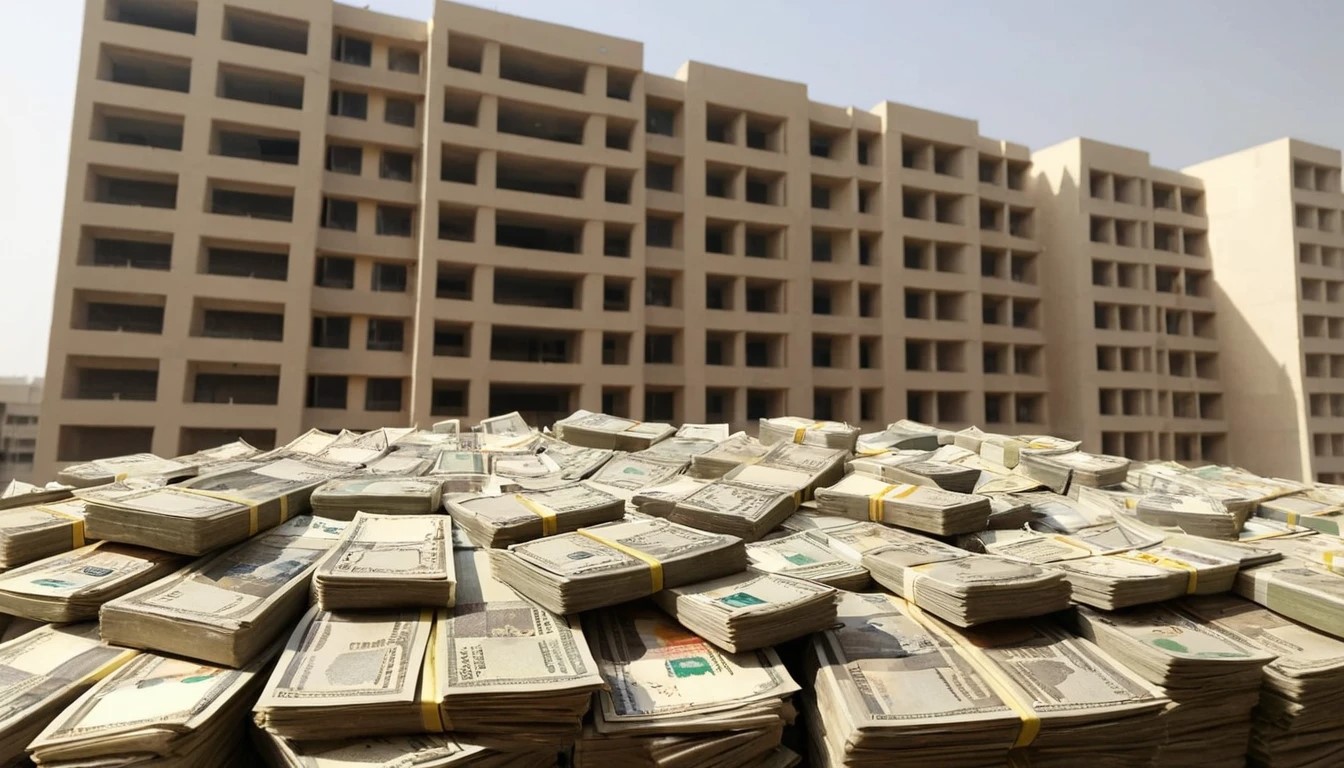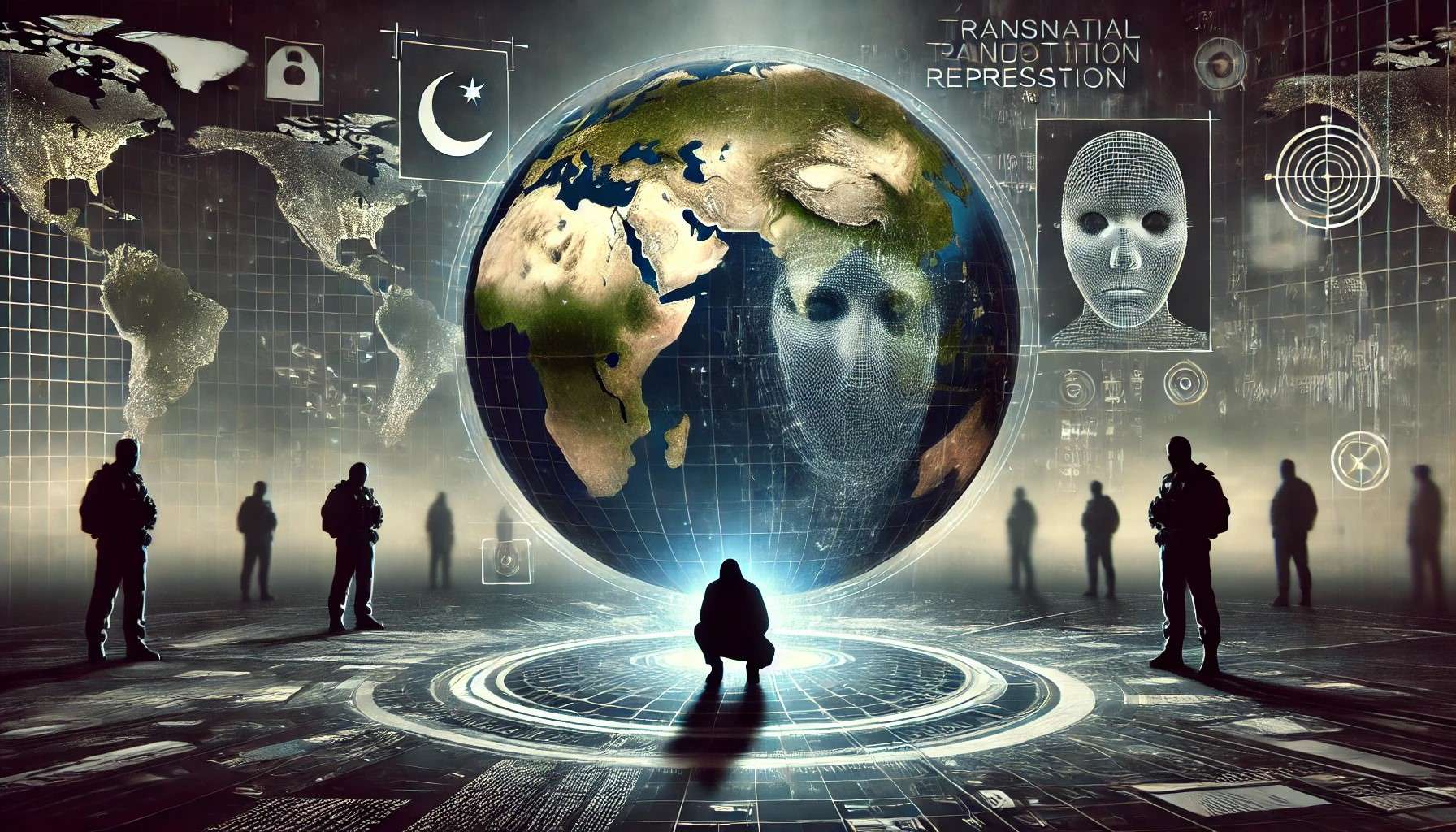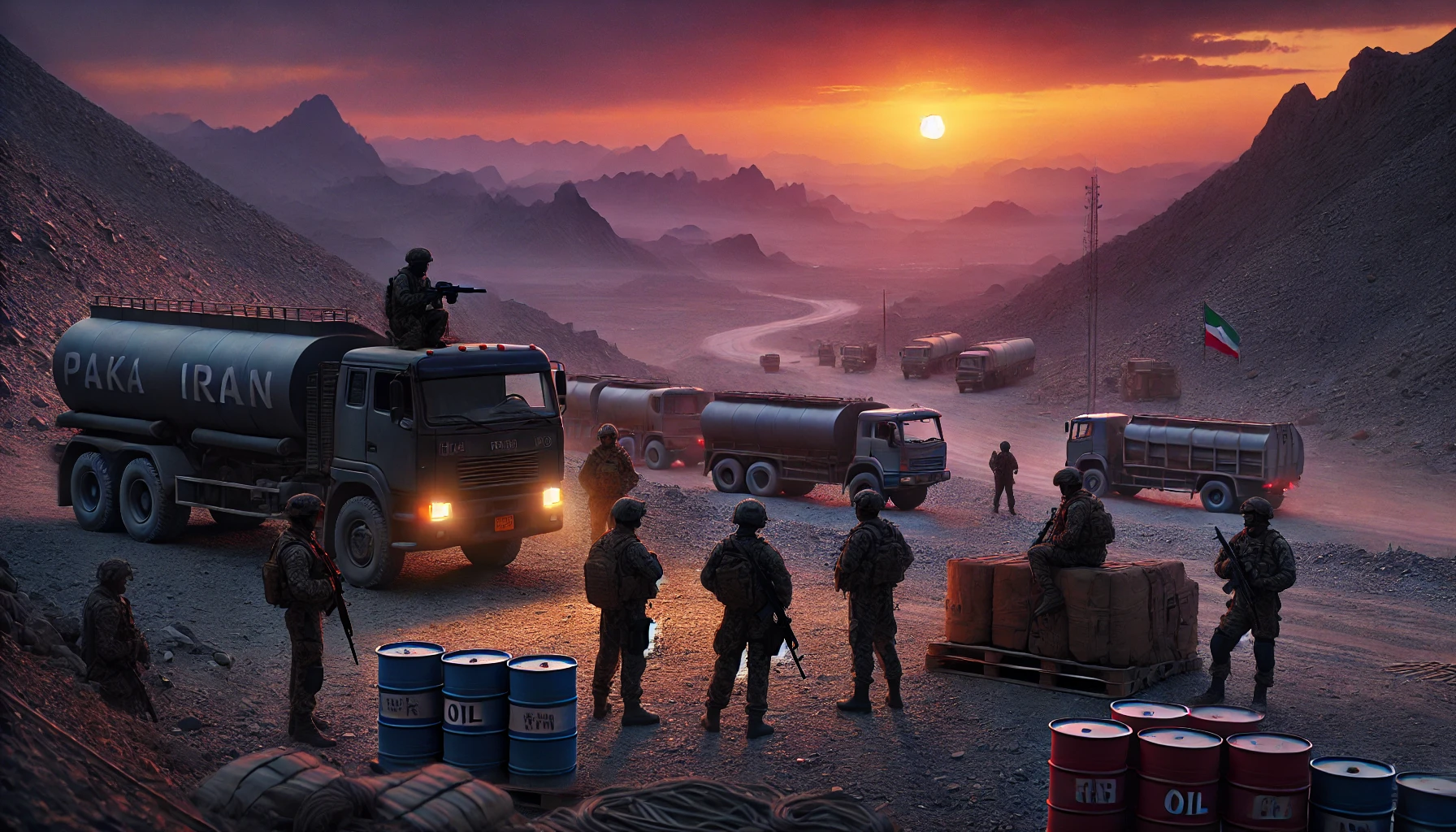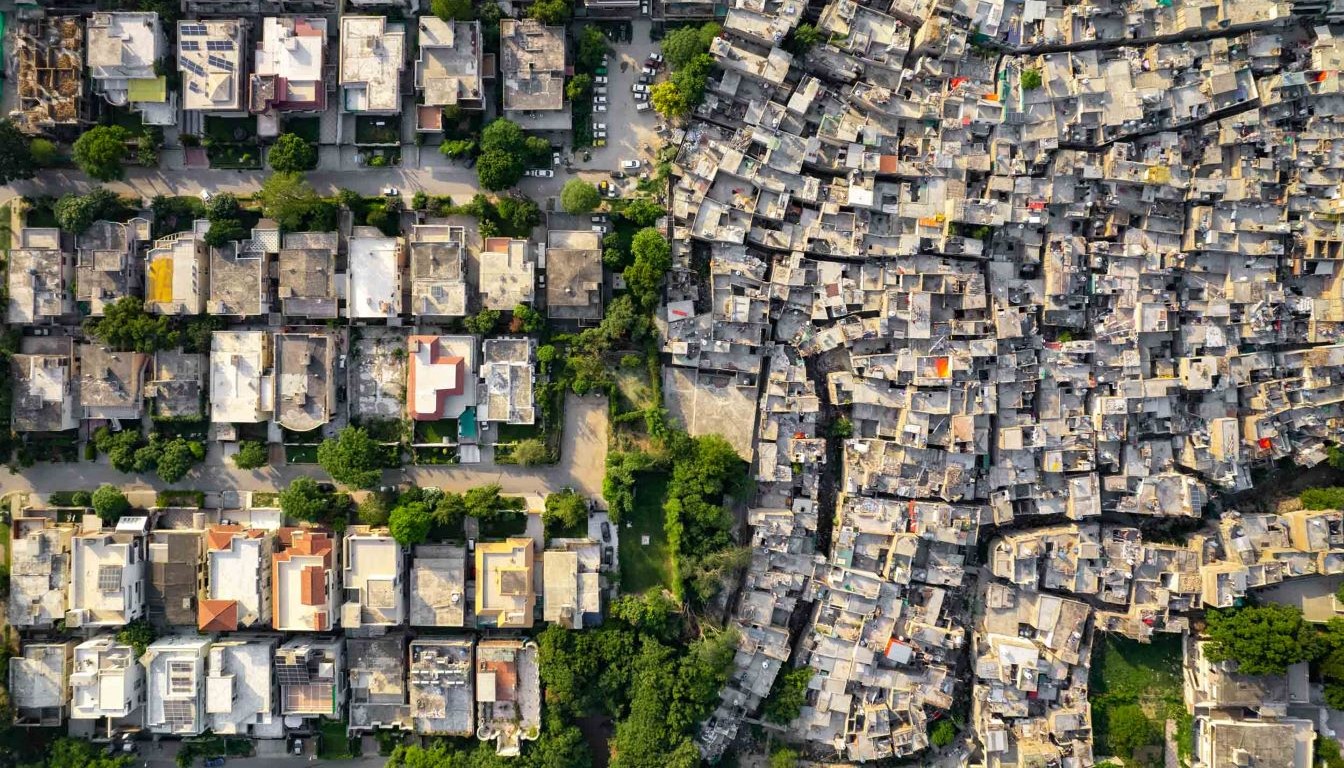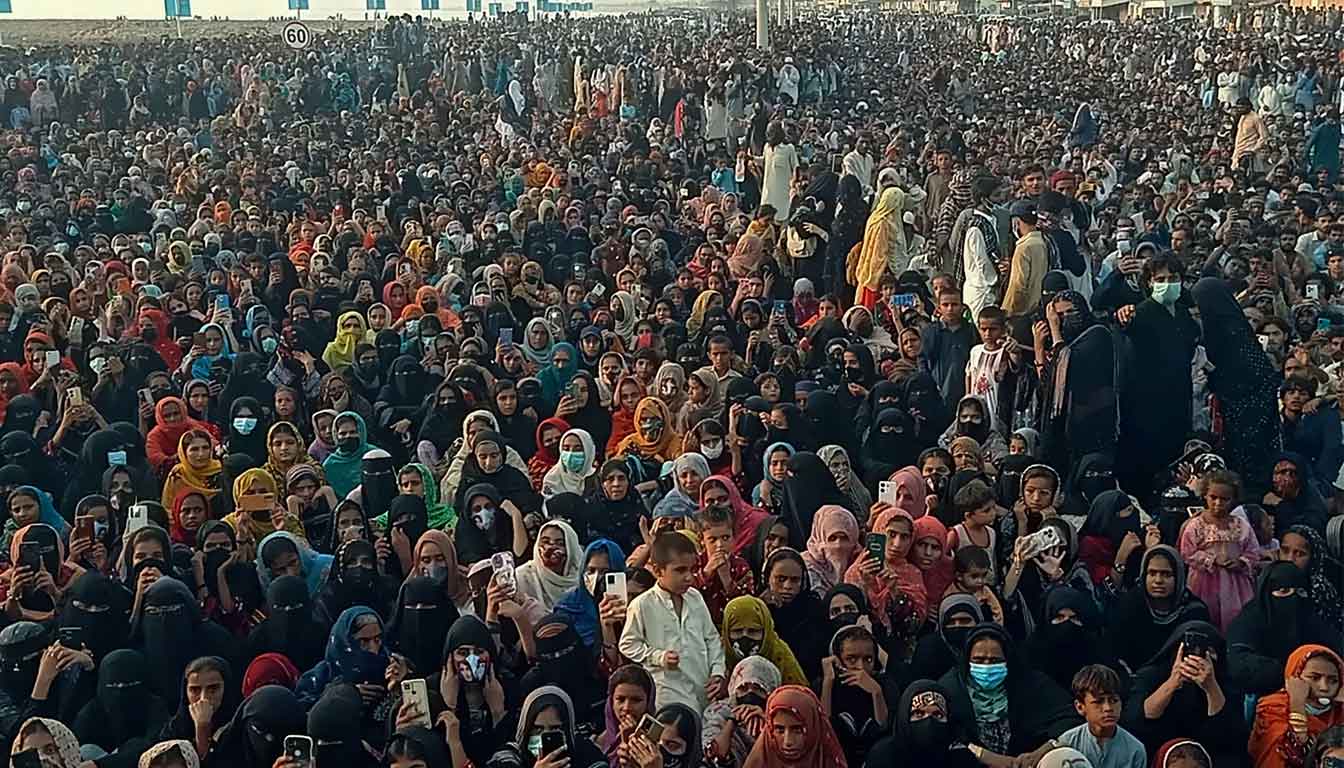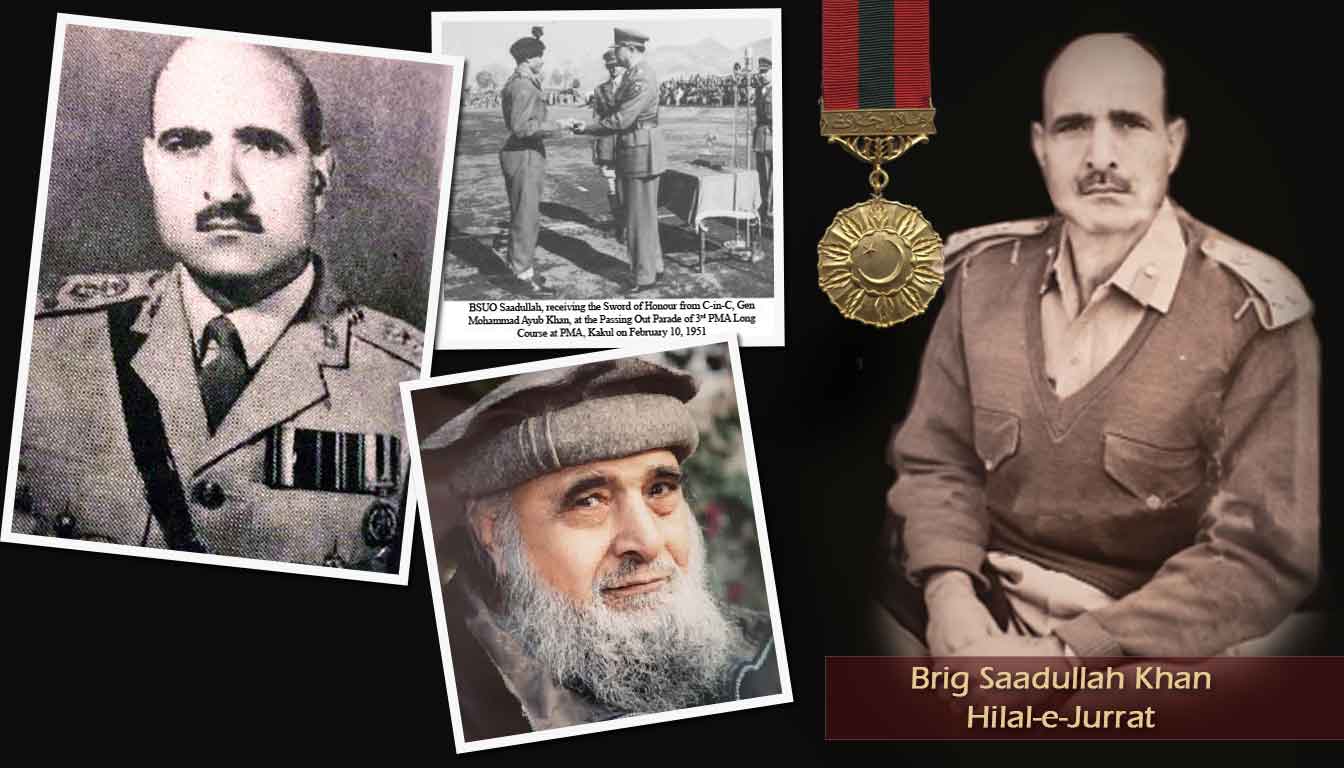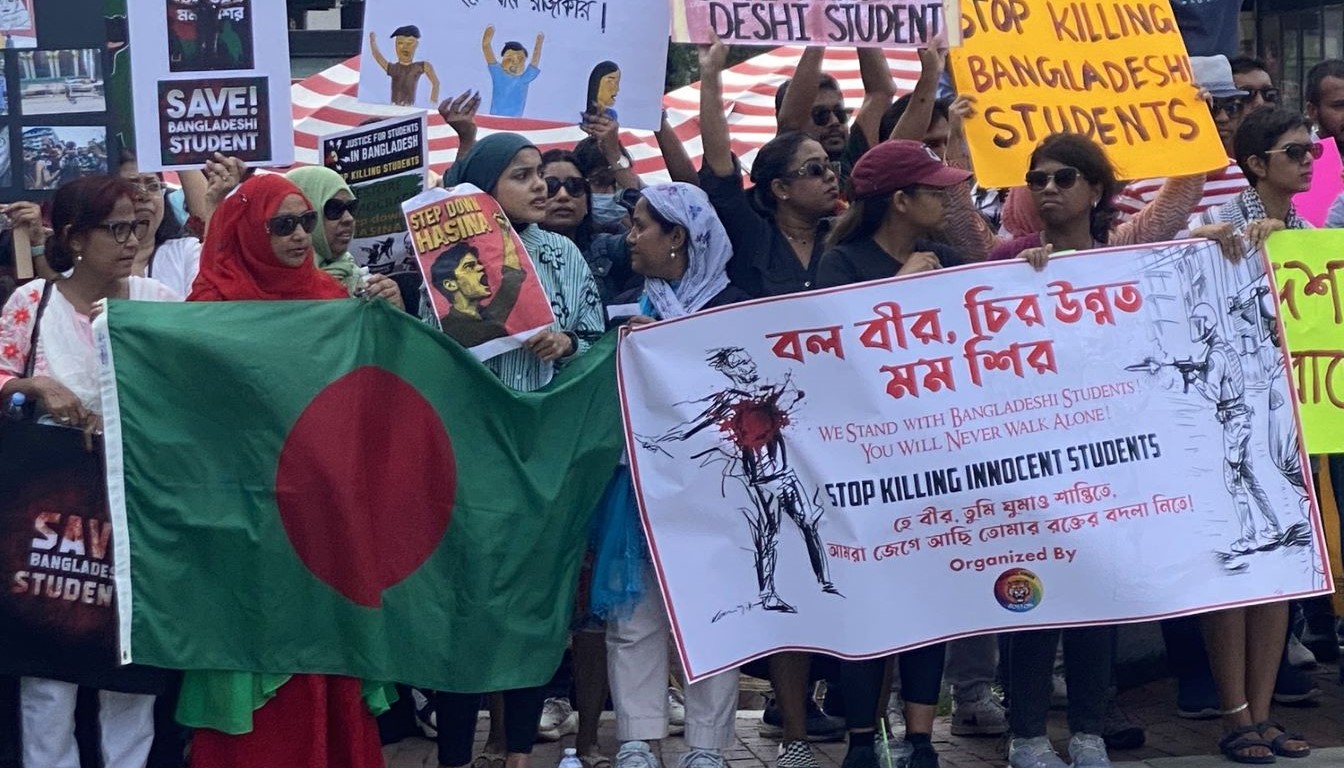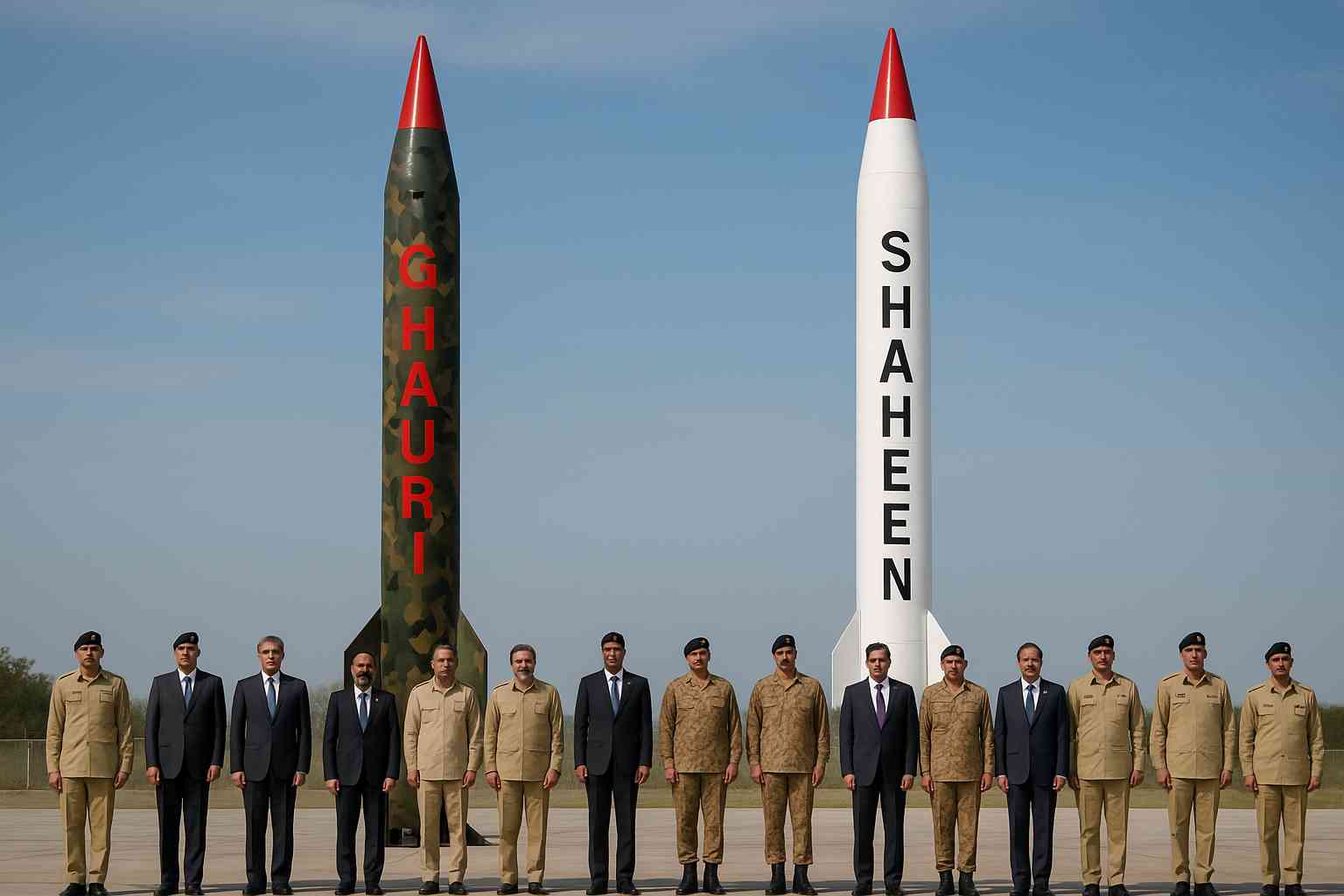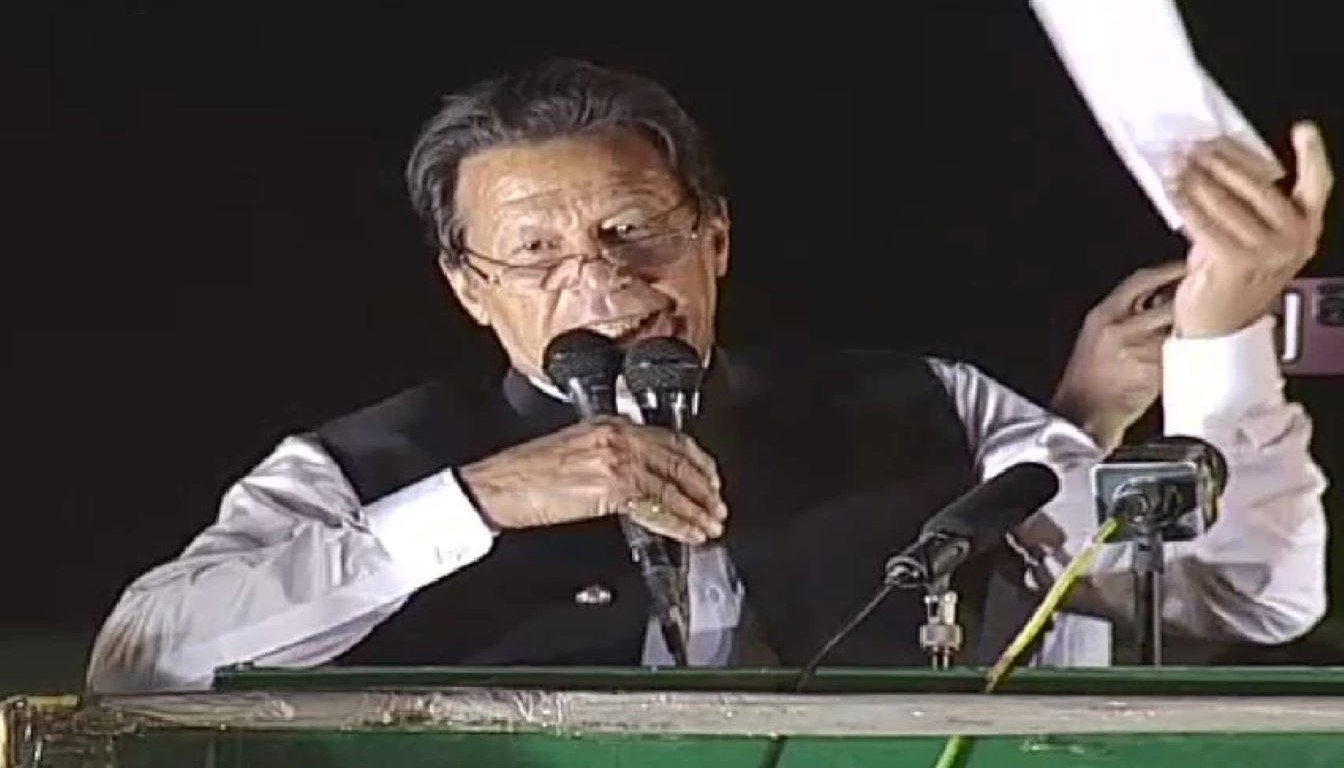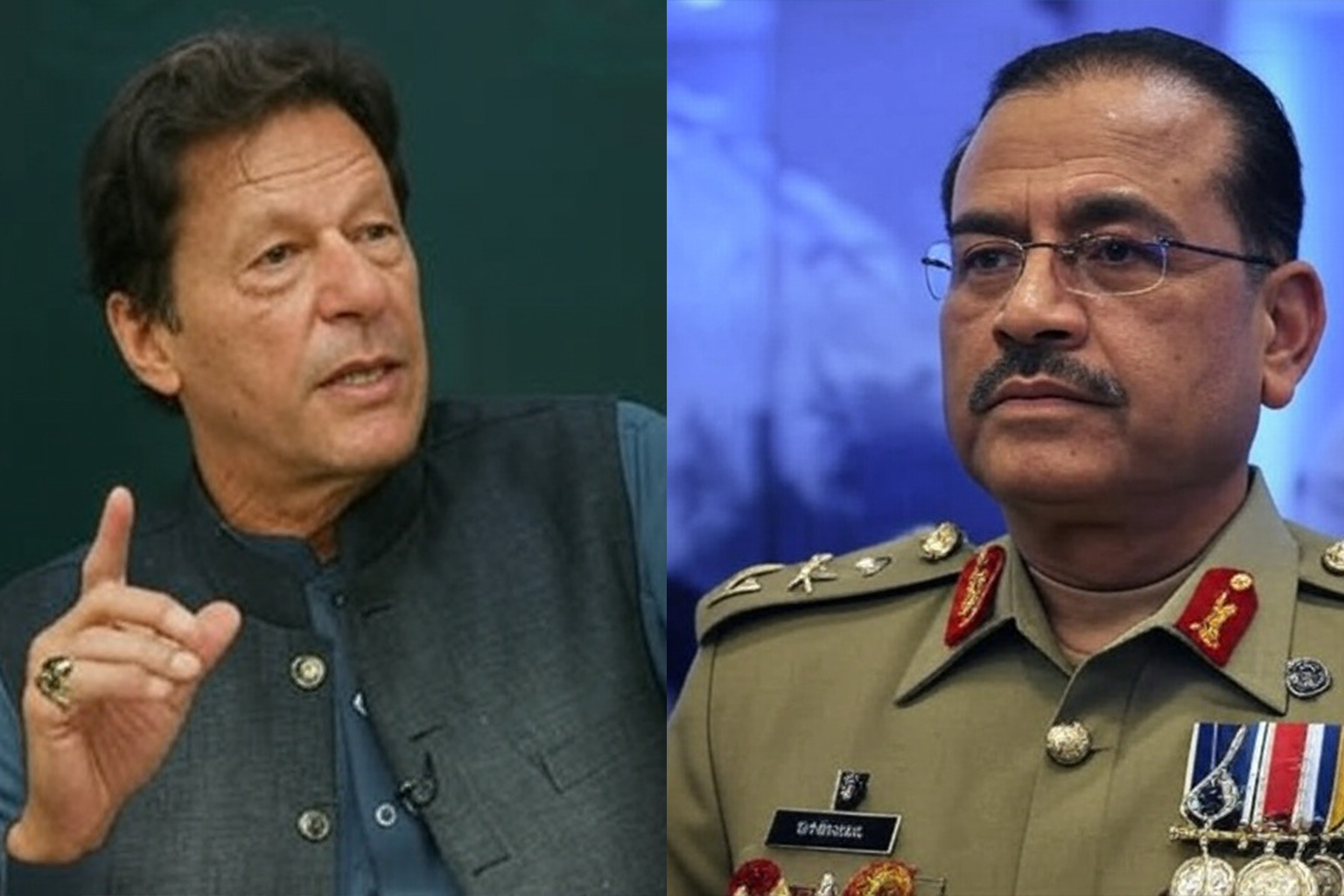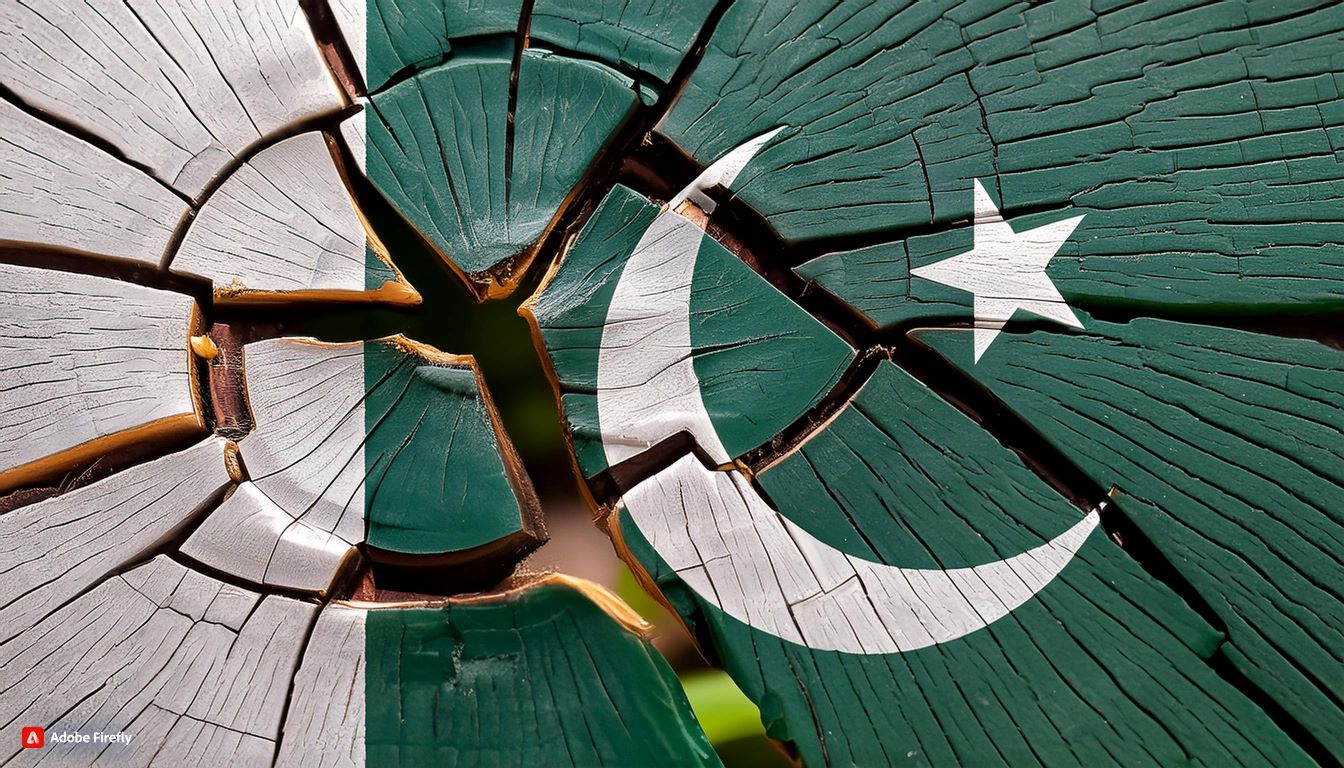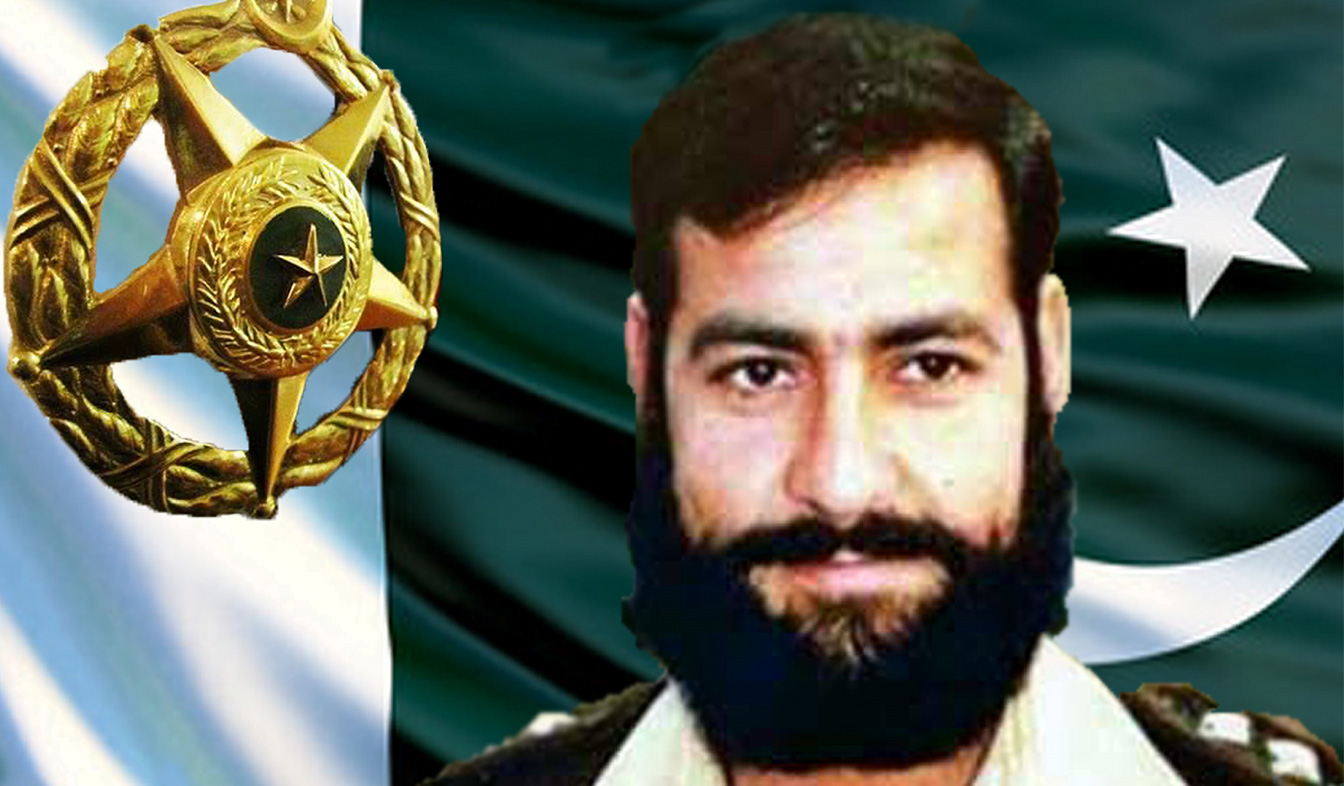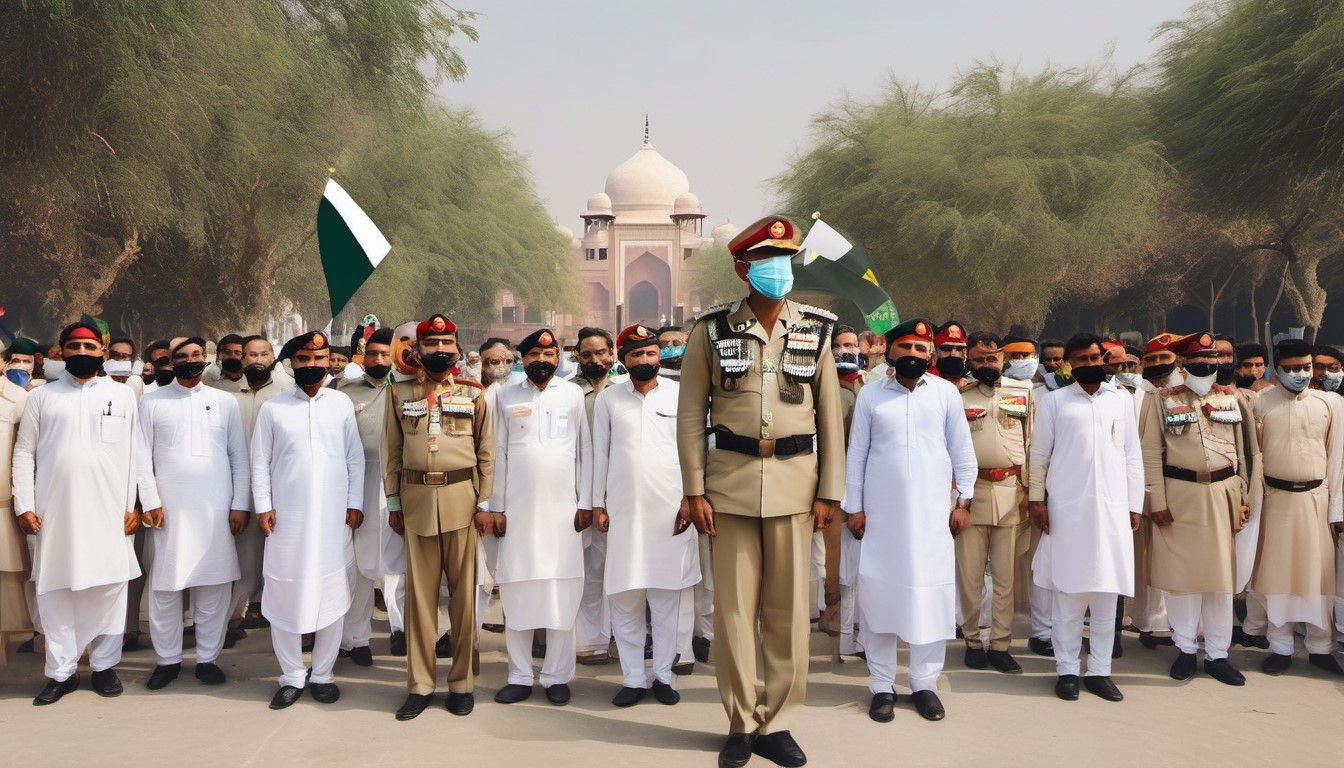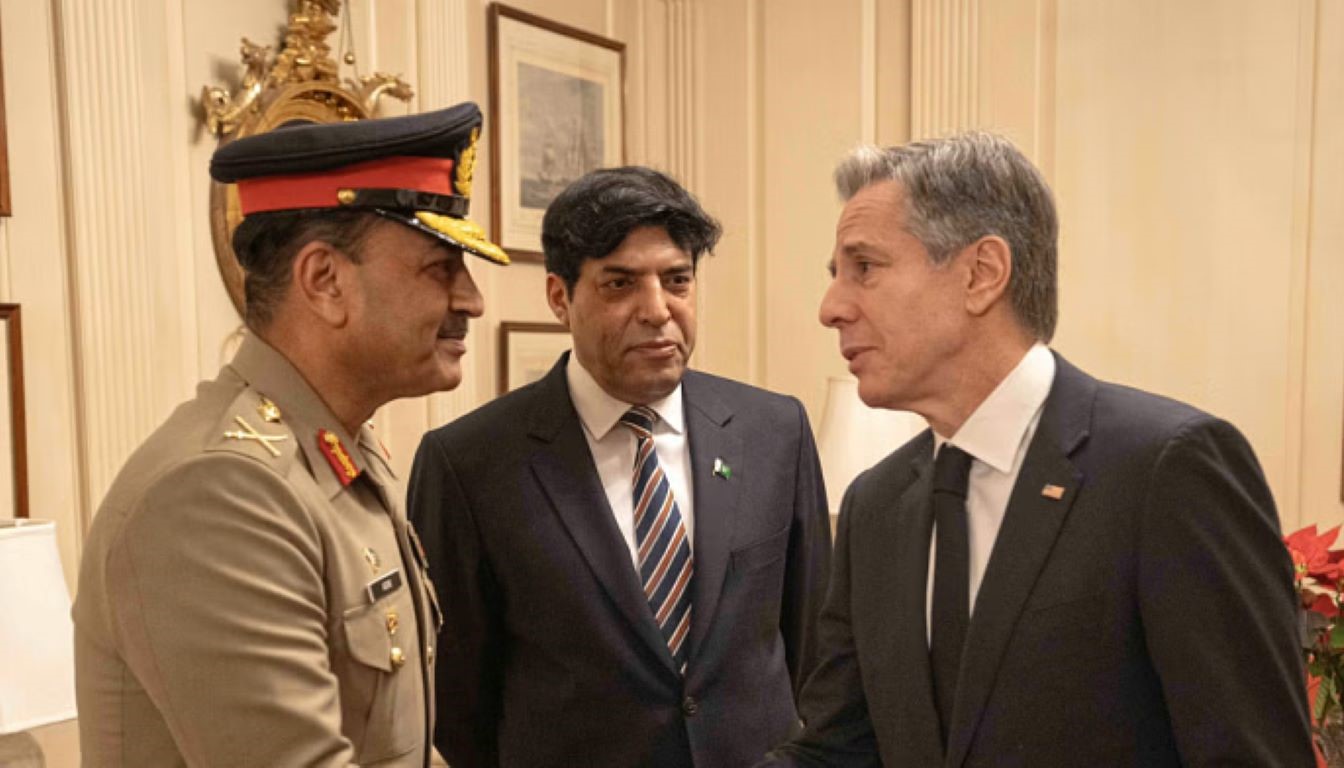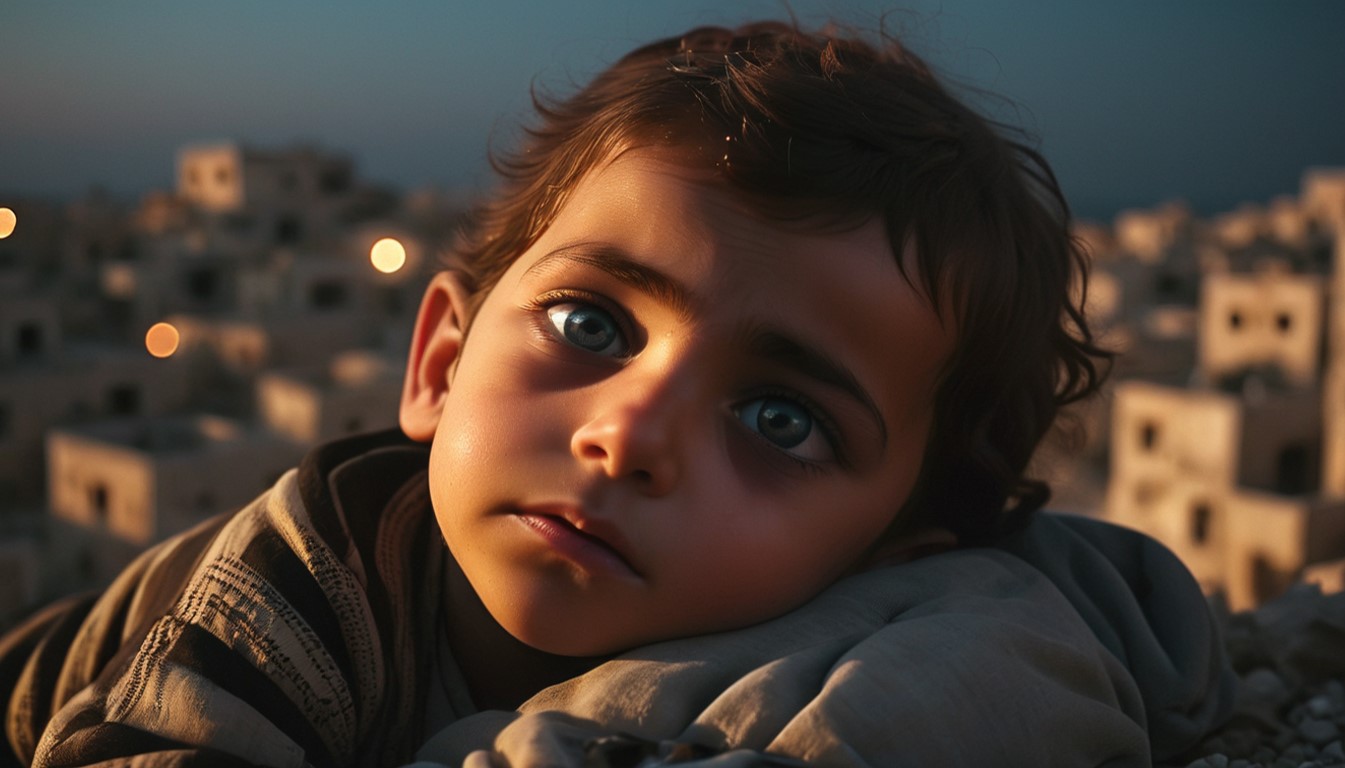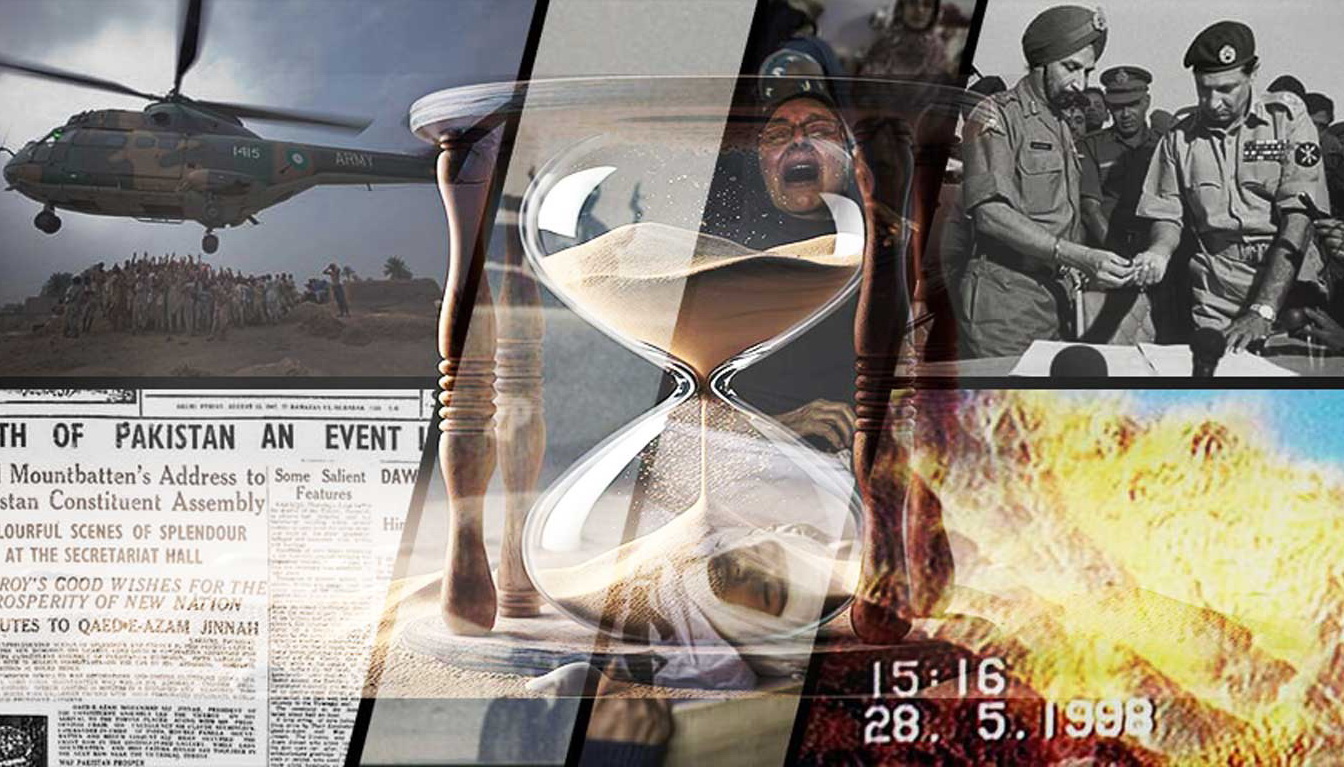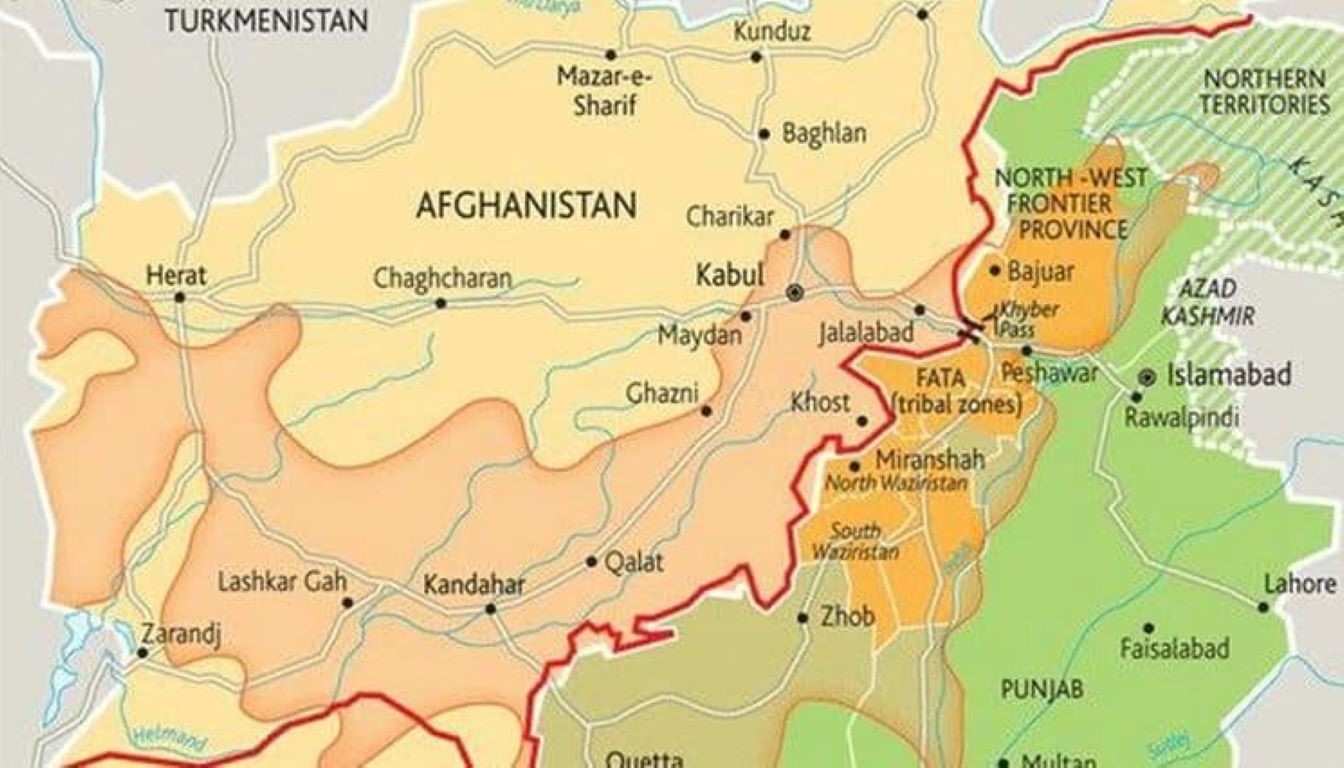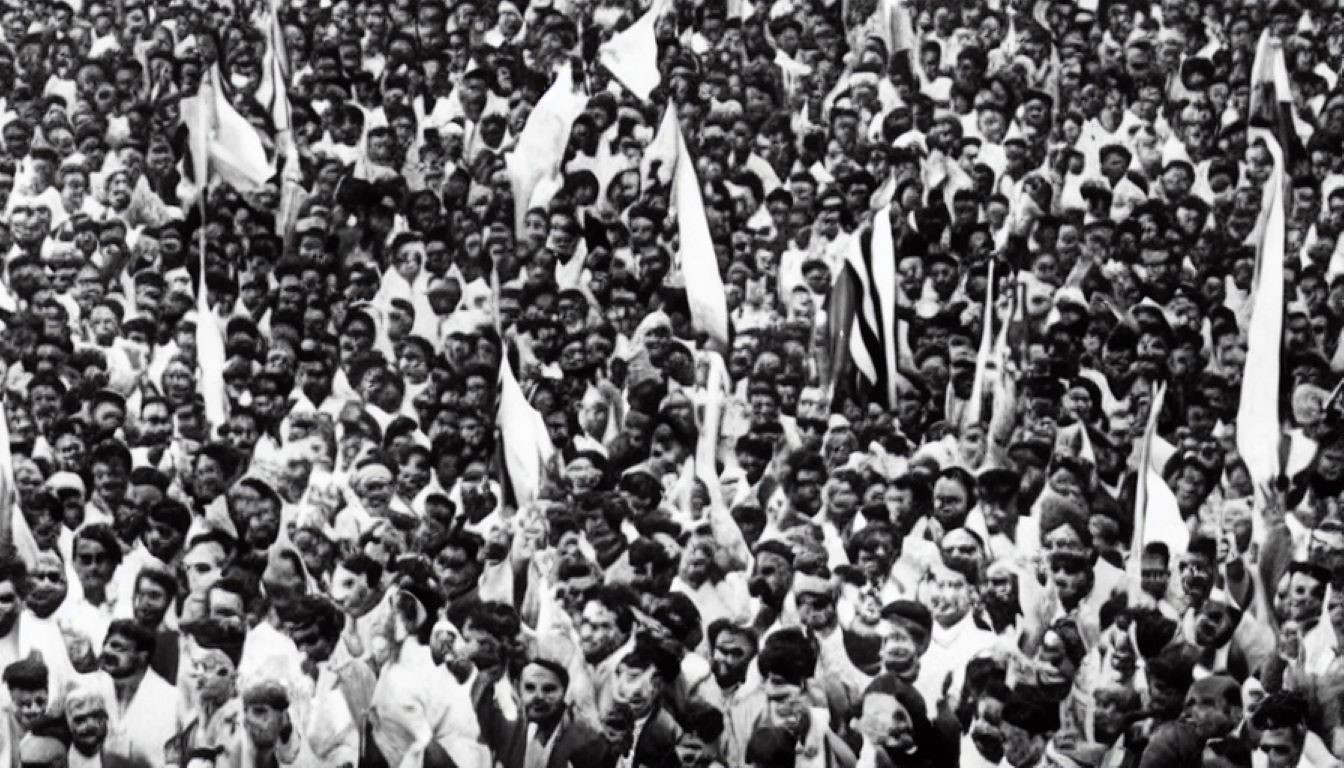When the first waves of political unrest broke out in April 2022, many believed Pakistan was on the verge of a people-led political awakening. The removal of Imran Khan ignited fierce loyalty within his base. PTI rallies were loud, dramatic, and defiant but they were also strangely familiar. The crowds, the slogans, even the anger, seemed to orbit the same nucleus, Imran Khan himself or the selection of ‘DAKU’ Parties and the hidden hand of military in it.
Over the past three years, PTI has poured its energy into street agitation with long marches, sit-ins, the Jail Bharo movement, and now, the August 5 protests. And yet, something essential has always been missing. Despite all the momentum, the party has struggled to turn its protest campaigns into national movements. Outside of its own loyalists, PTI has failed to mobilize Pakistan’s silent majority.
That failure isn’t just tactical. It’s emotional.
The average Pakistani doesn’t live in the bubble of party slogans or X (formerly Twitter) trends. She lives in inflation. He survives through unemployment. Most people don’t attend rallies because they feel forgotten by everyone in power, past, present, or future. They don’t see their peers from their own sector and offices in rallies or crows, but only PTI workers and loyalists. And if PTI wants to reach them, it needs to speak their language, not just its own.
The problem isn’t that people don’t care about Imran Khan. Many do. But caring about a leader and being willing to put your job, safety, or anonymity on the line are two very different things. The masses only join movements that reflect ‘their’ grievances, not just a idealogical losses, even if they are related to morality, law and its influence on potential future of the society. When protests become about personalities, they remain political theatre. When they become about people, they turn into revolutions.
There is also the question of internal coherence. PTI has spent more time fighting itself than the system it seeks to challenge. One faction plans a 90-day mobilization from Khyber Pakhtunkhwa, another wants a one-day surge from Punjab. Meanwhile, organizational machinery in urban Punjab where the party once reigned supreme has now largely gone cold. In protest politics, confusion isn’t just inefficient. It’s fatal.
And then there’s the fear – real, immediate, and growing. State repression is no longer subtle. A militarized security appratus, digital surveillance, preemptive arrests, and a shrinking media space all loom over this movement. Yet movements survive not by avoiding repression, but by preparing for it. PTI must train a generation of organizers and not influencers, not spokespeople but organizers who know how to mobilize quietly, persistently, effectively.
If this August 5 protest is to be different, it cannot look like the ones before it. It cannot be about just one man, one court verdict, or one province doing the heavy lifting. It must sound and feel like the anxieties of every Pakistani who can’t pay bills, who doesn’t believe their vote matters, who feels caught in a country moving backward.
Because if PTI doesn’t evolve, it will keep shouting into the same echo chamber, heard only by those already convinced, and ignored by everyone else who needed convincing.
The truth is hard, but not impossible: Imran Khan is still the most popular political figure in Pakistan. But popularity doesn’t win change – organization, empathy, and strategy do. And that is what’s missing.
The window is small, the stakes are high, and the clock is ticking. August 5 could be a turning point or just another déjà vu.
The Crowd That Never Grew: PTI’s Mobilisation Dilemma

